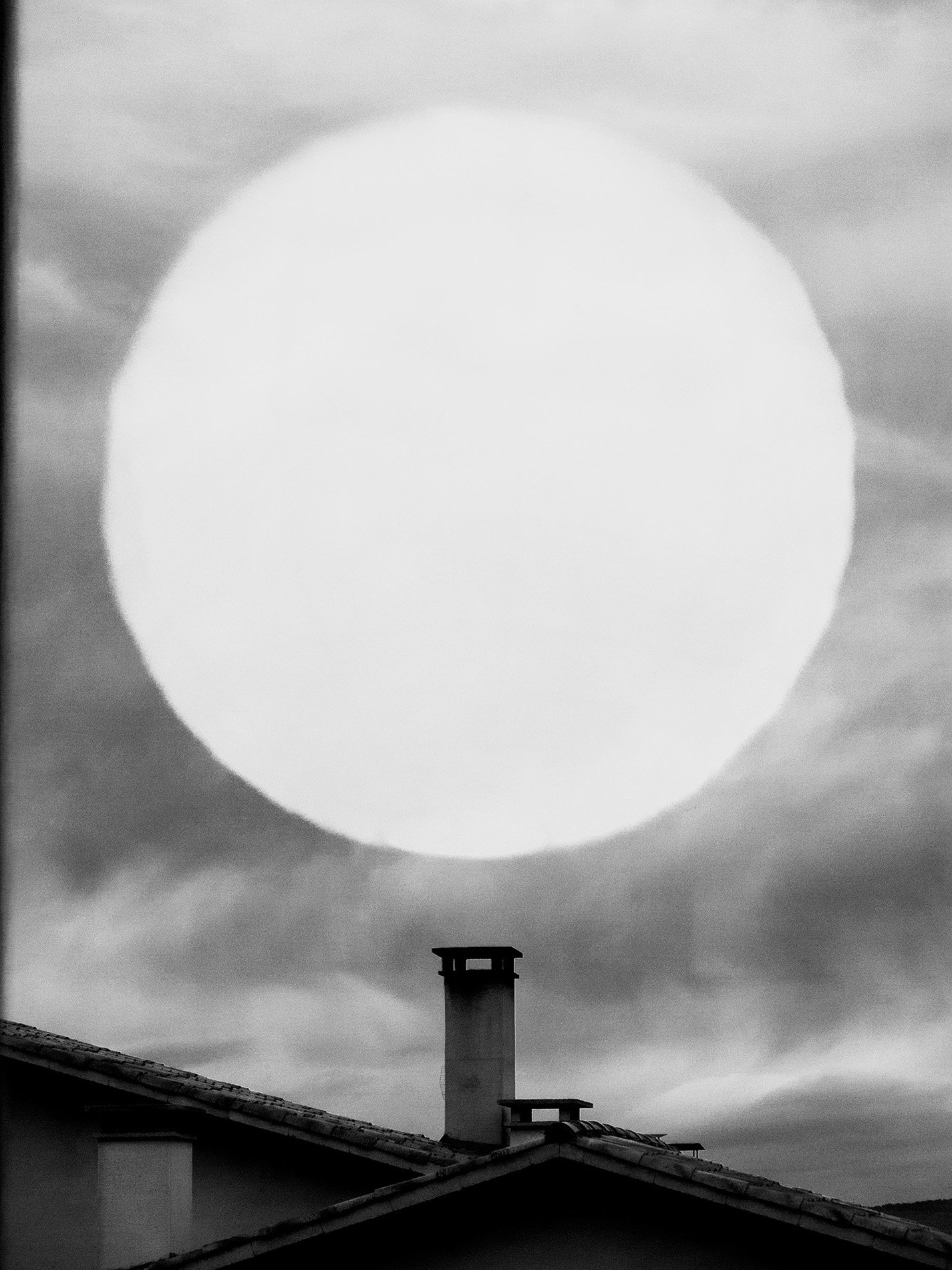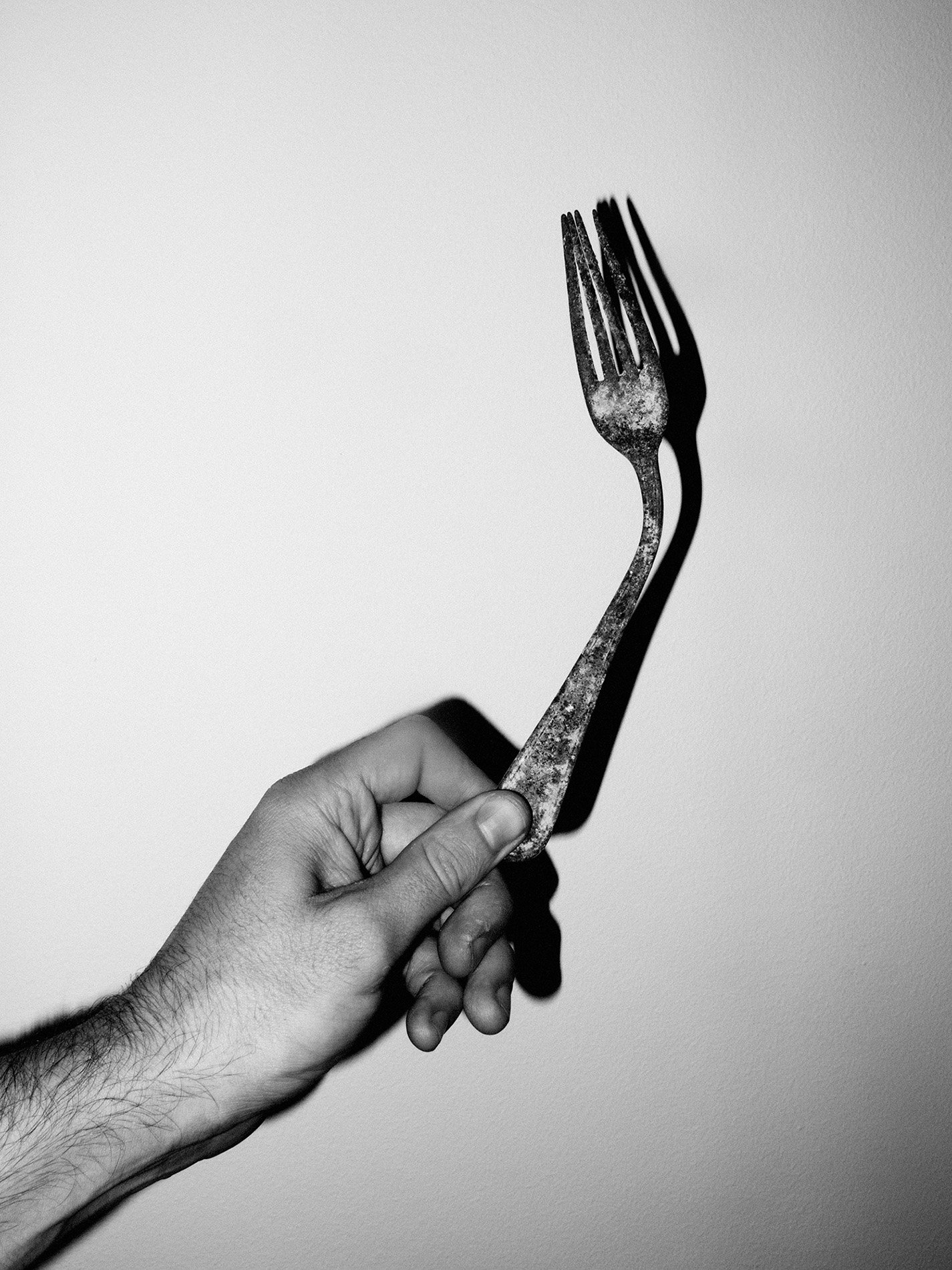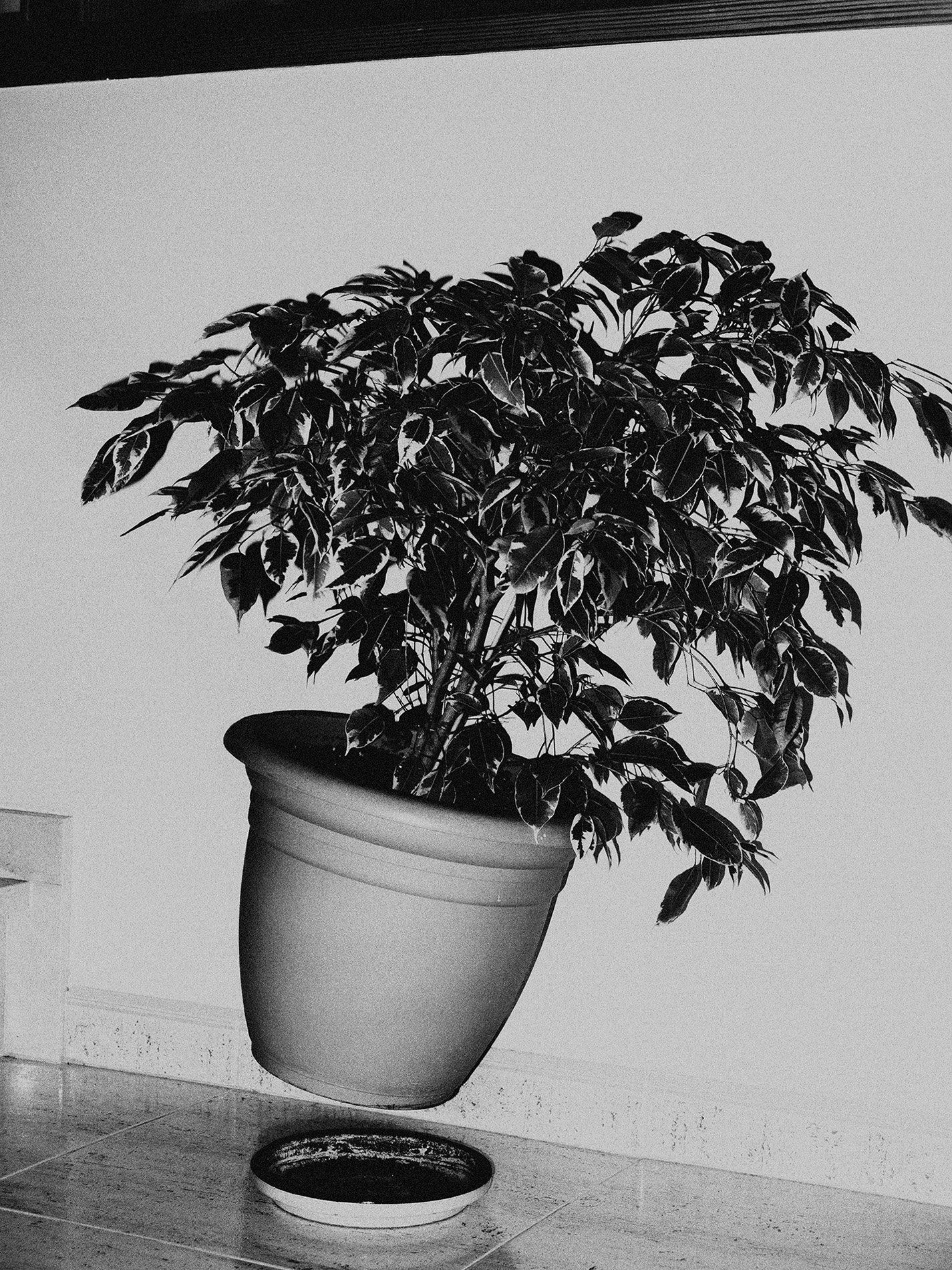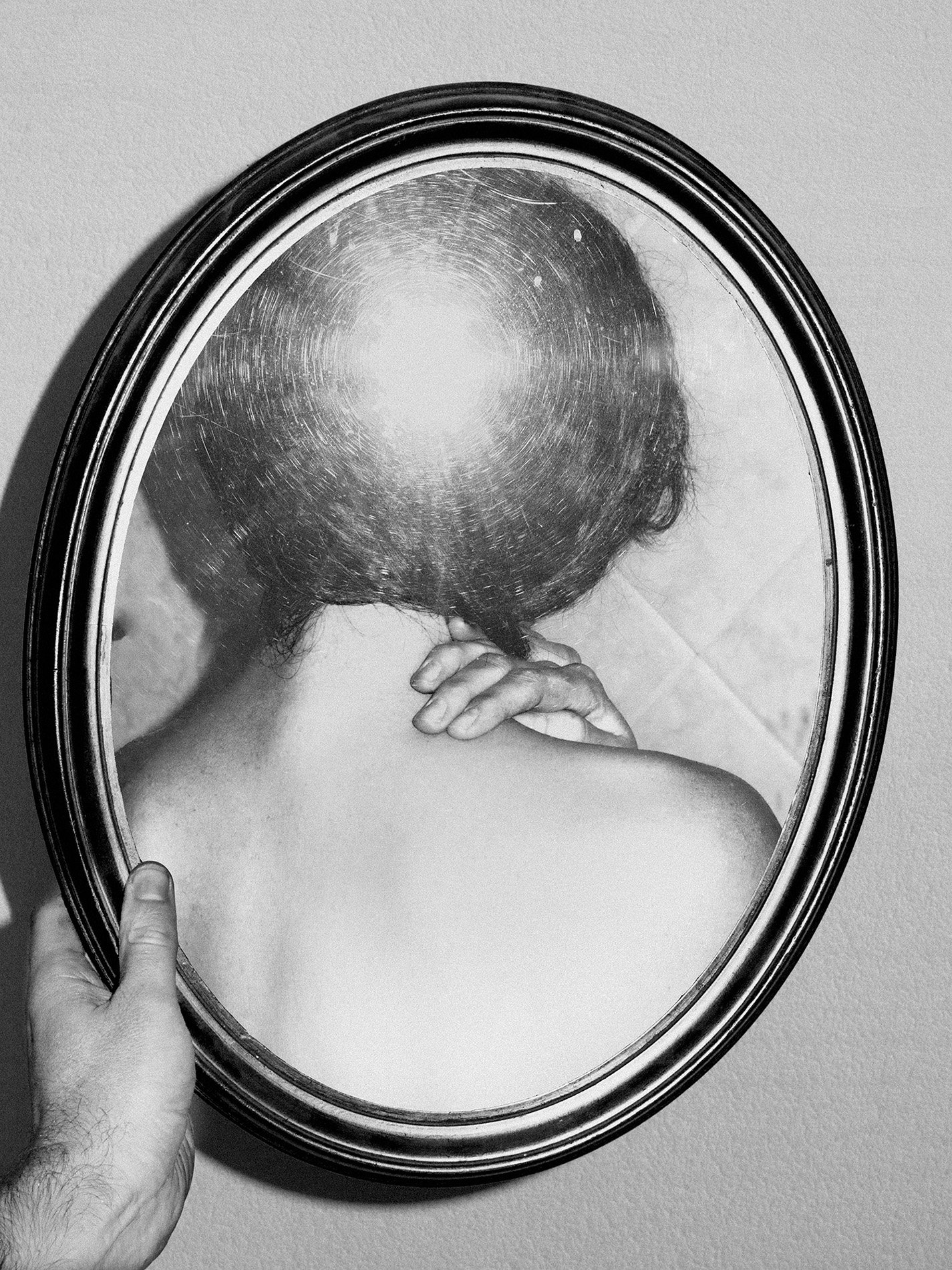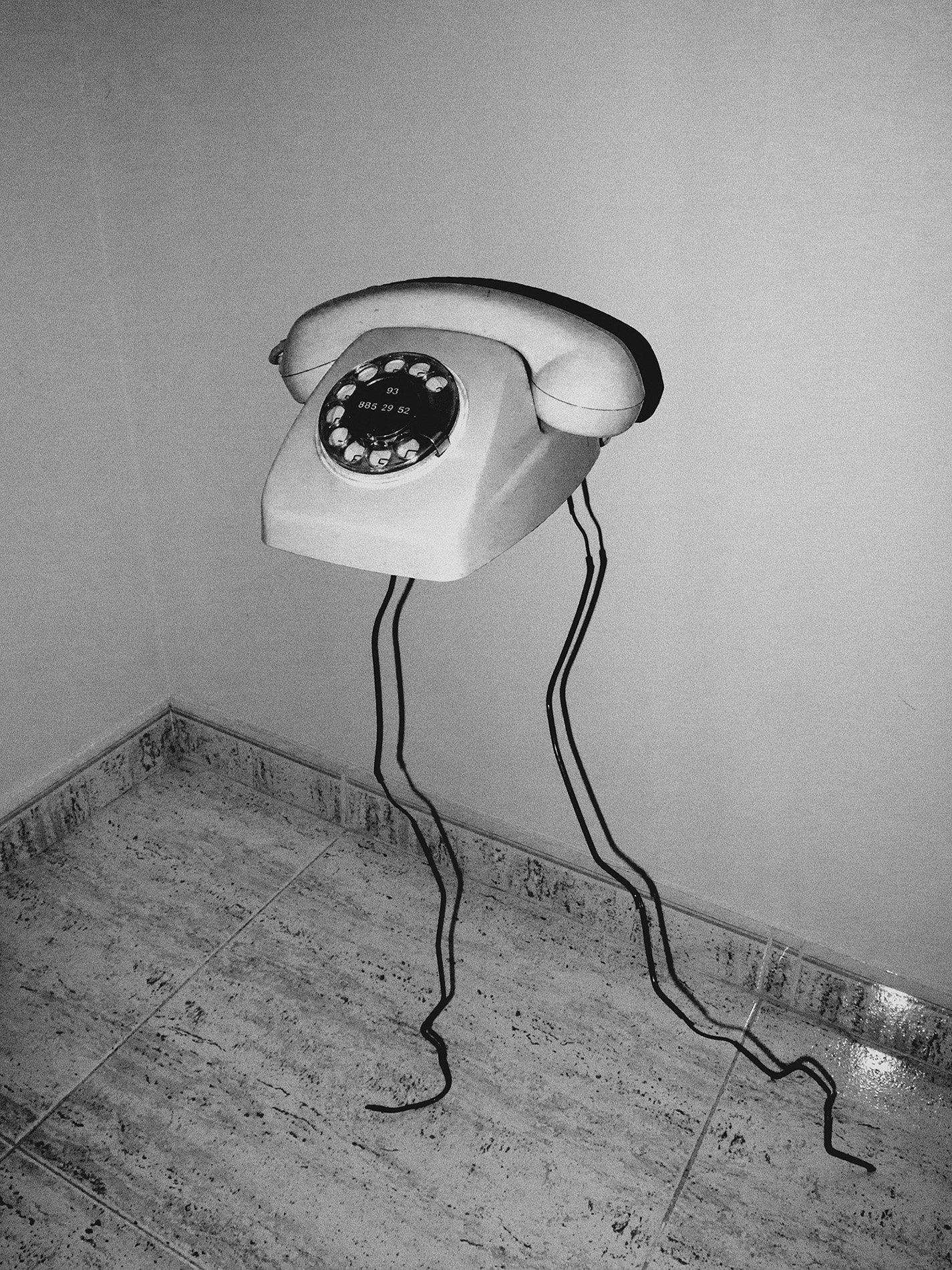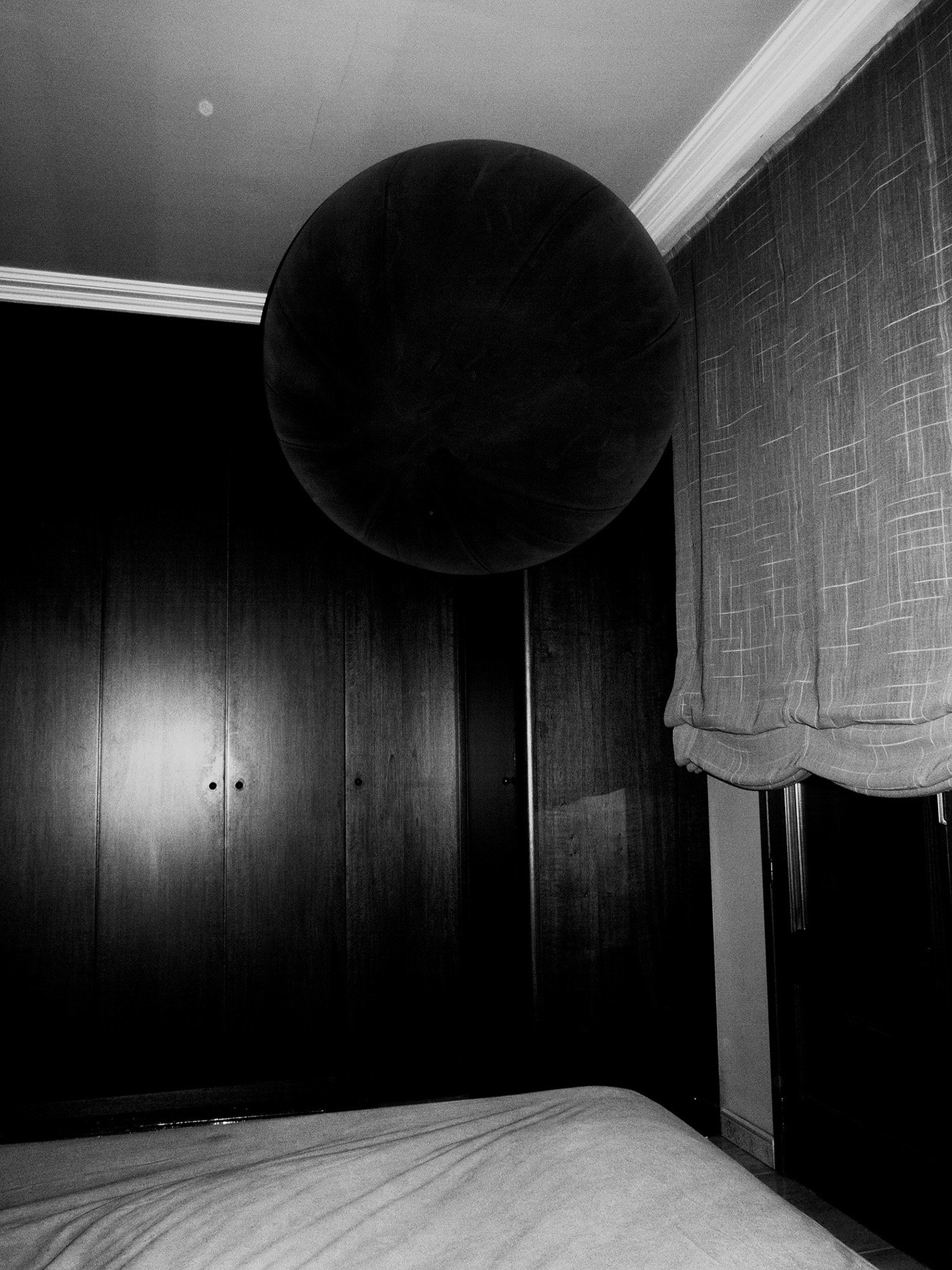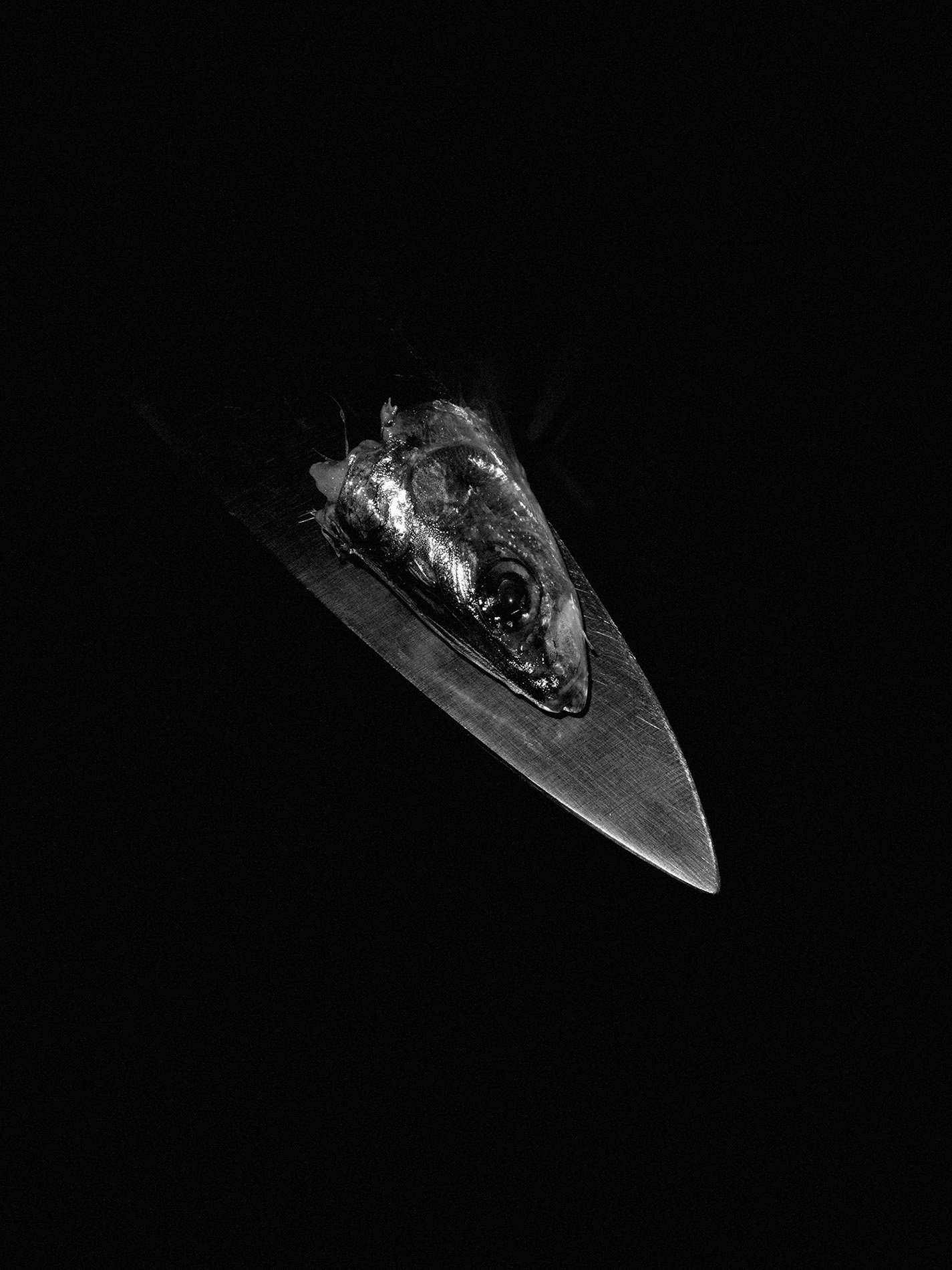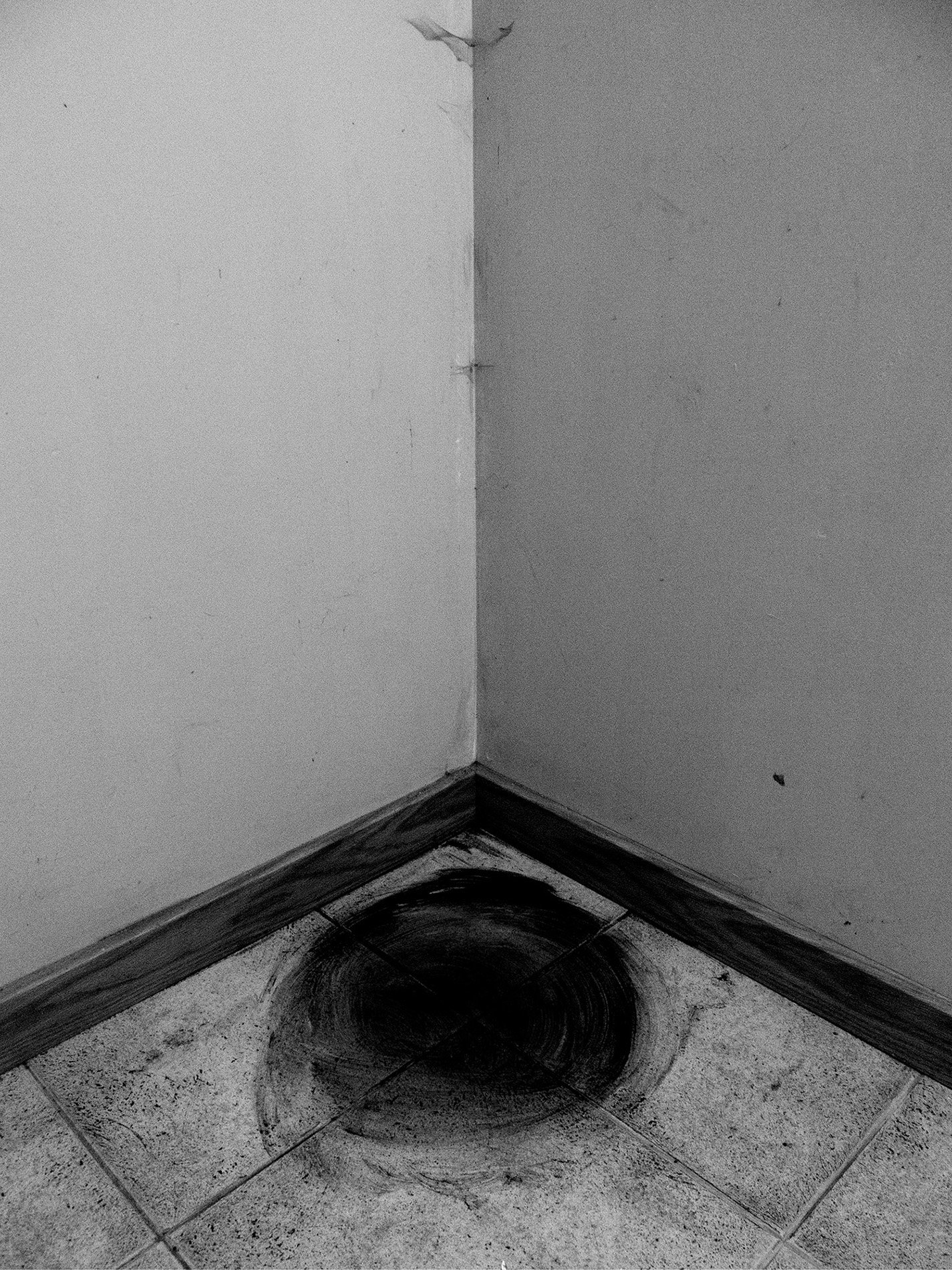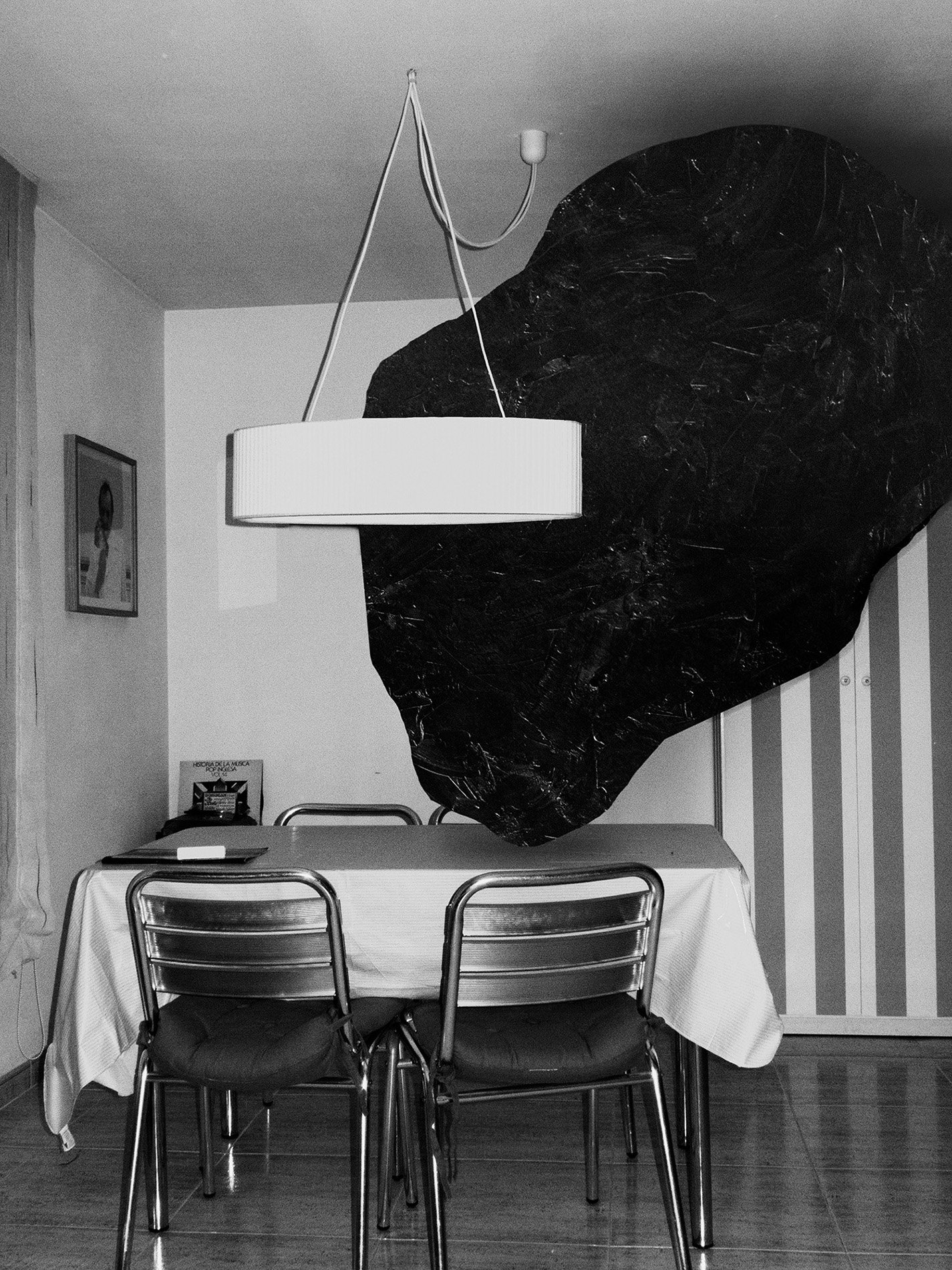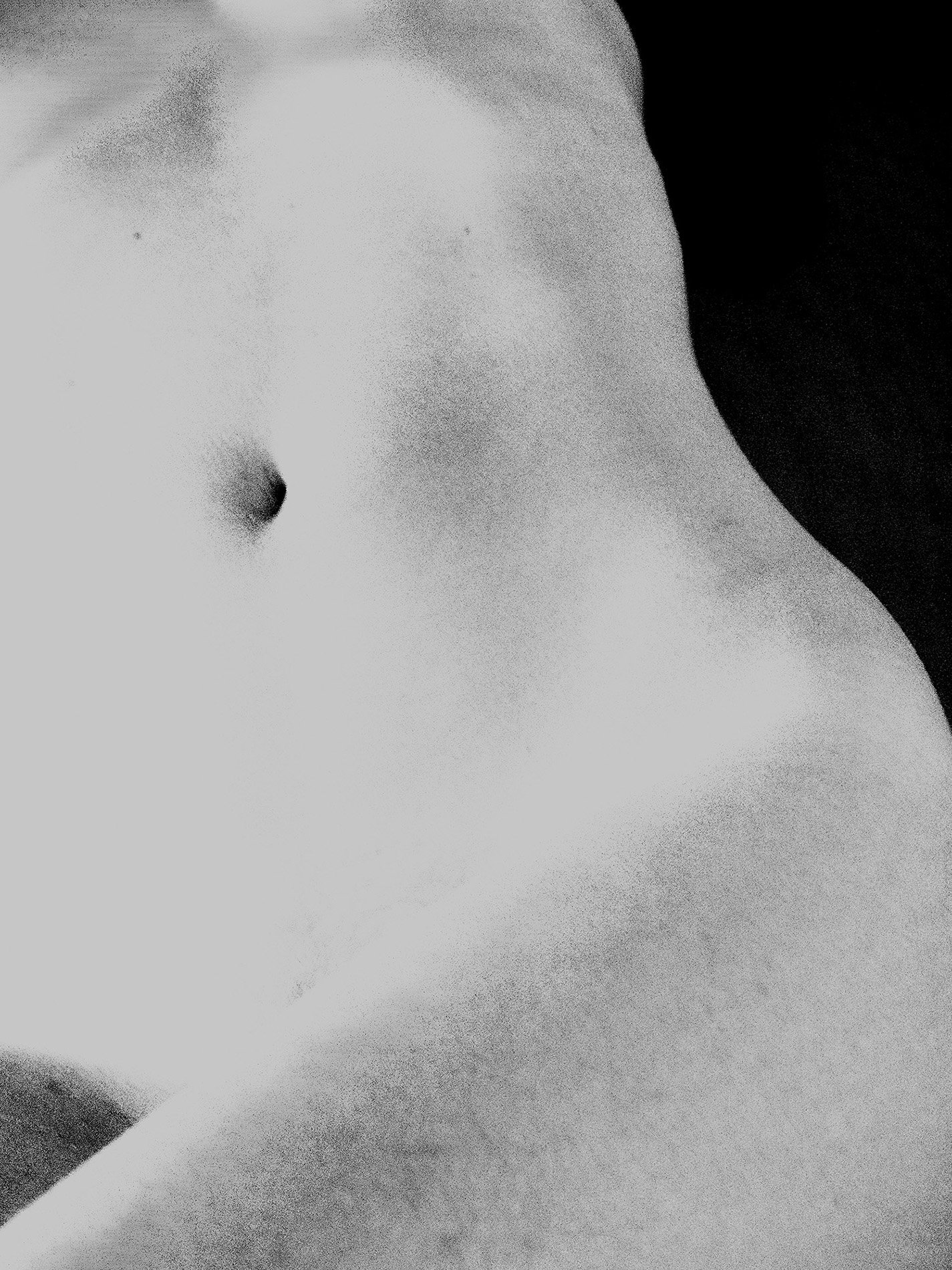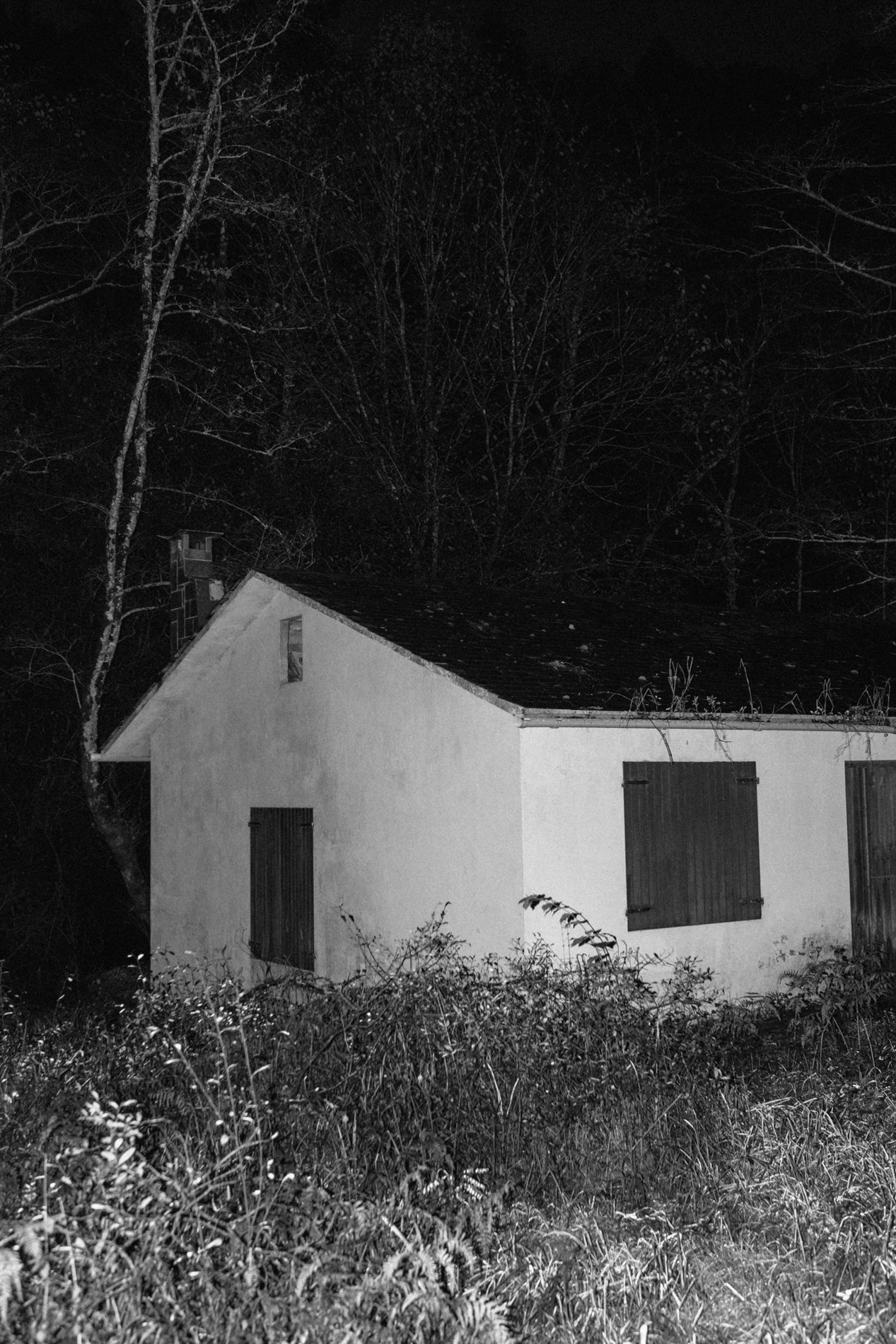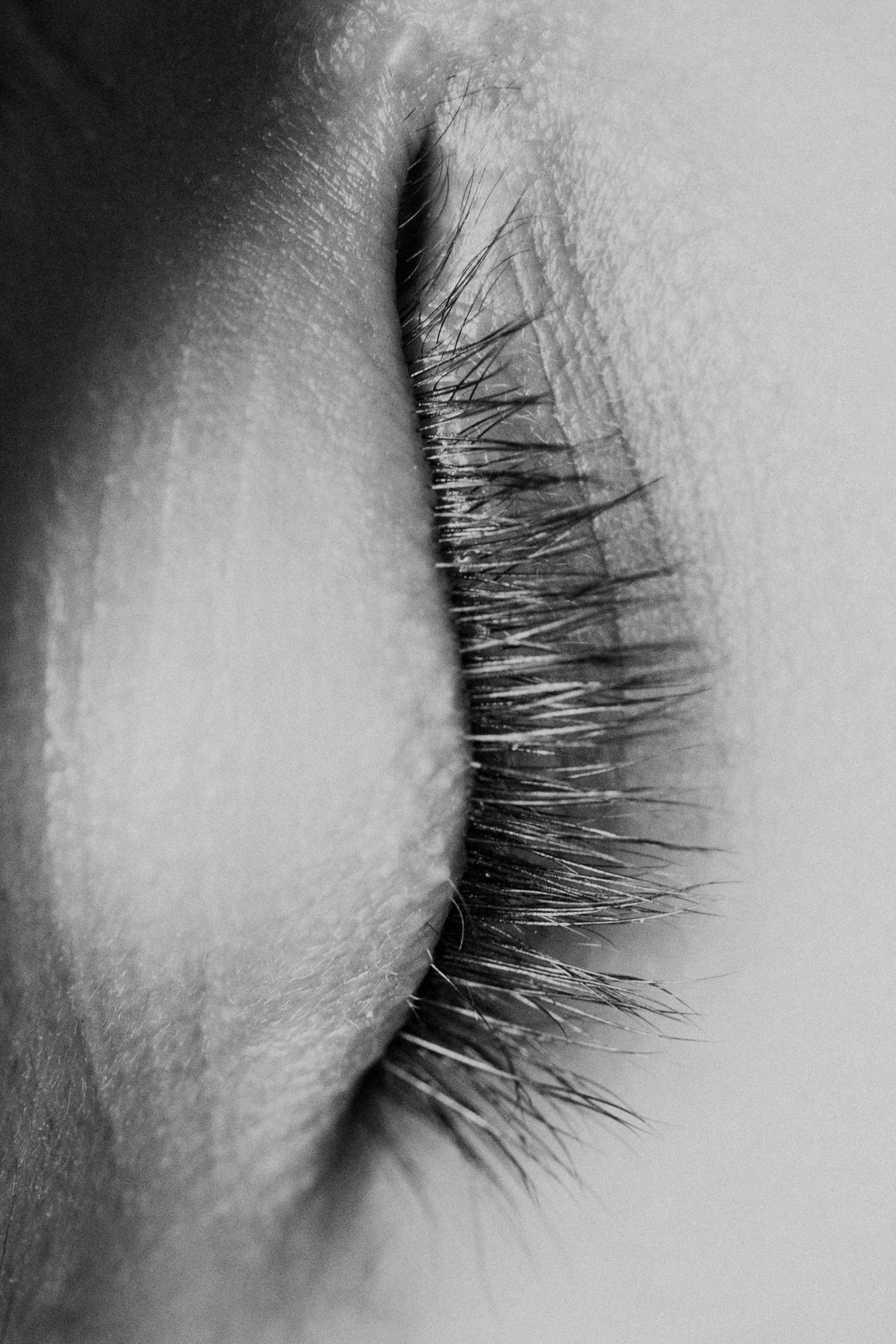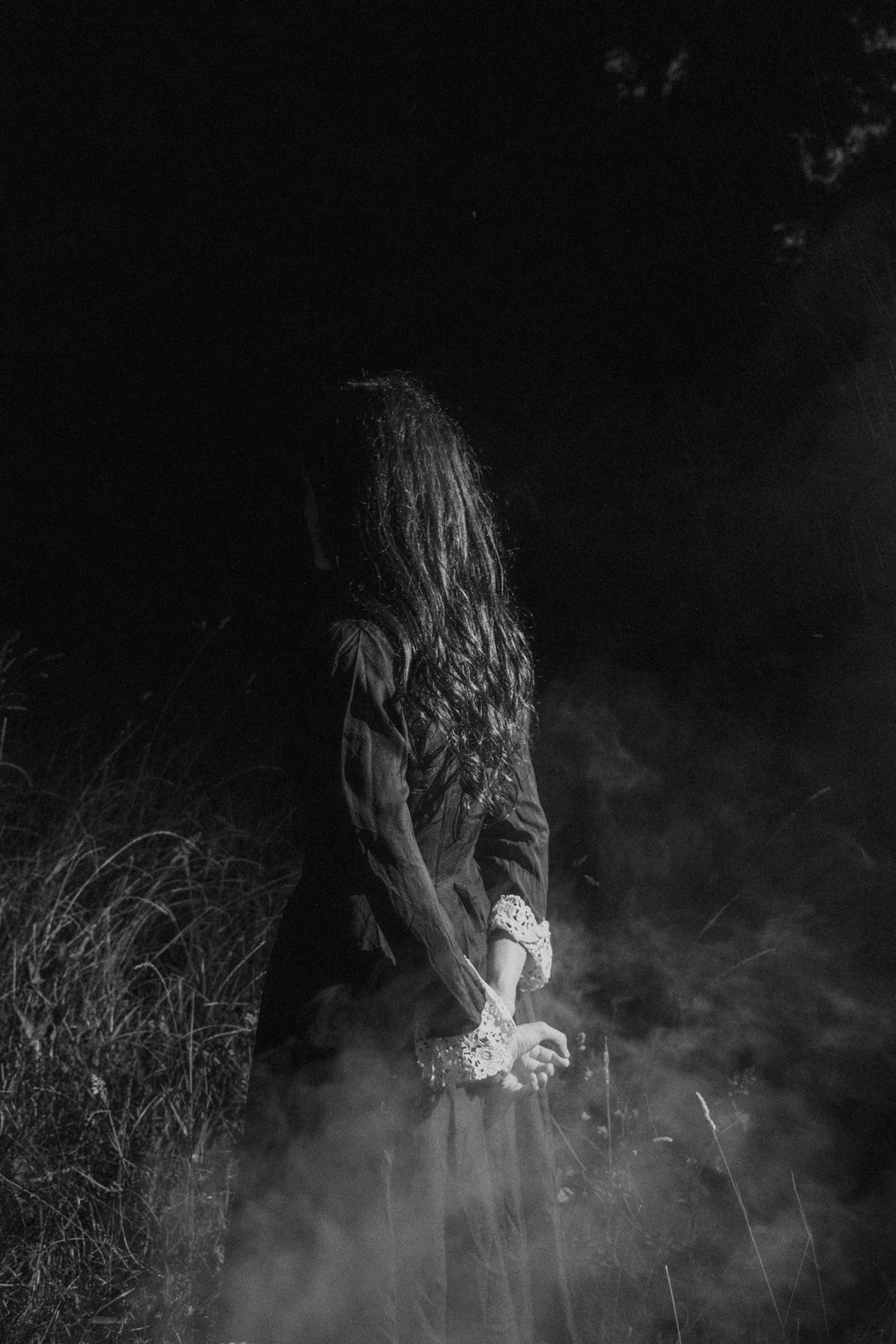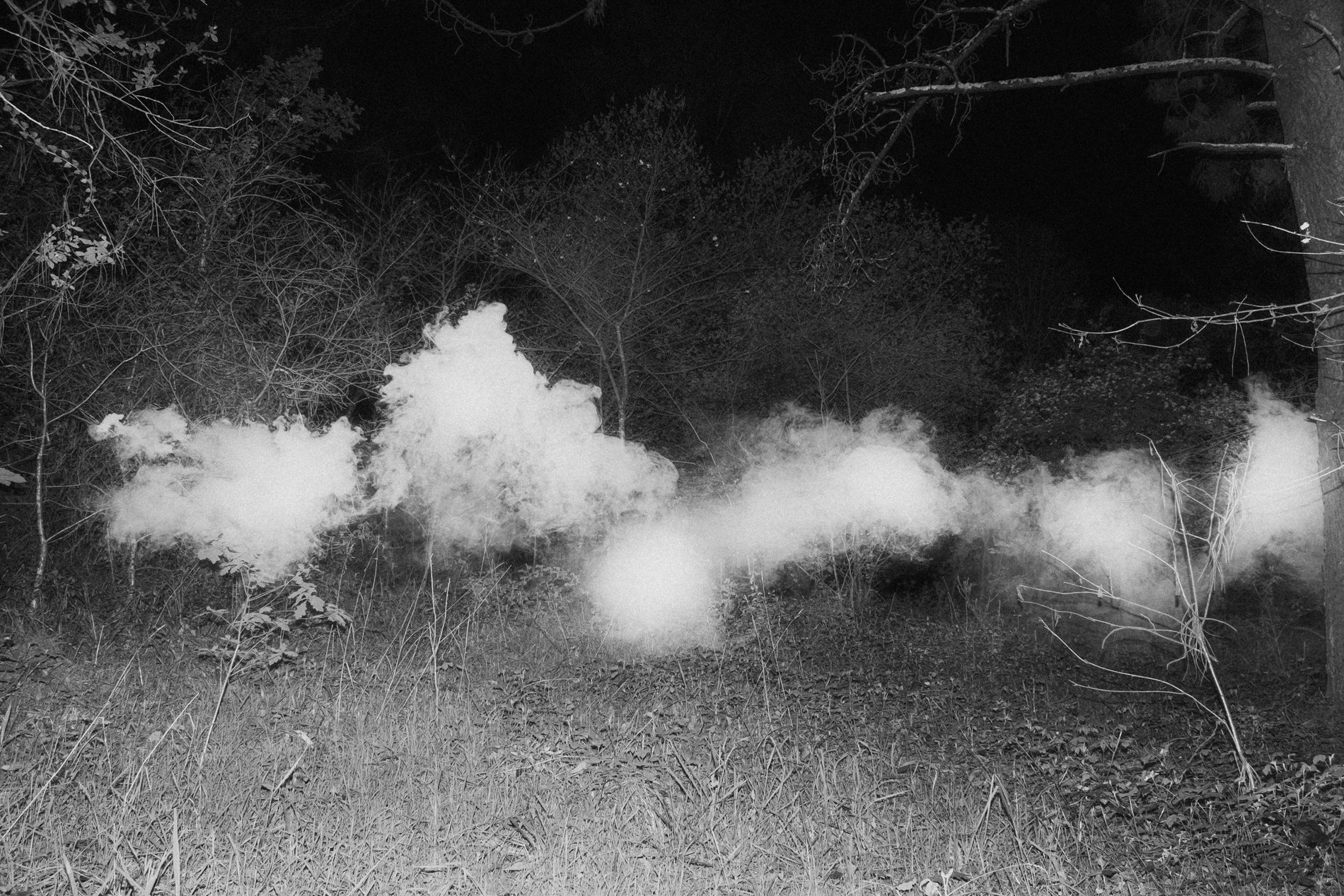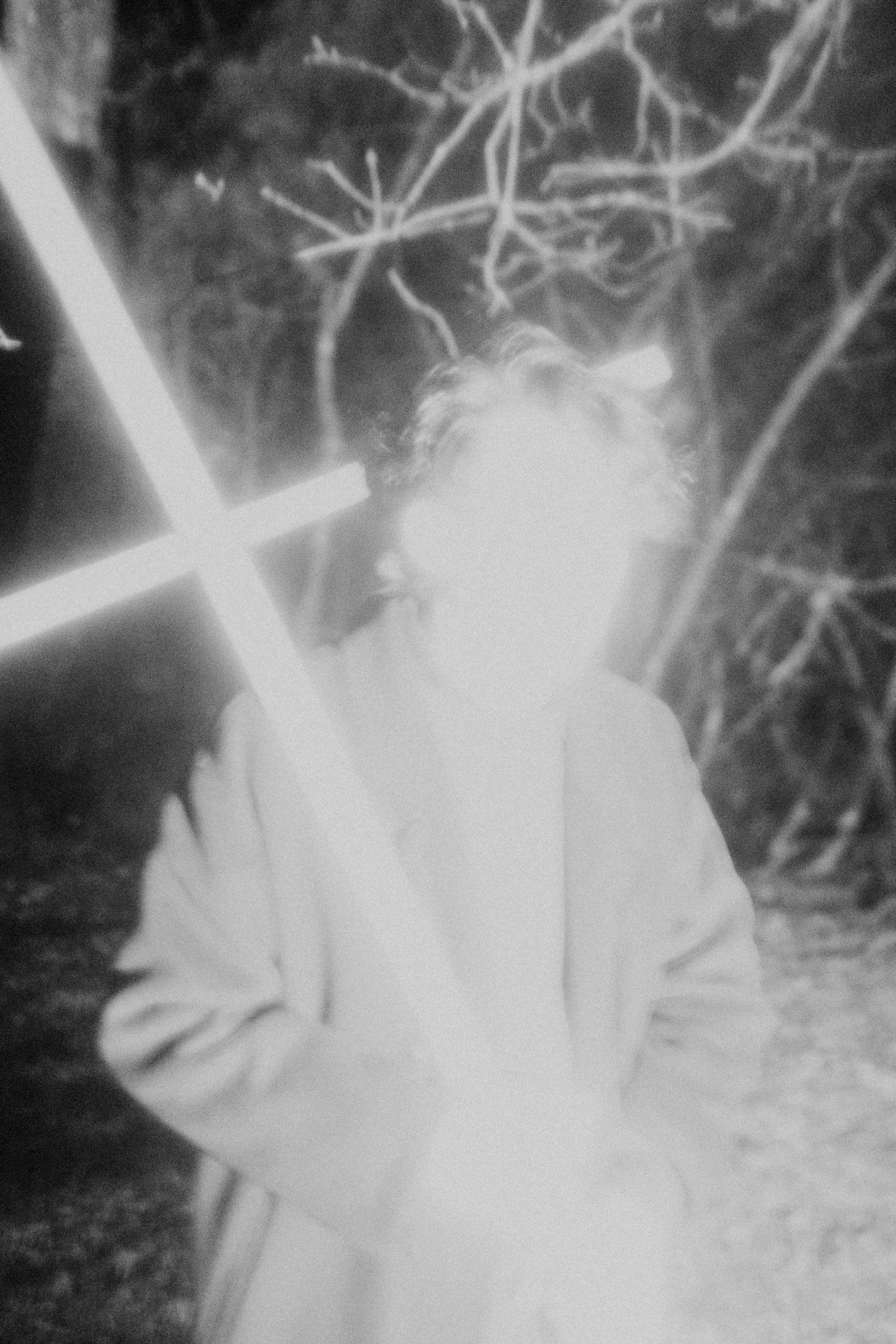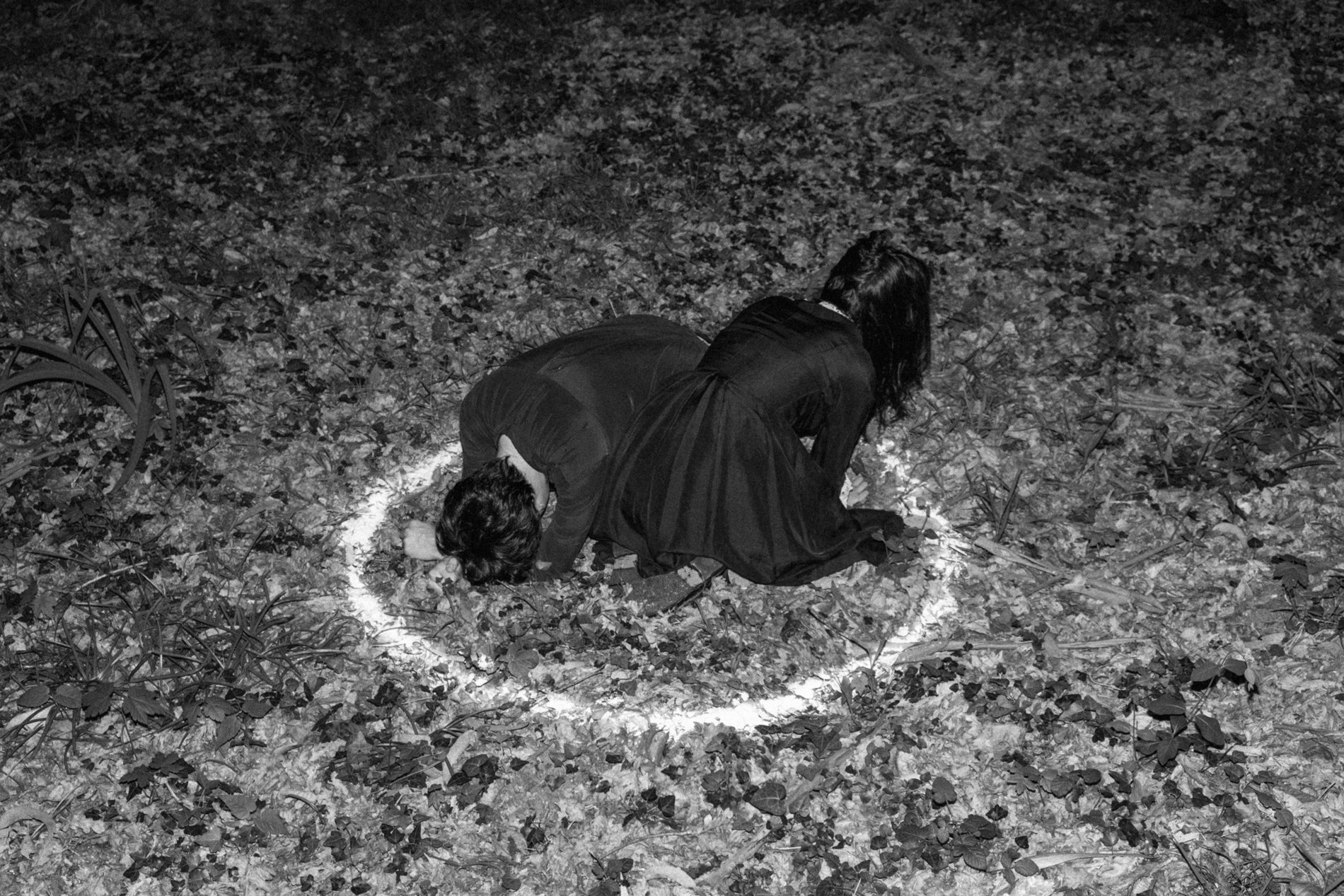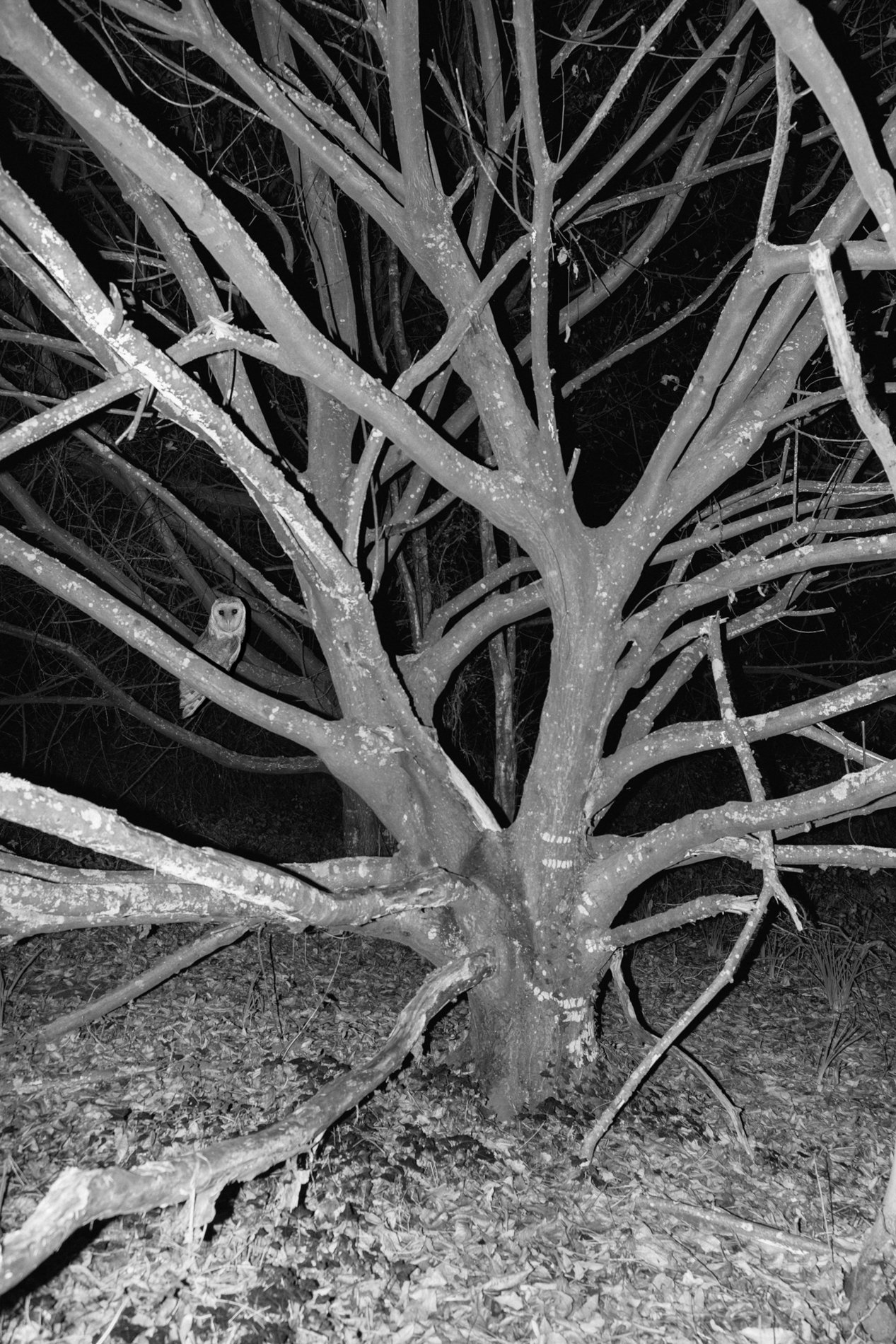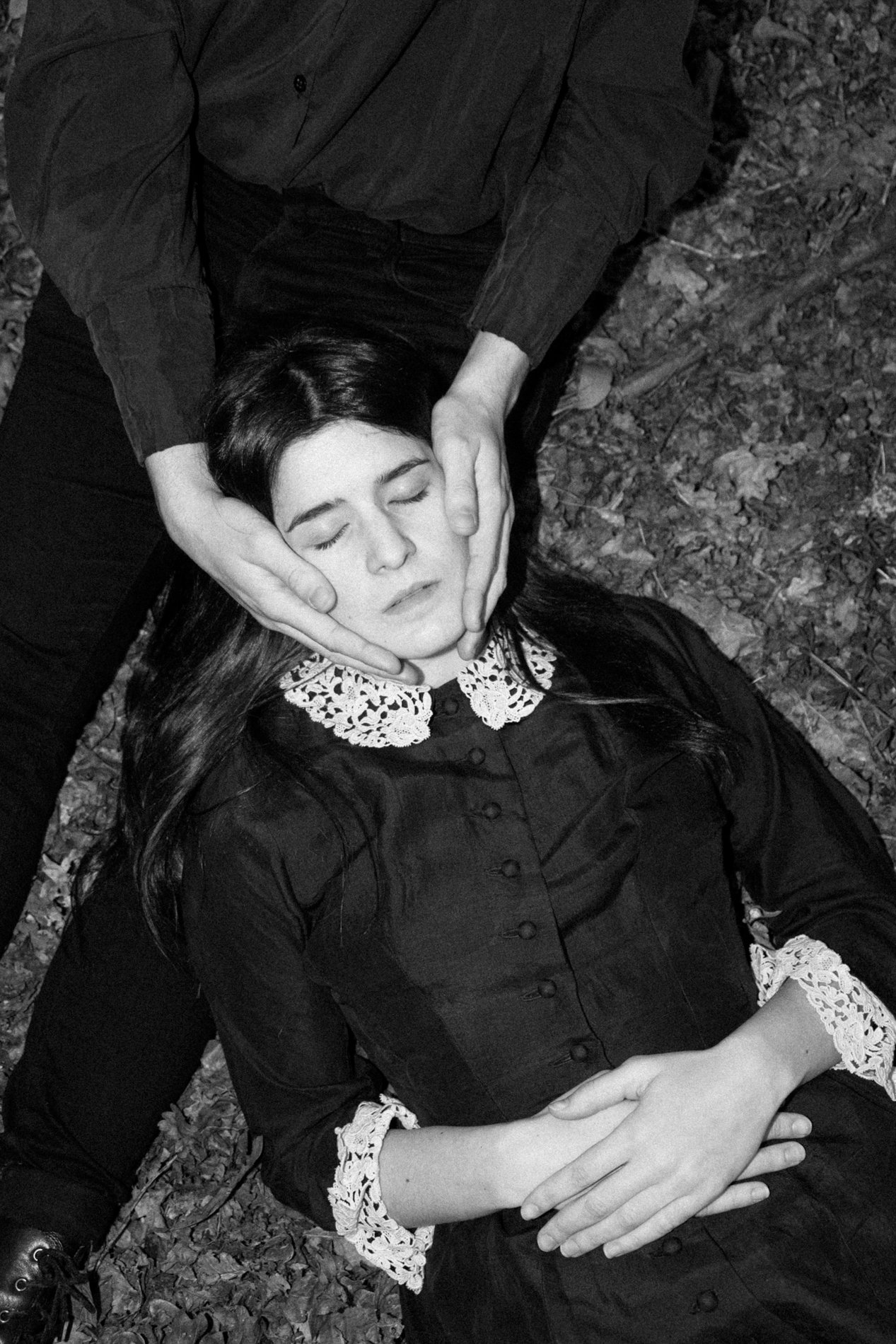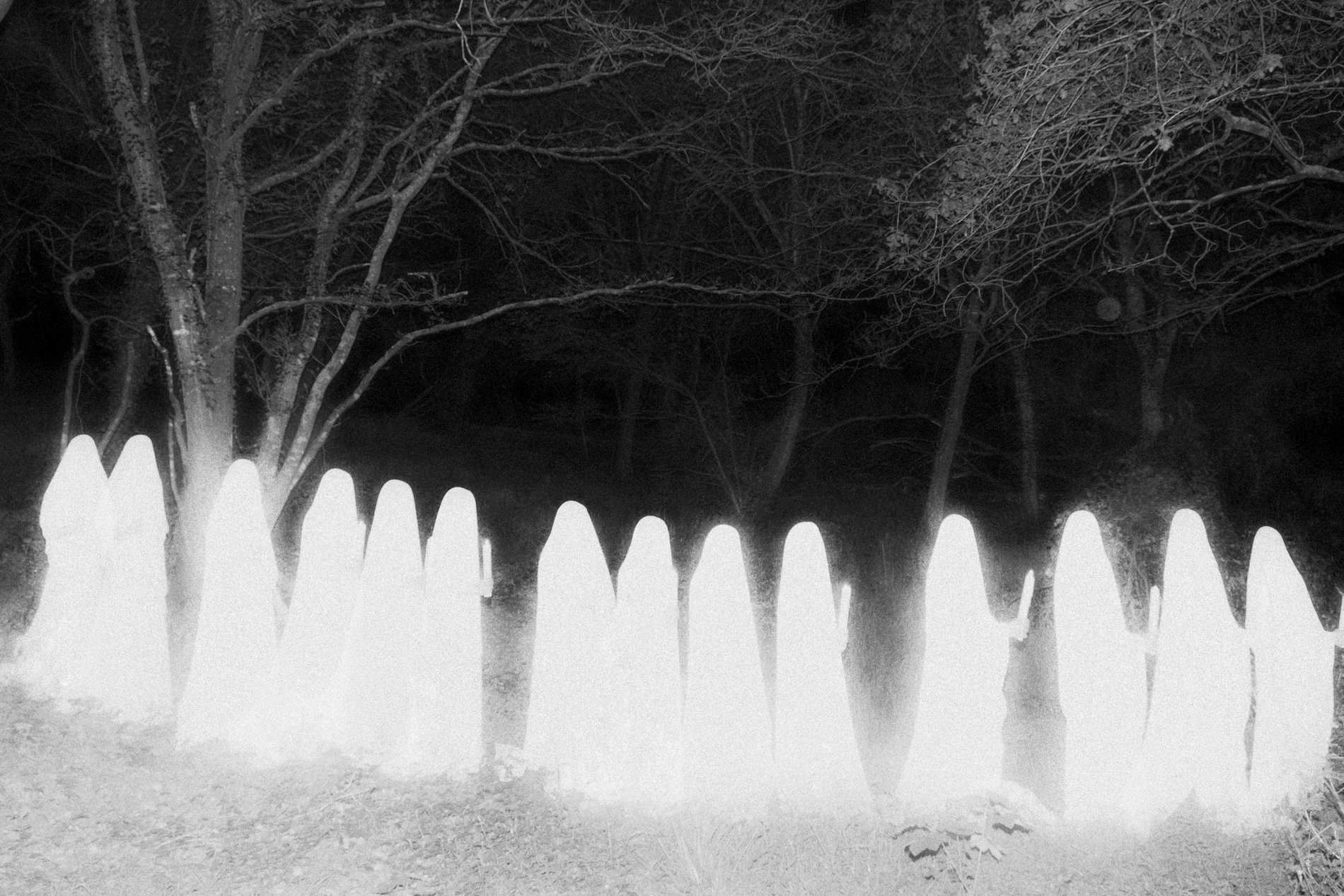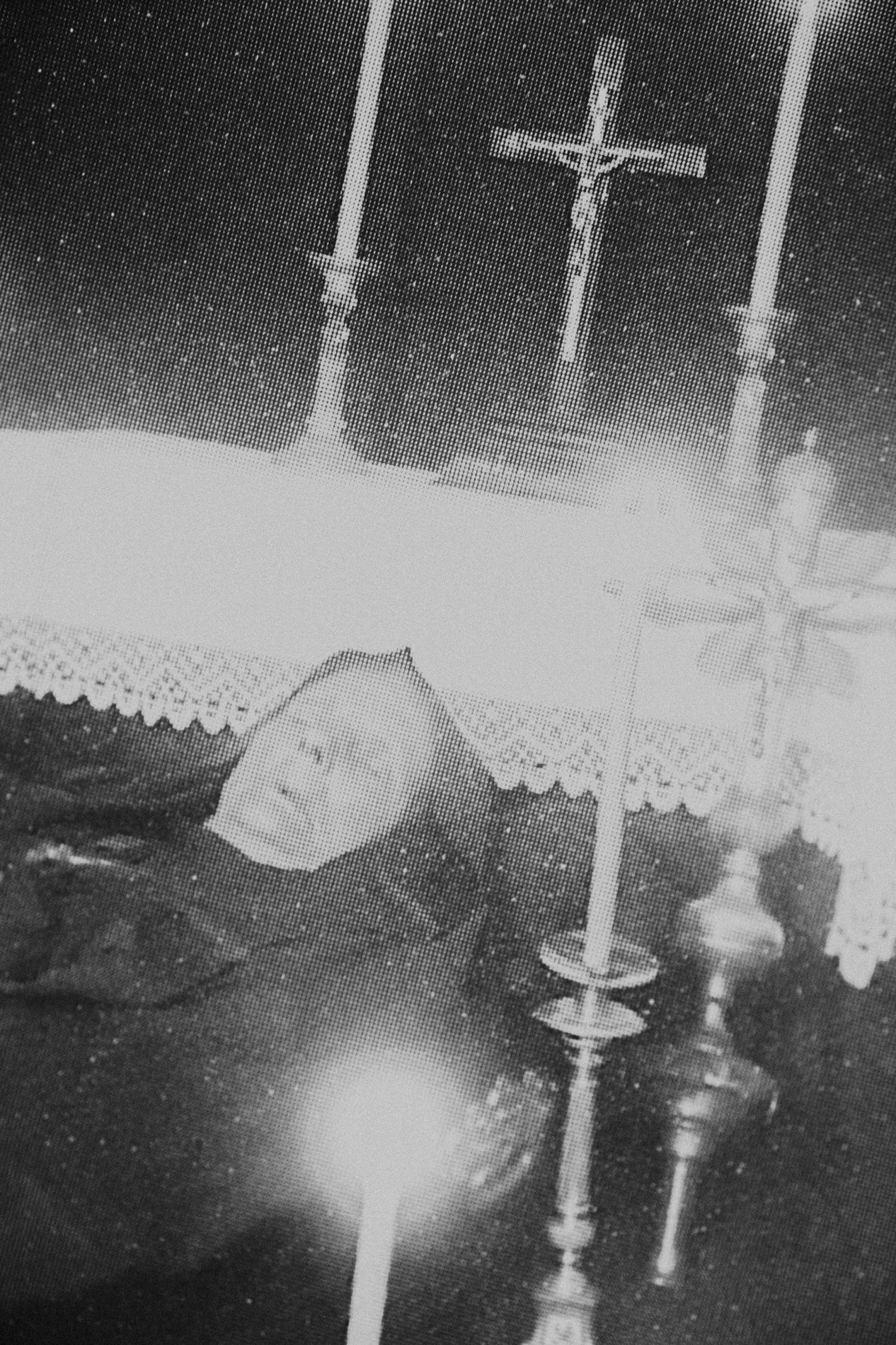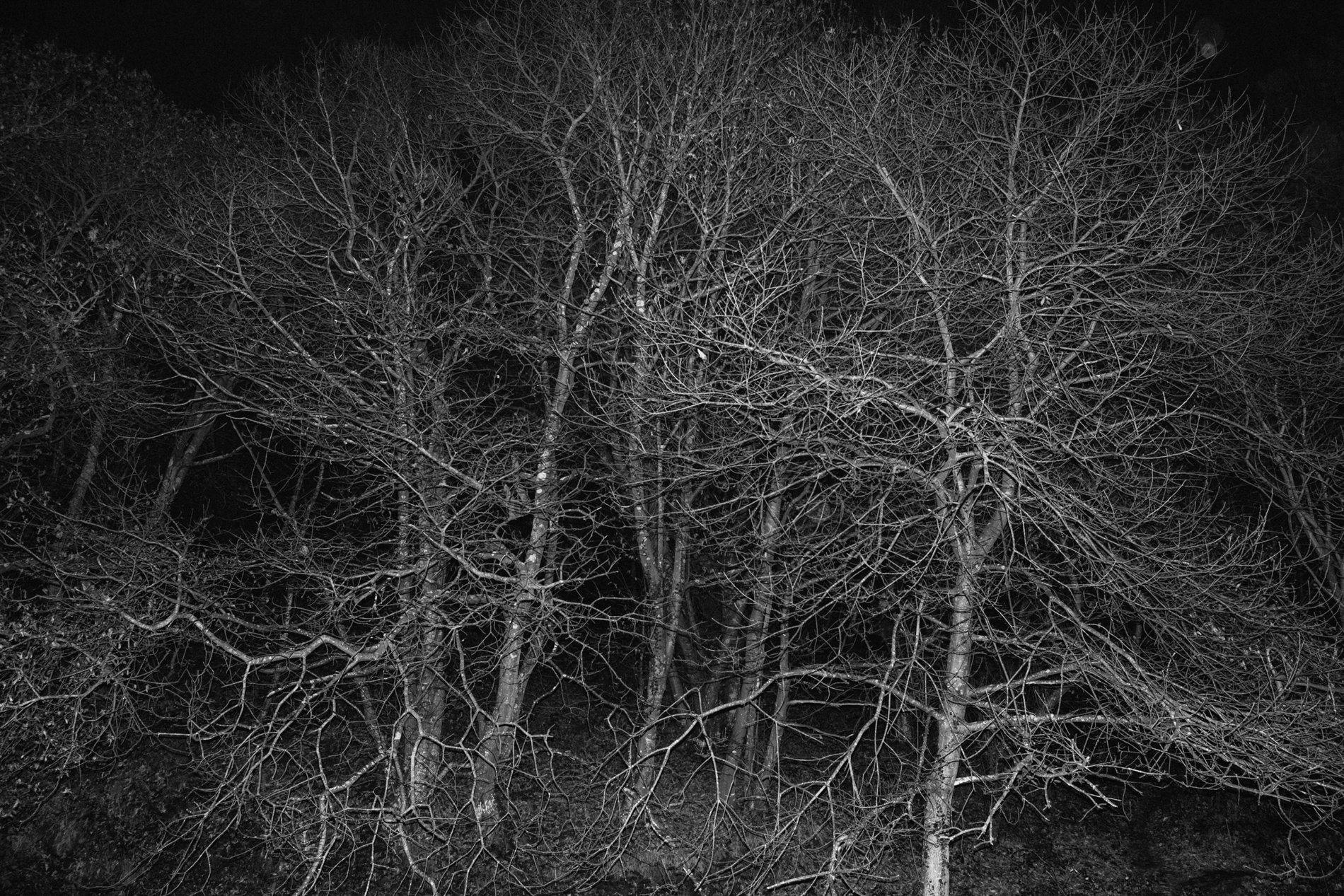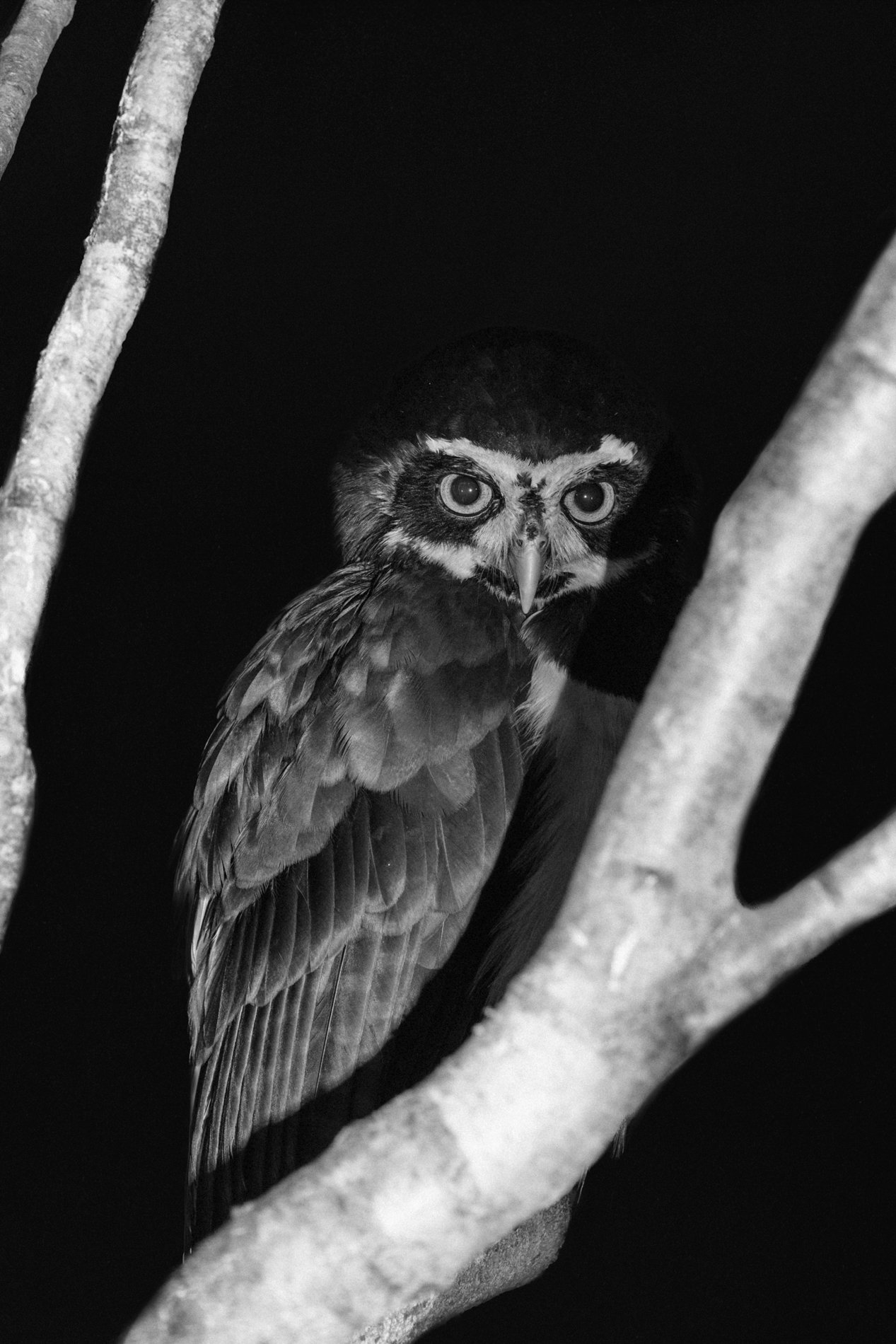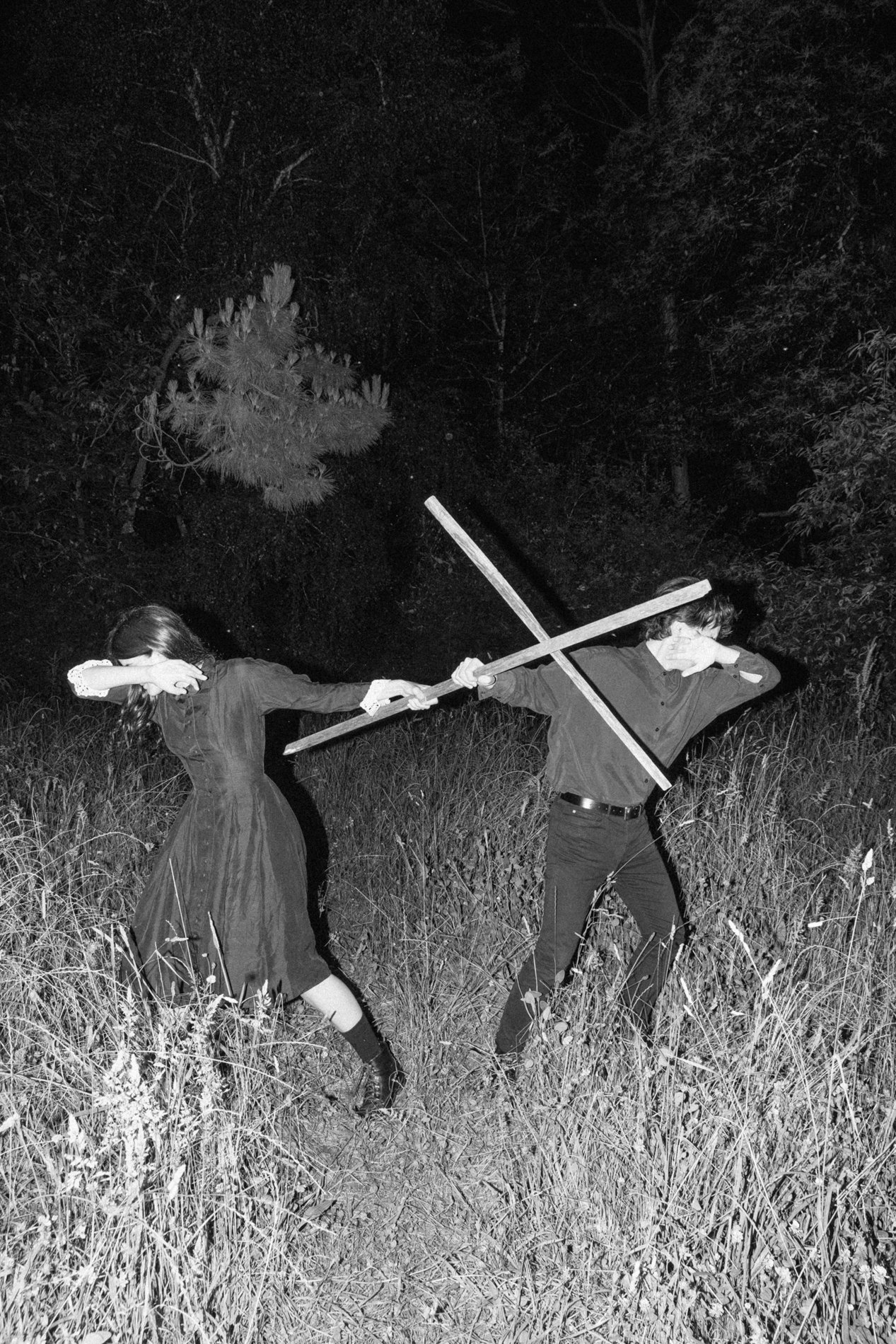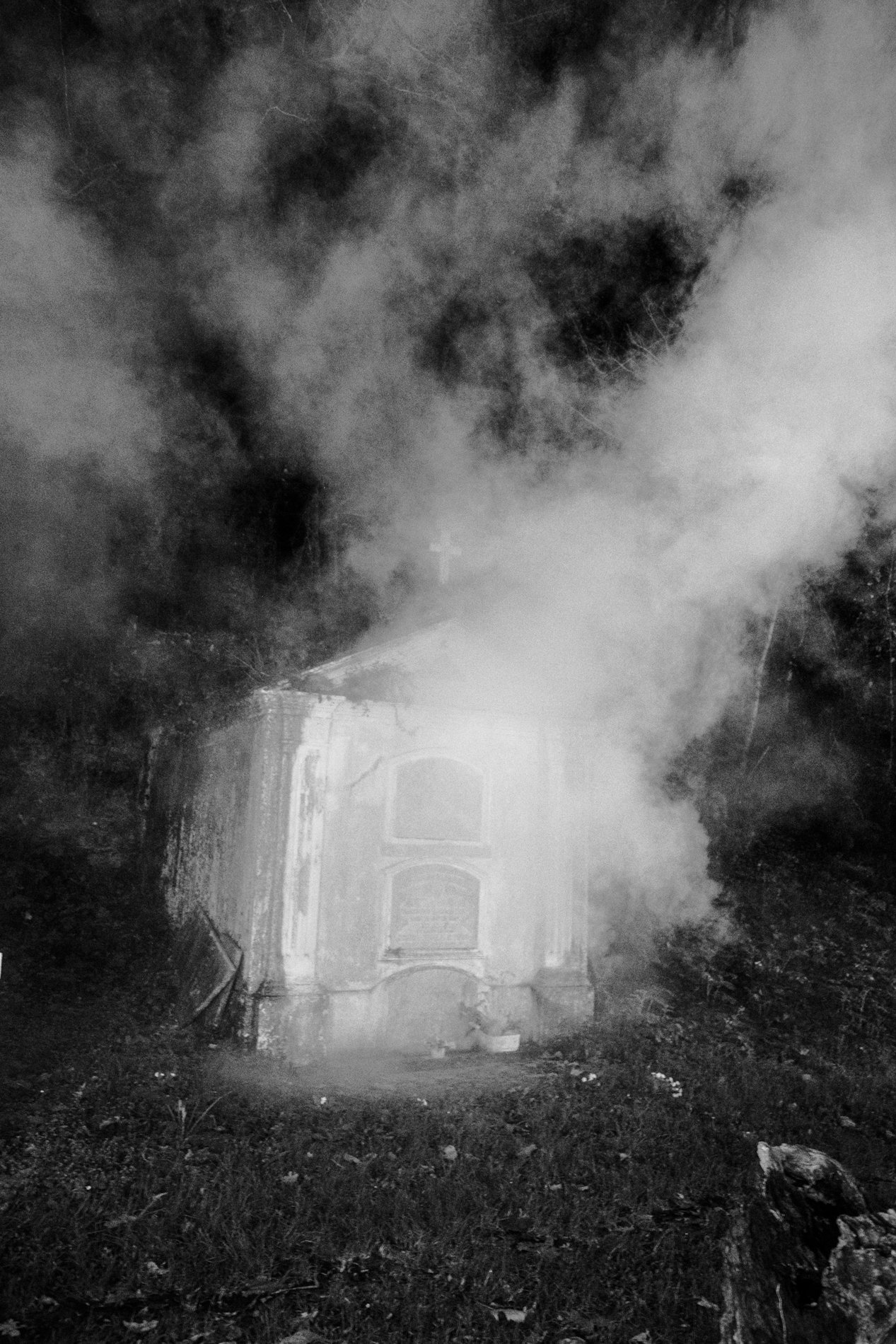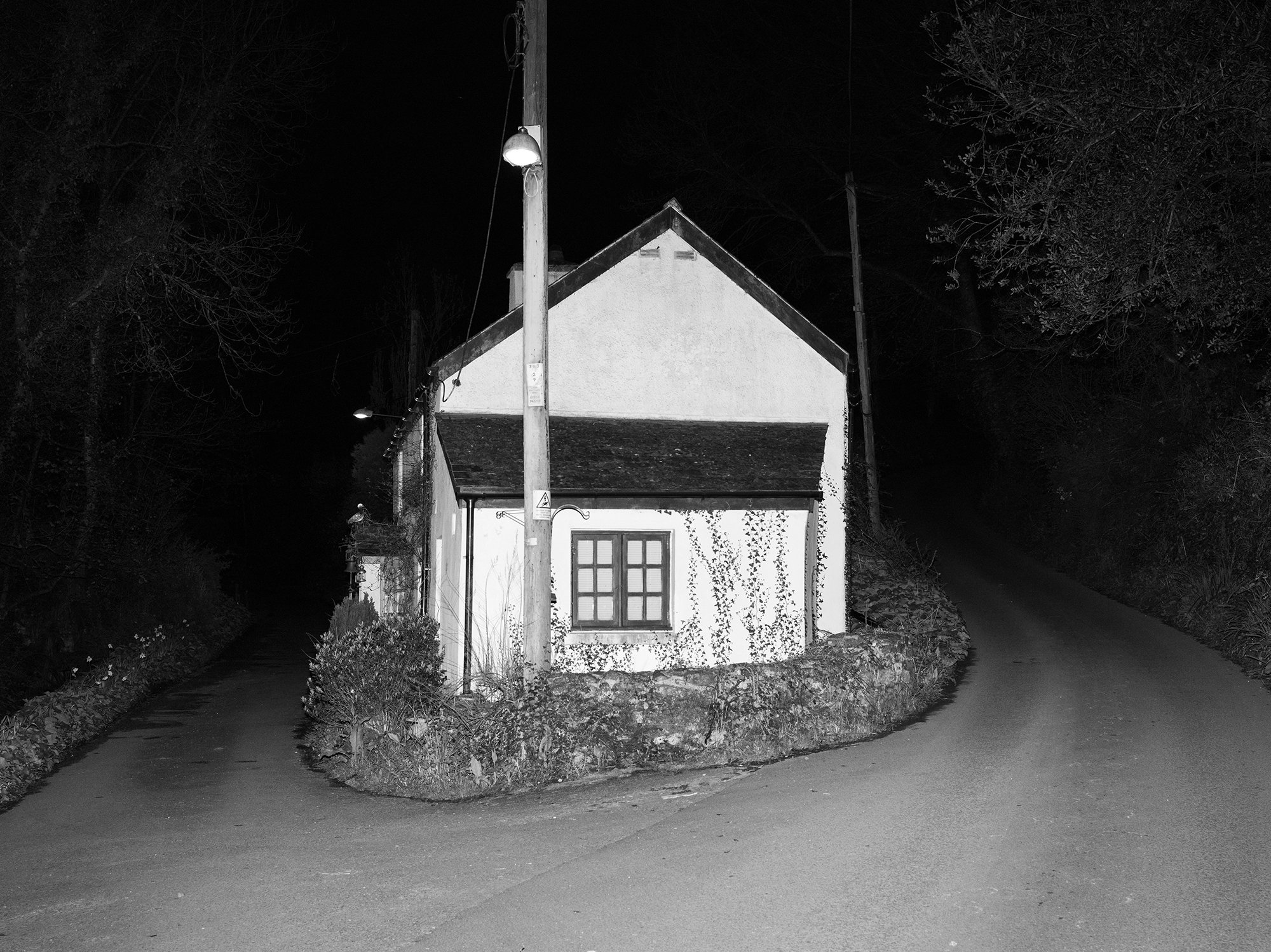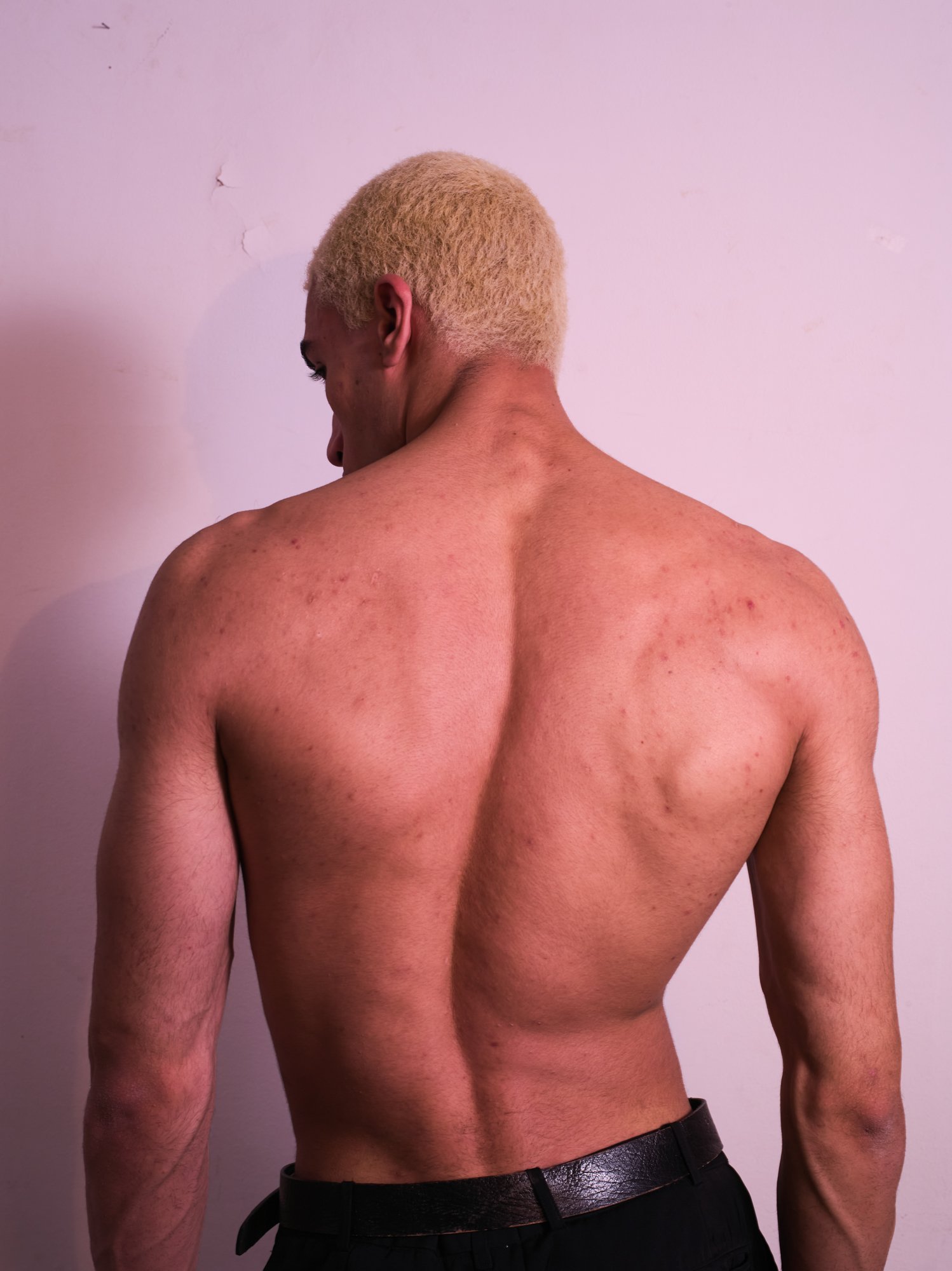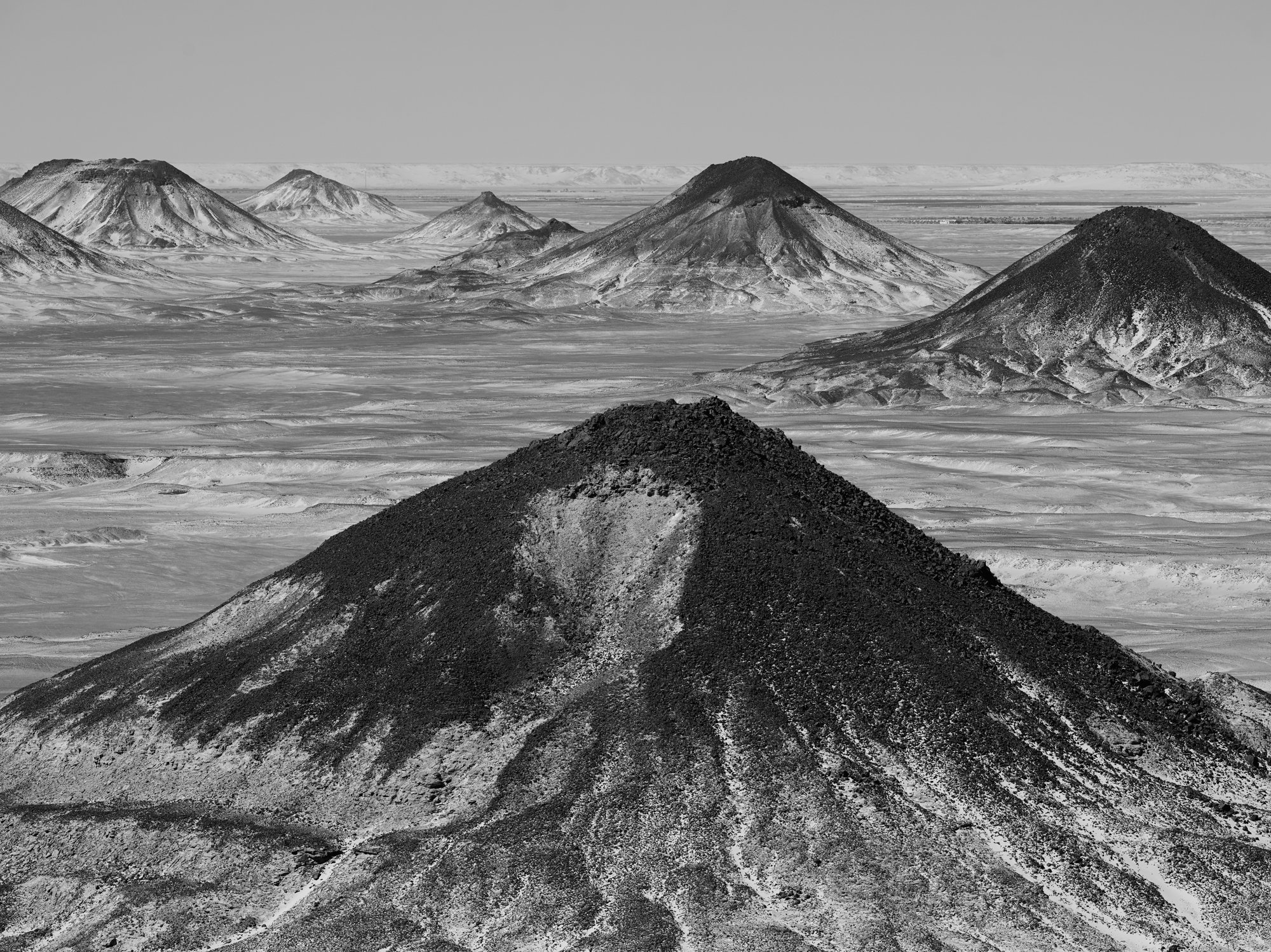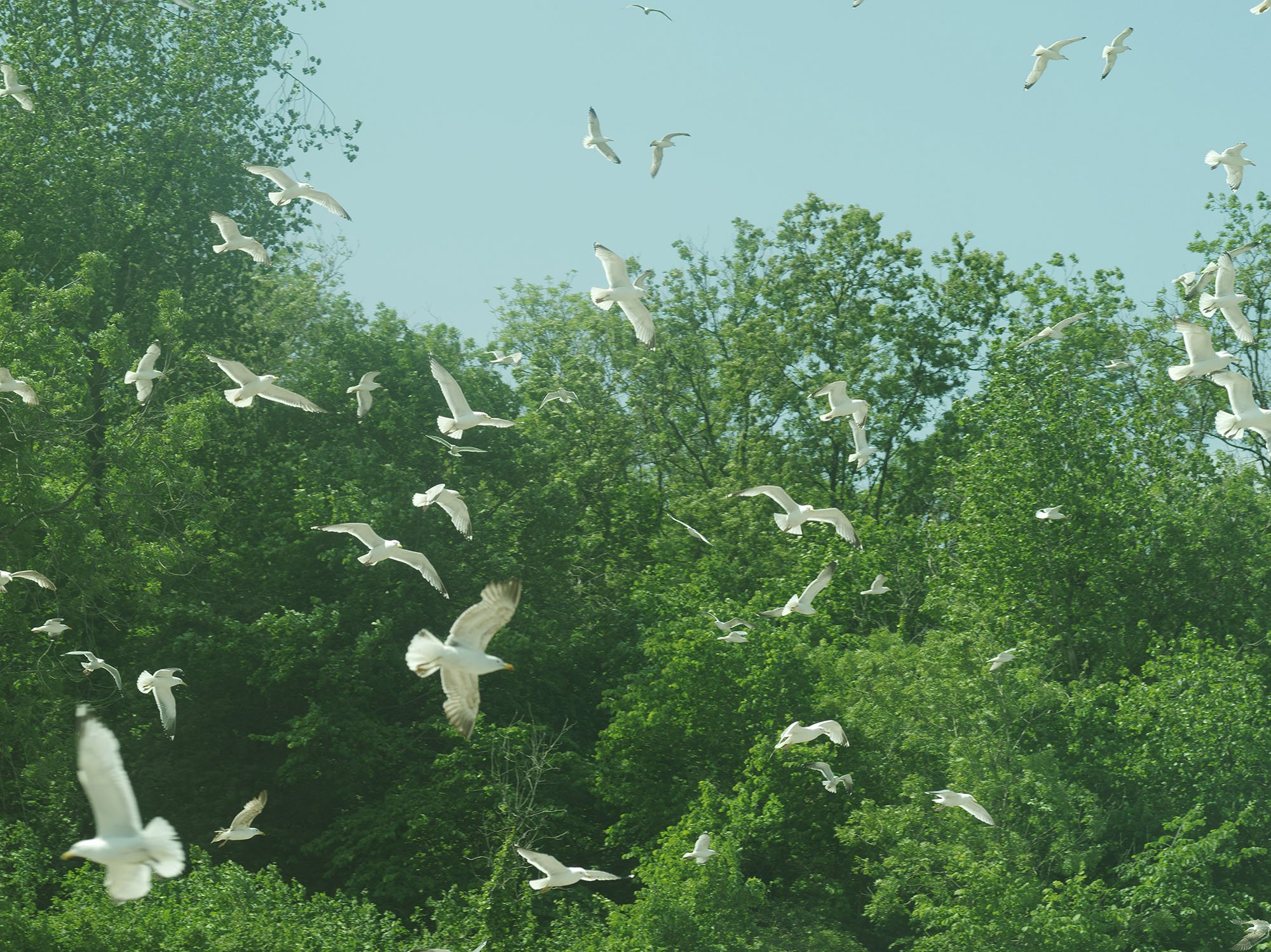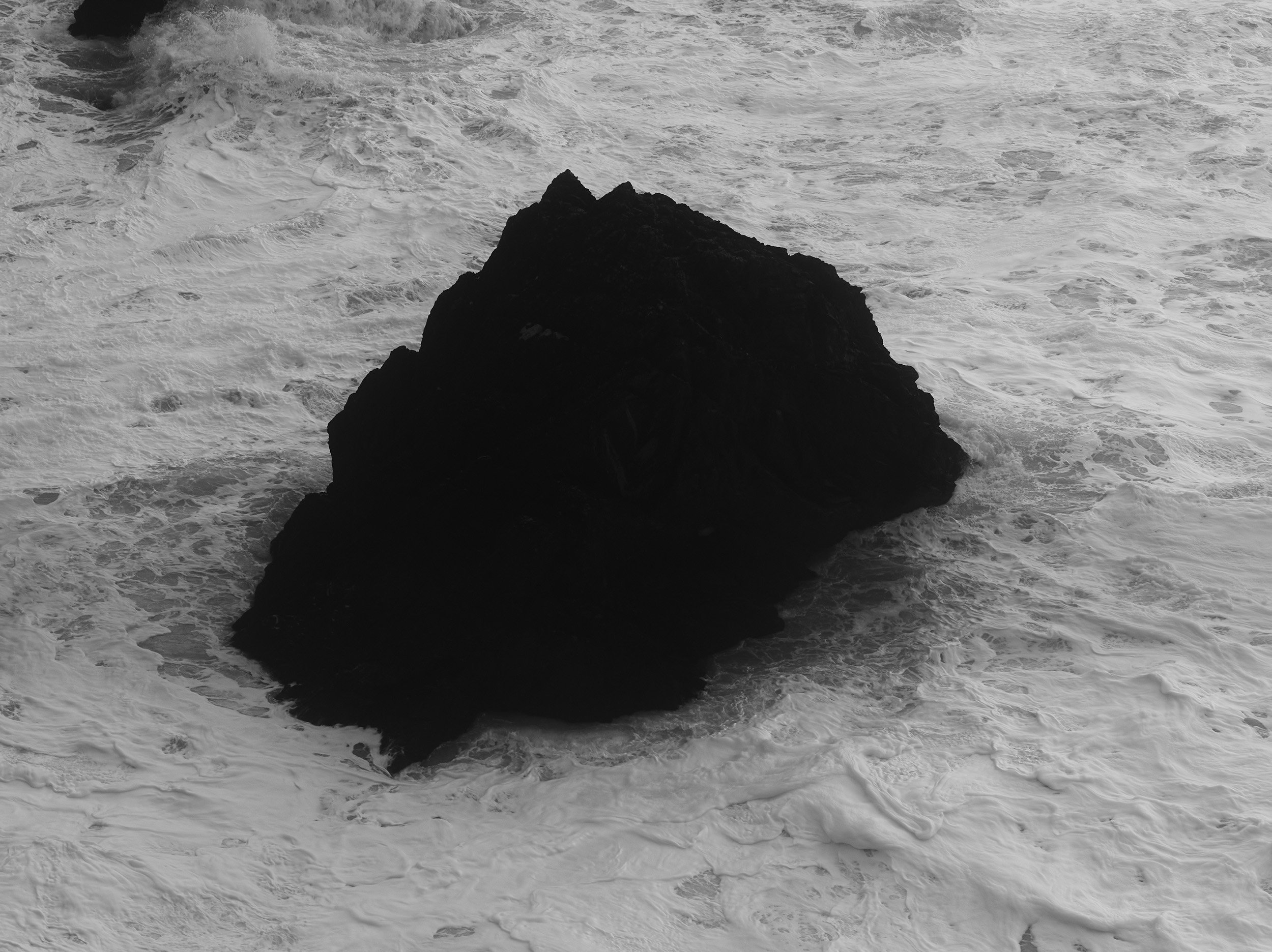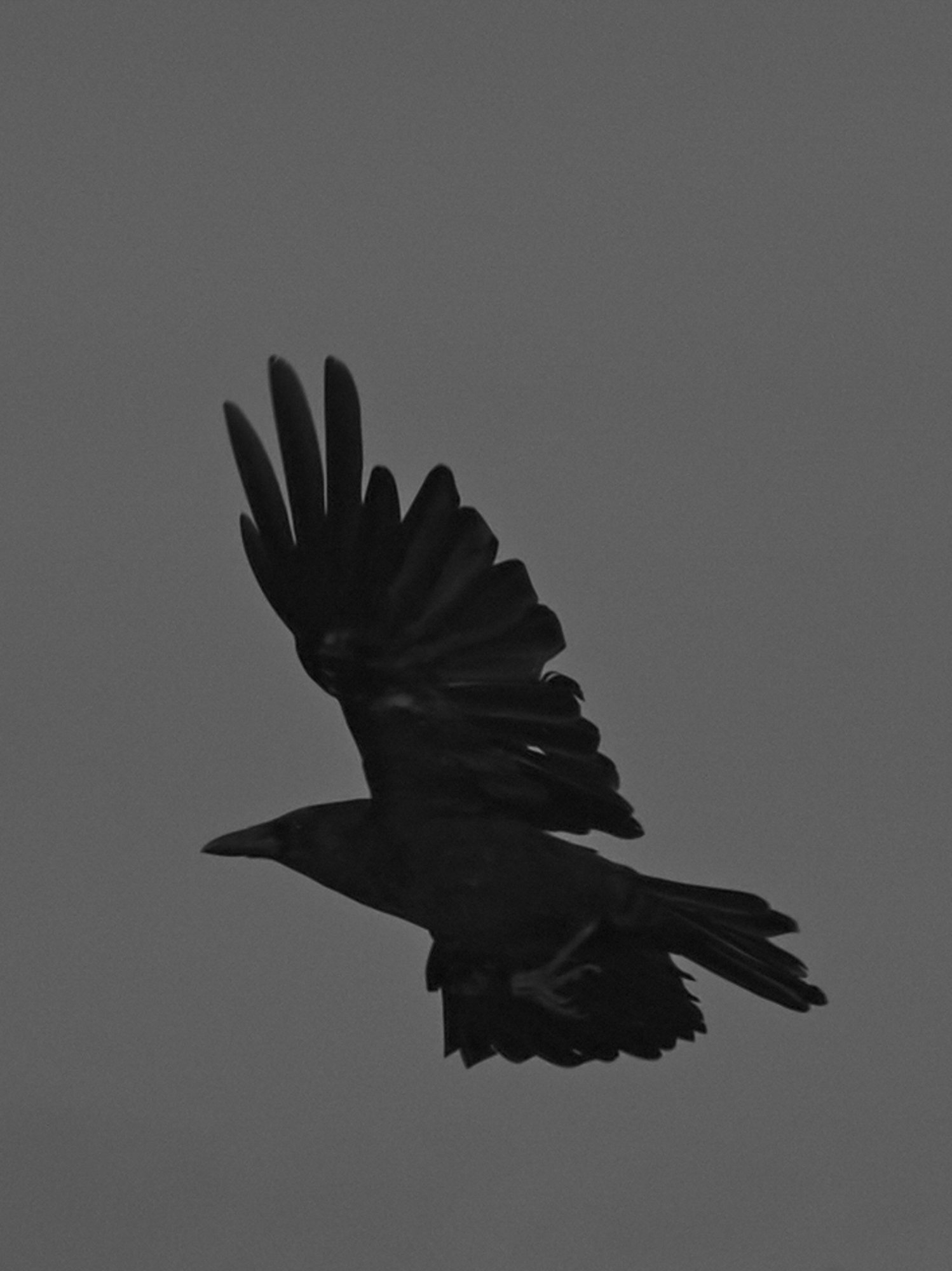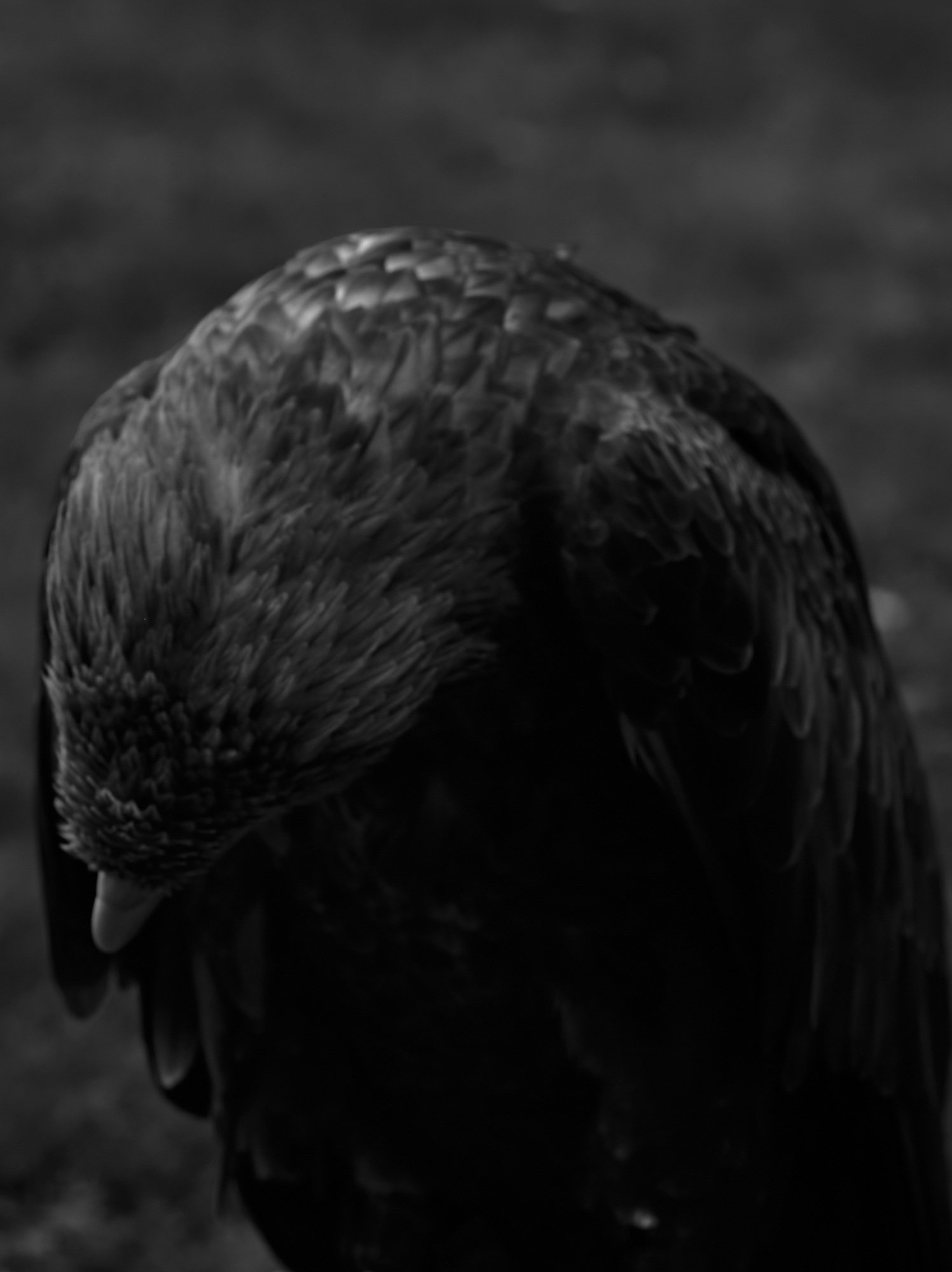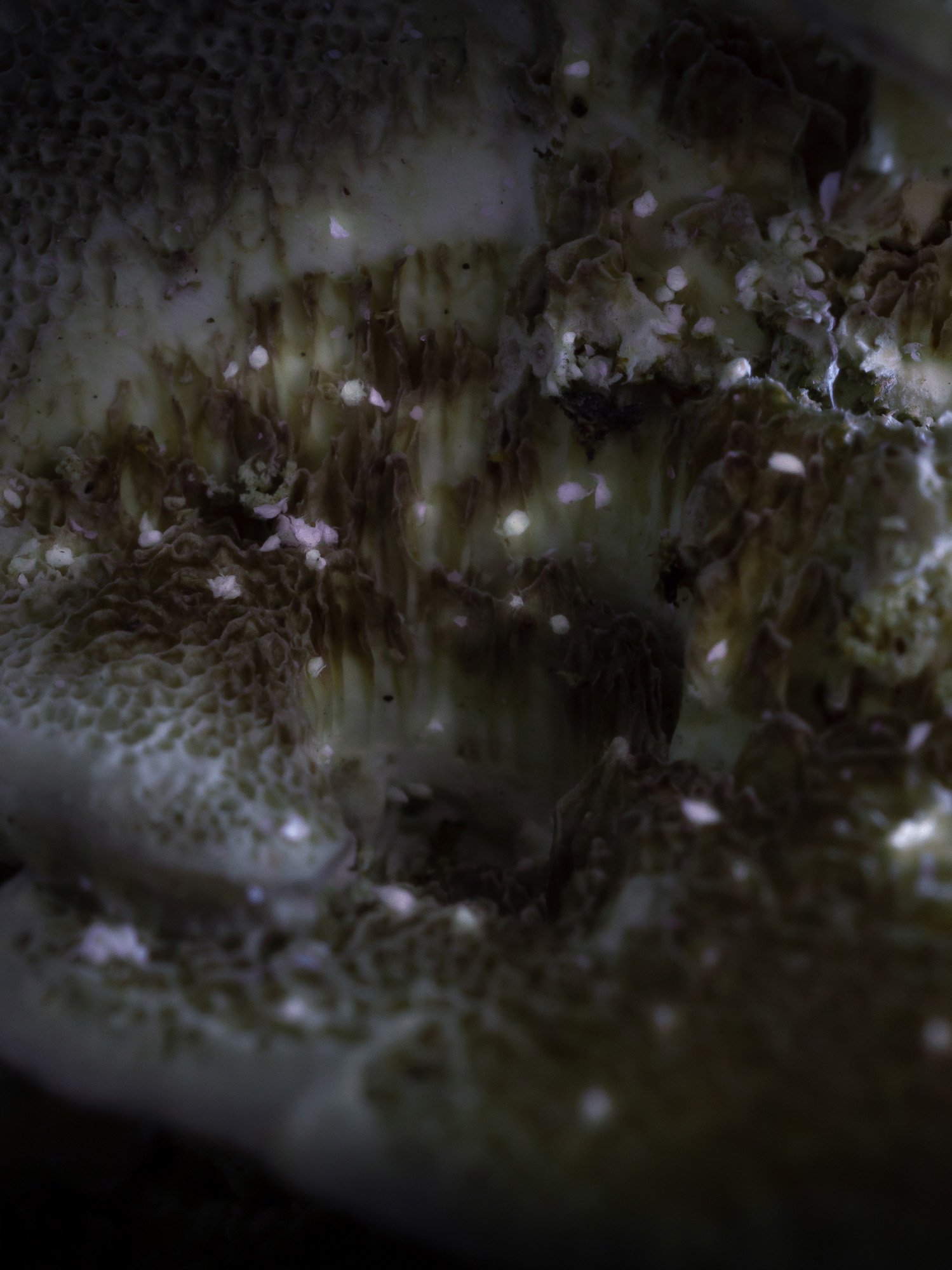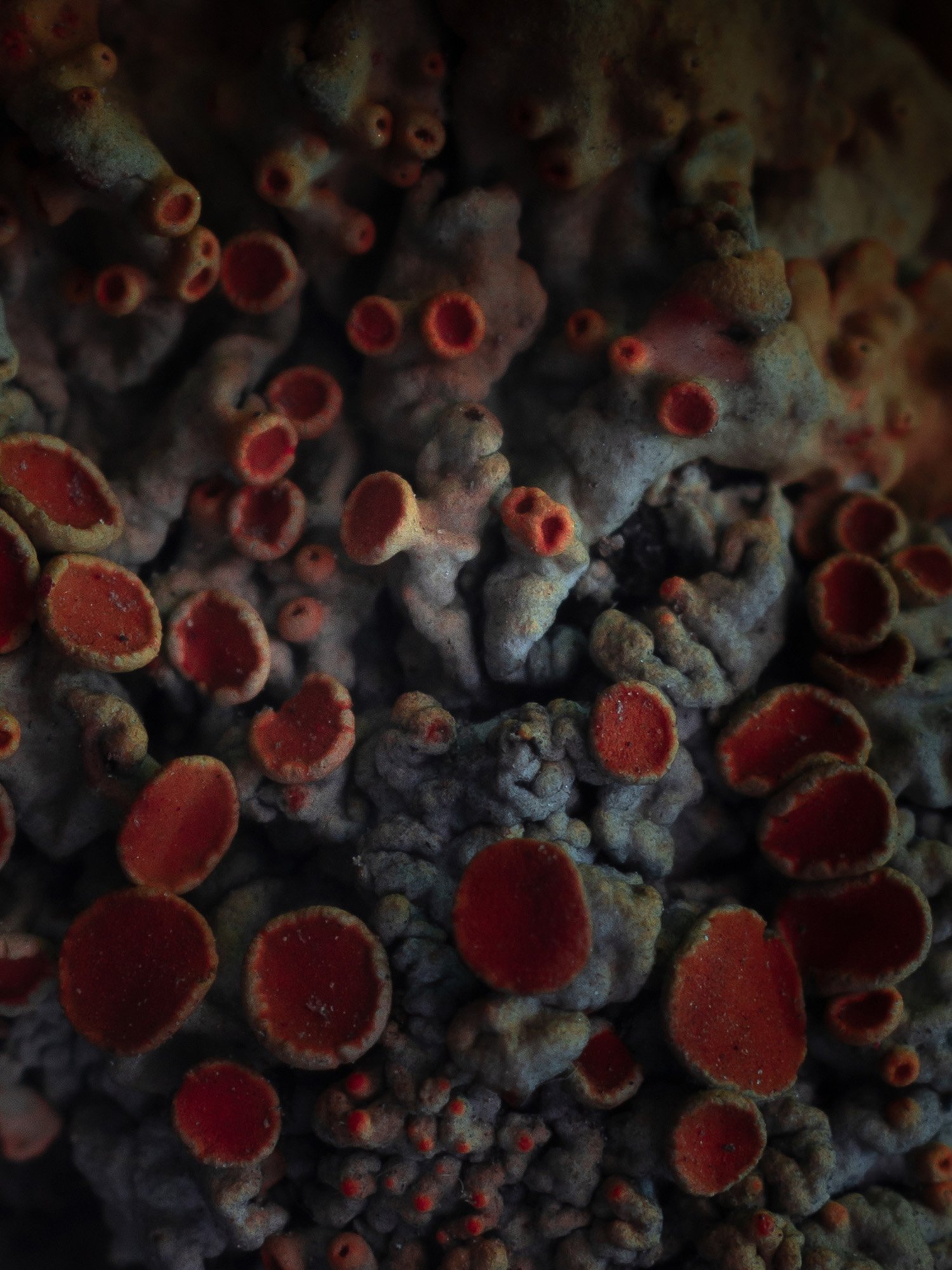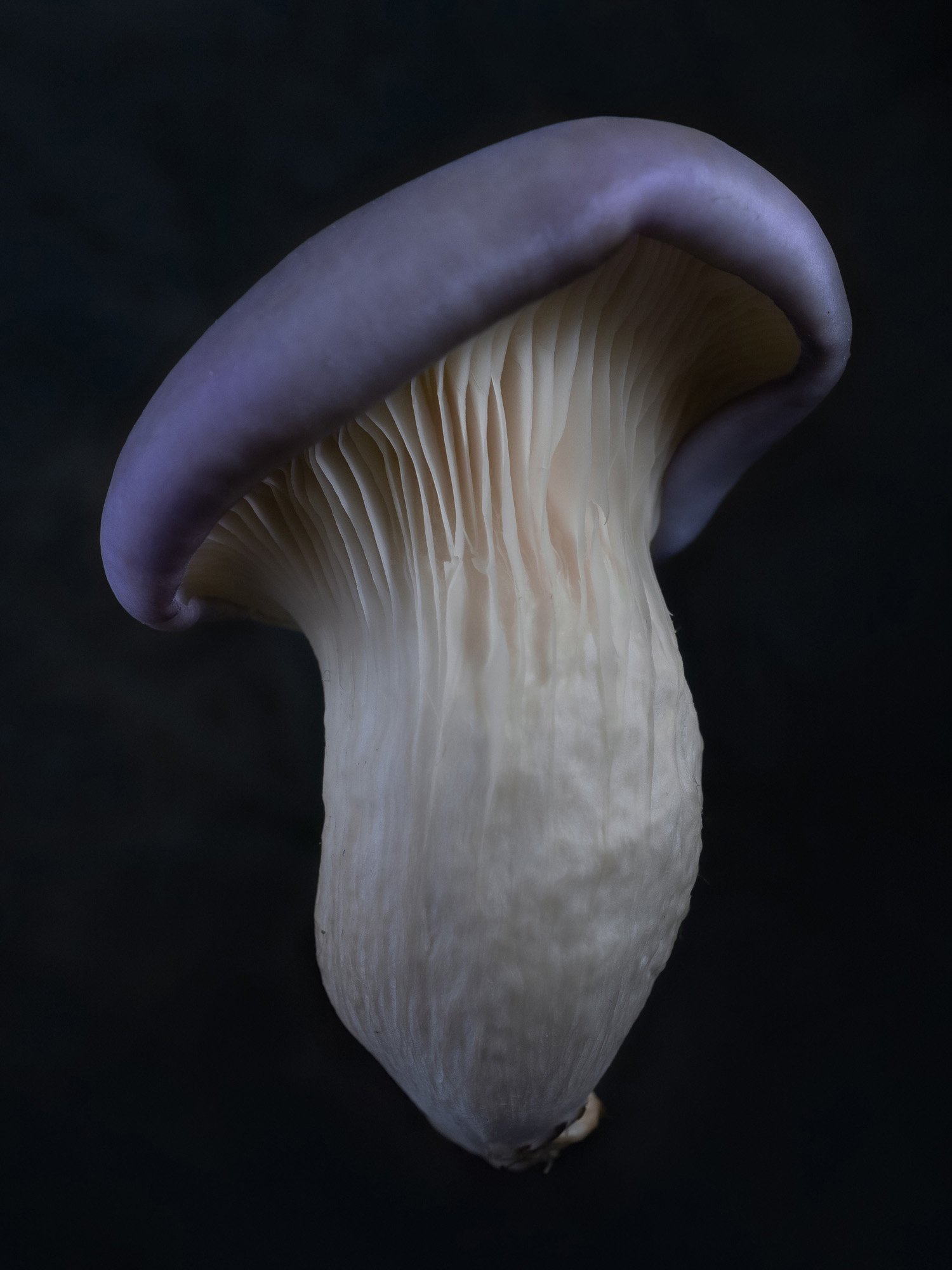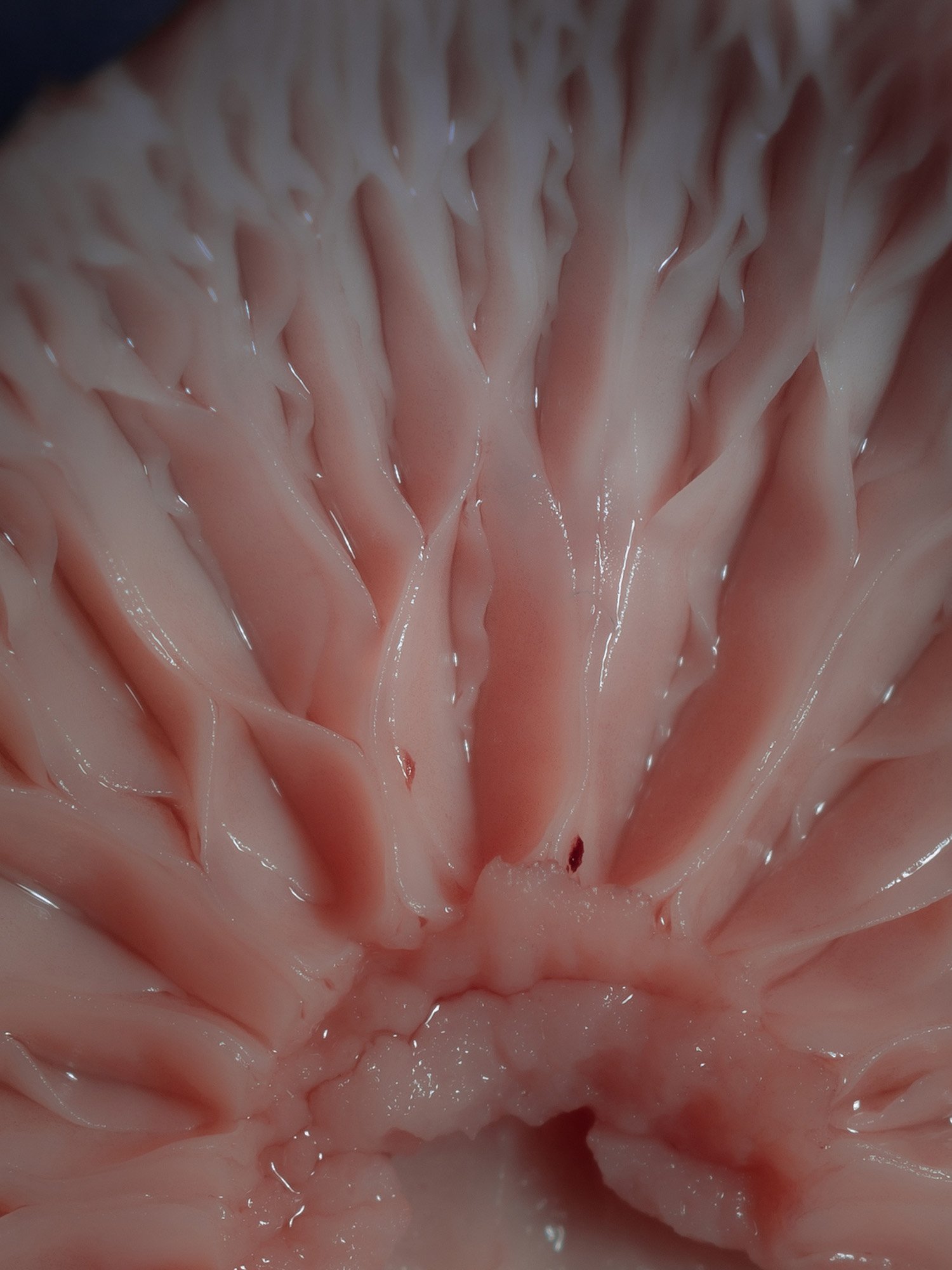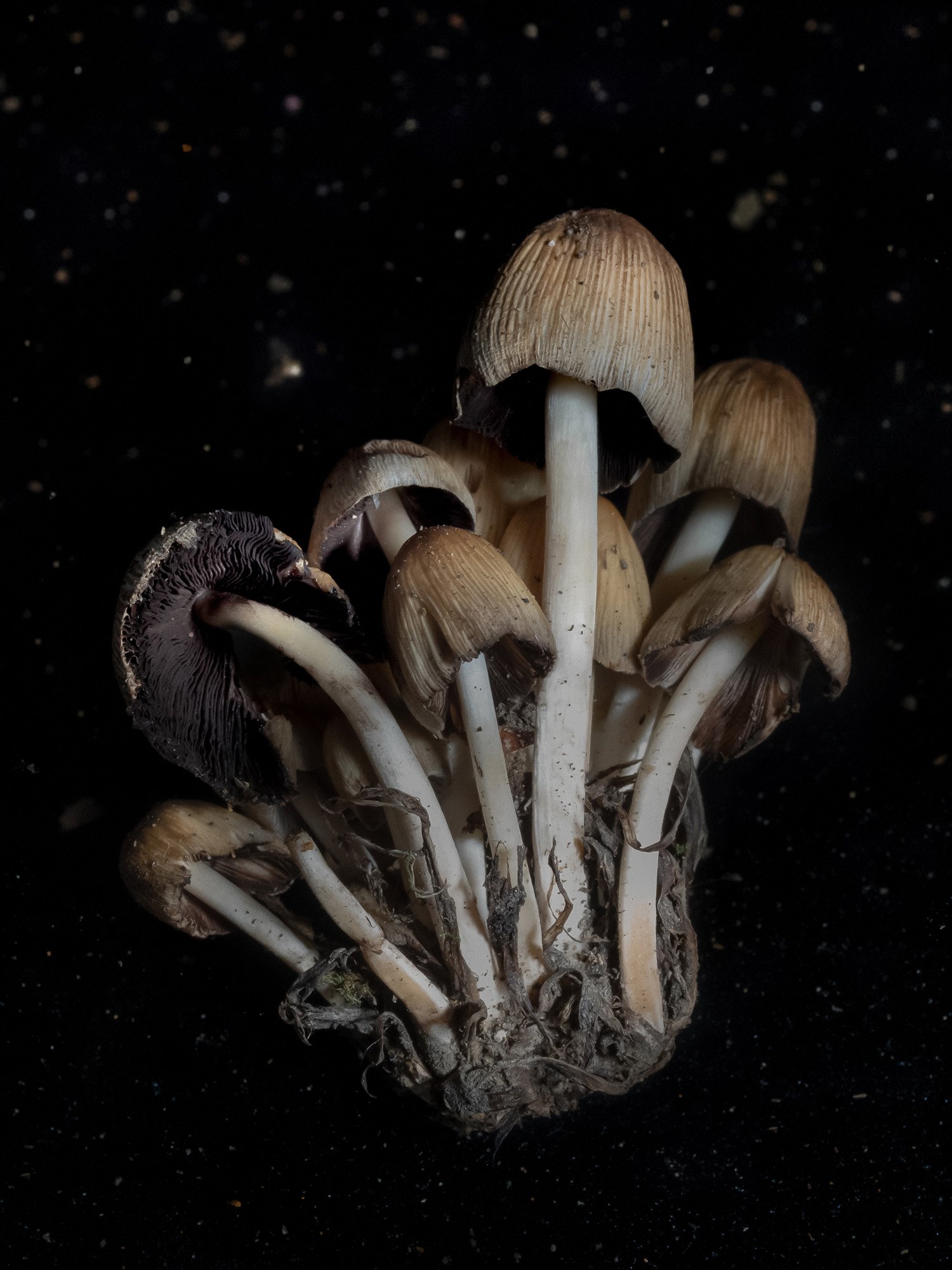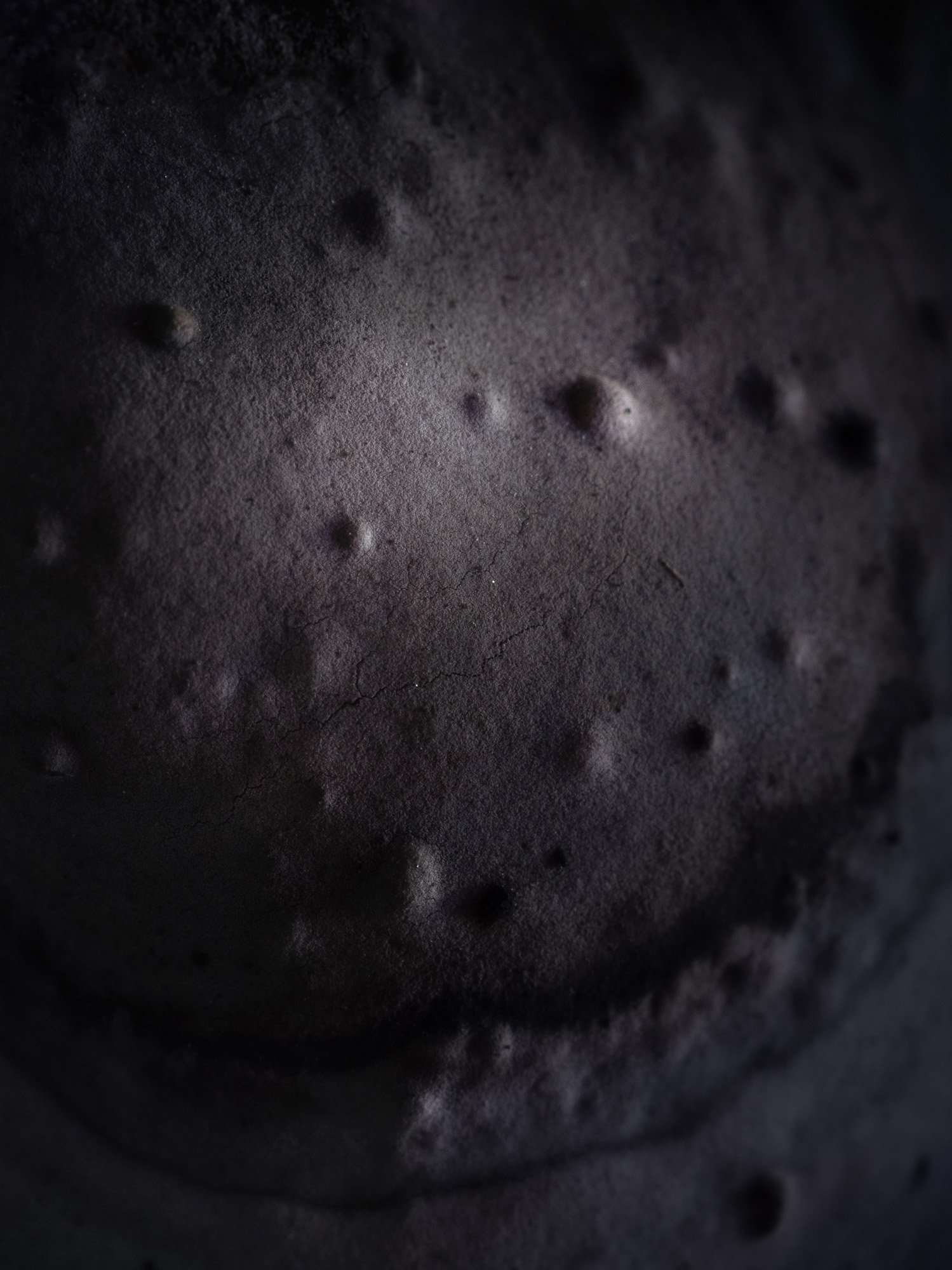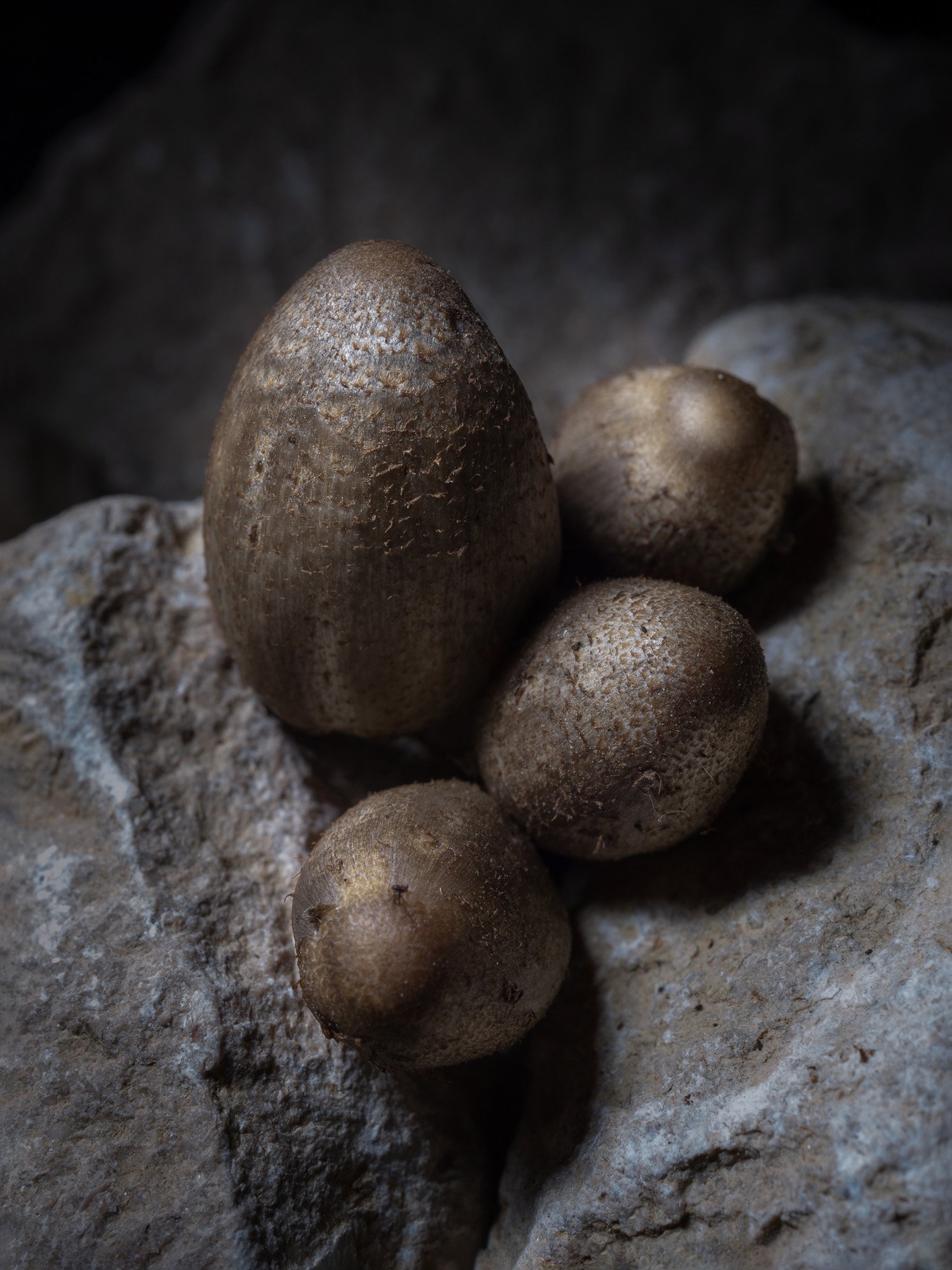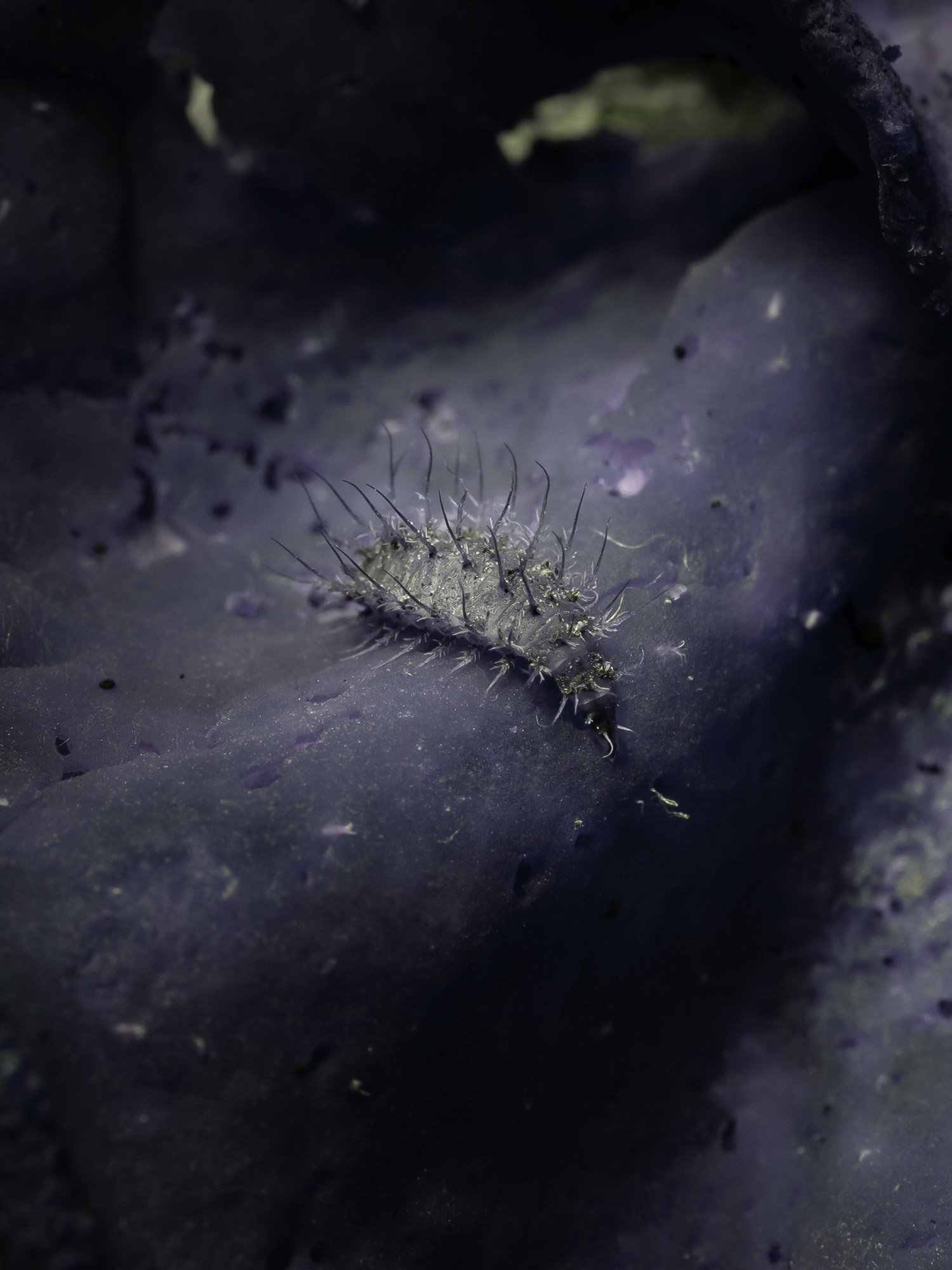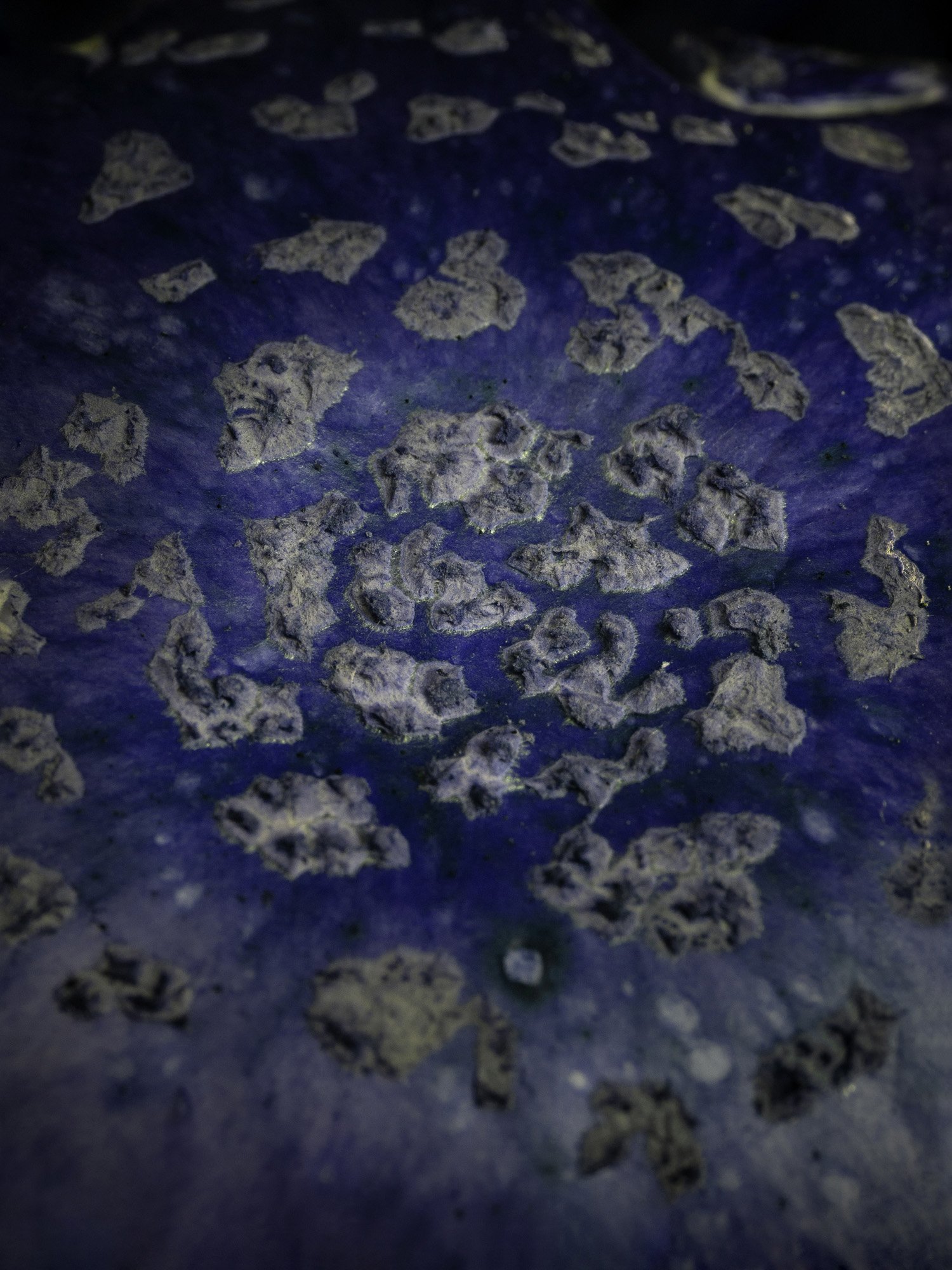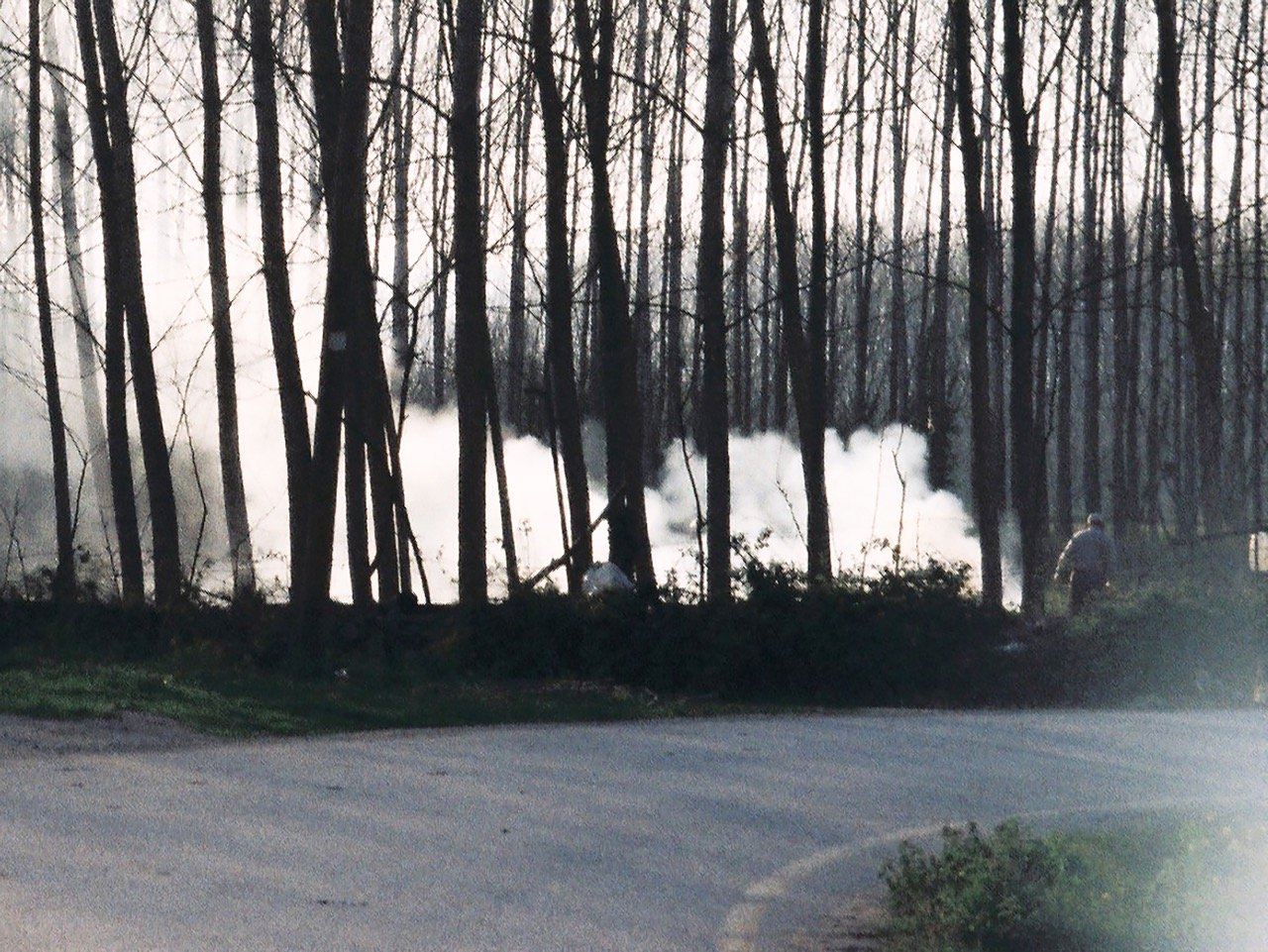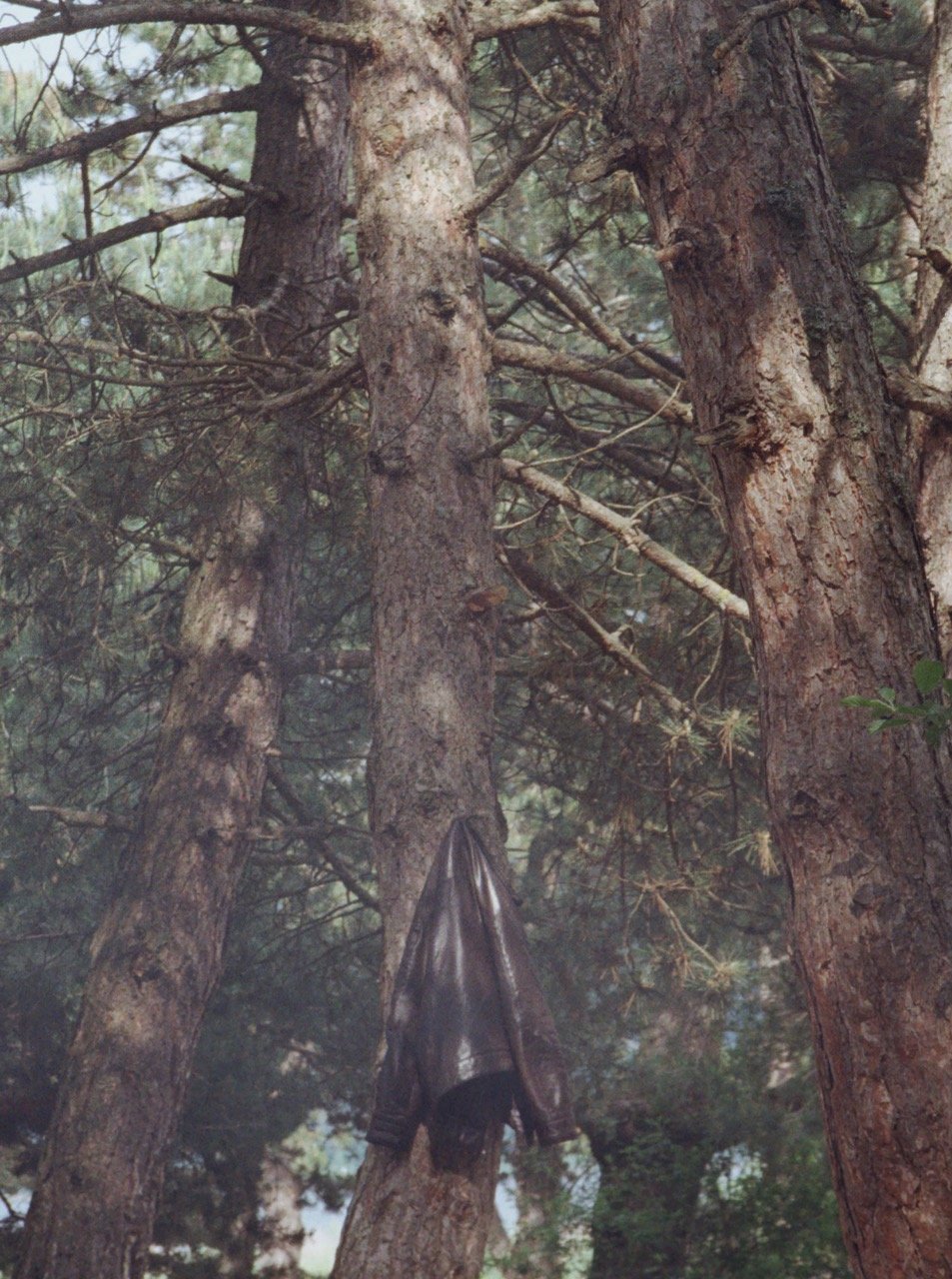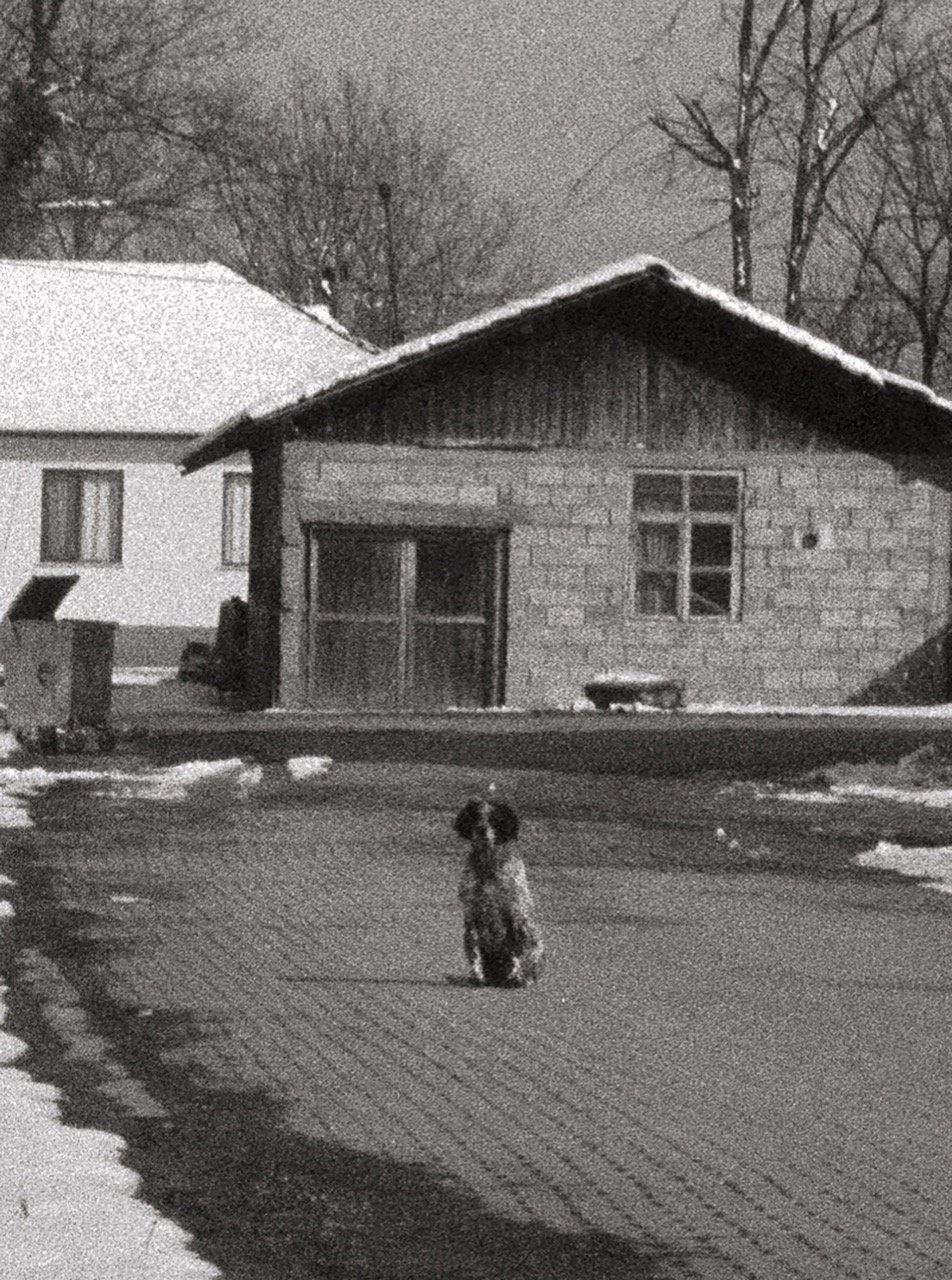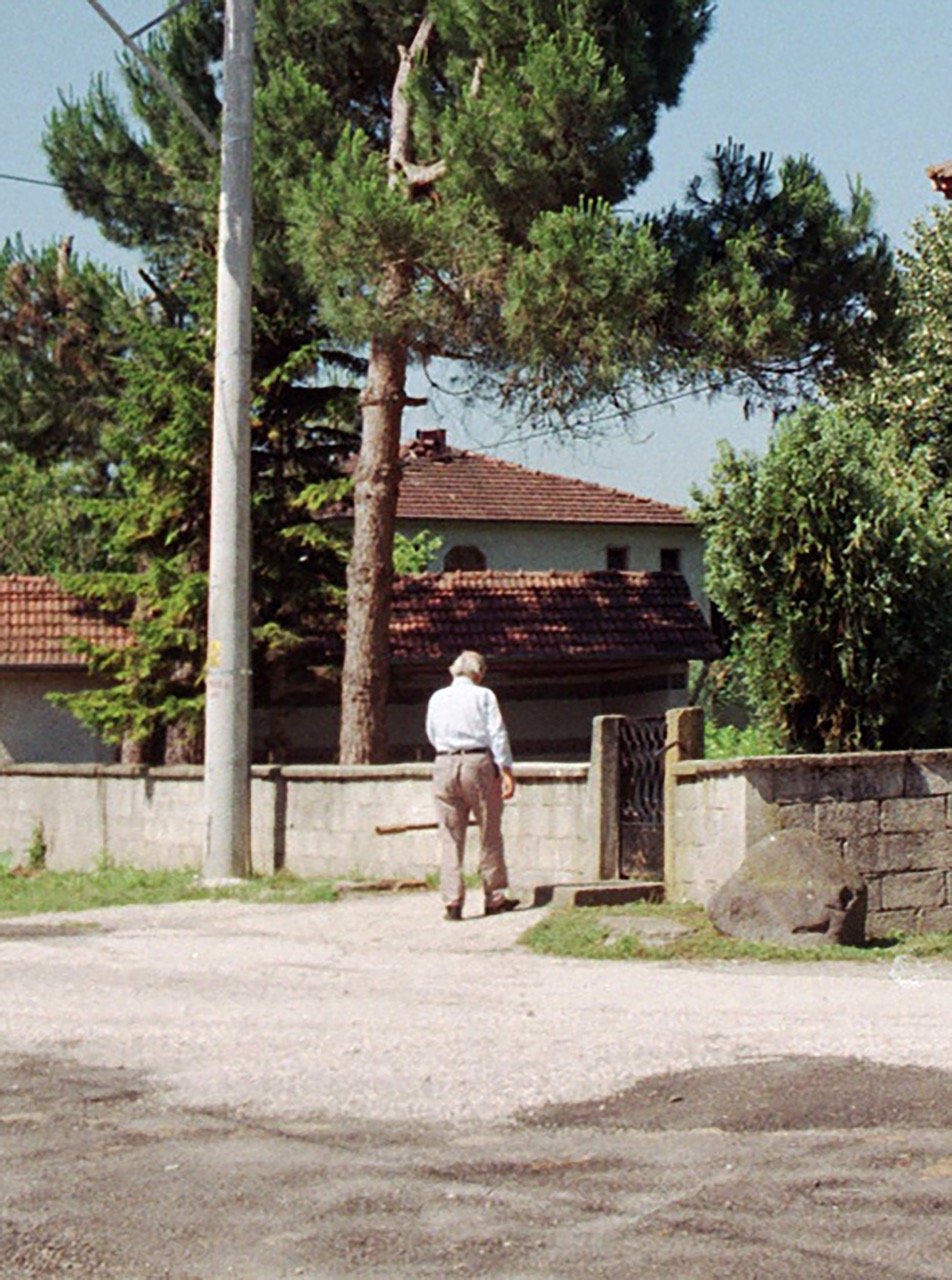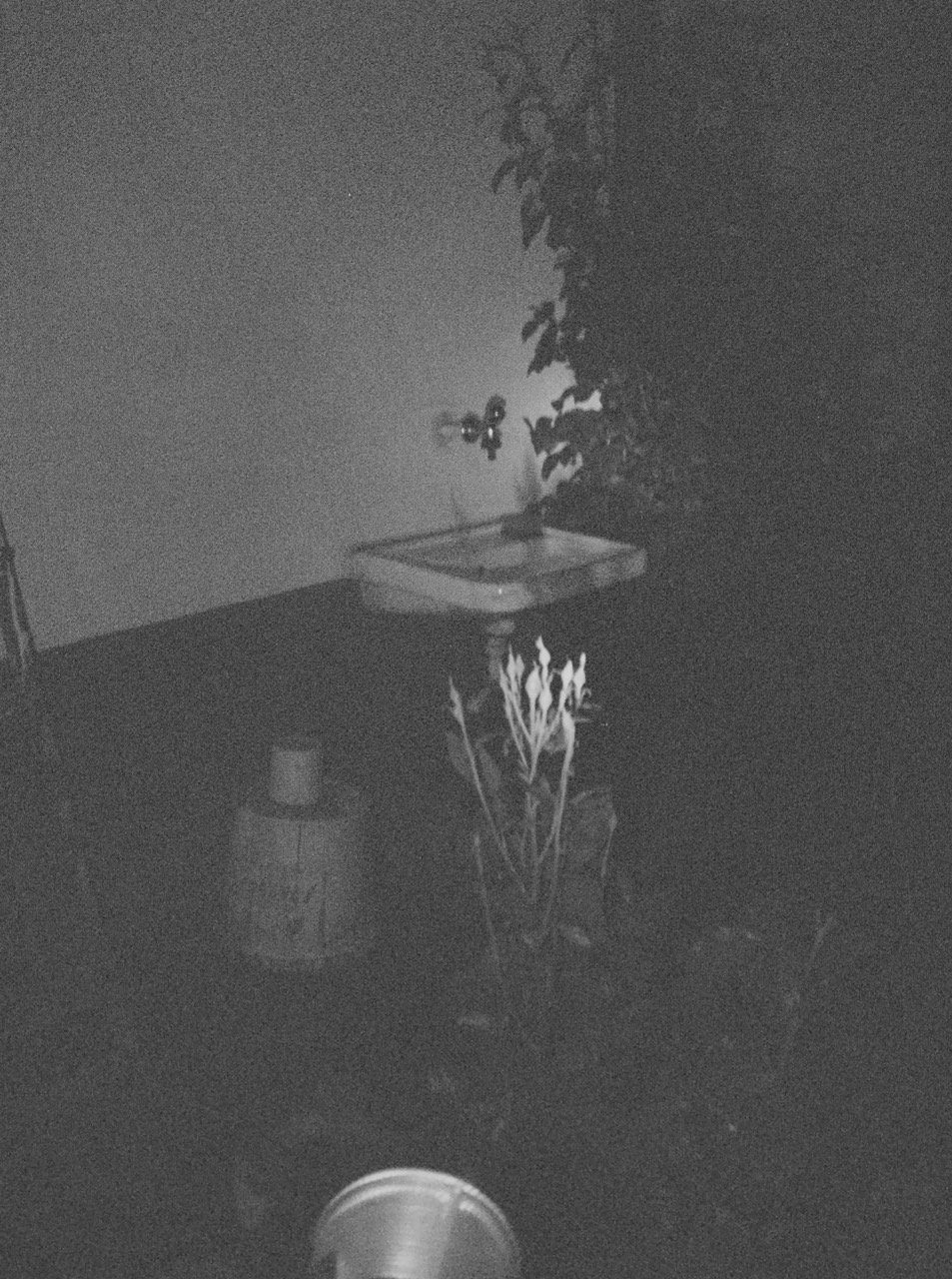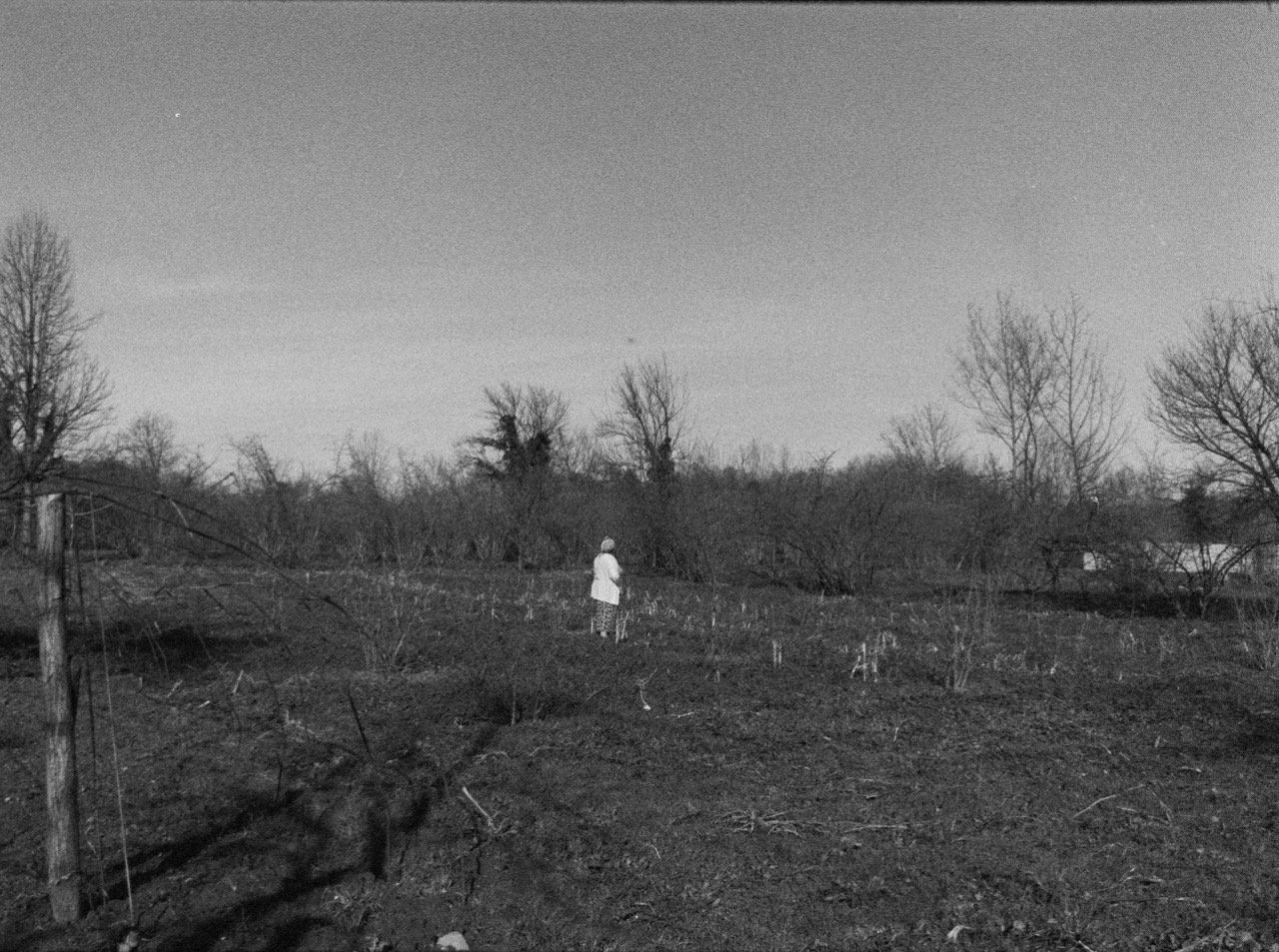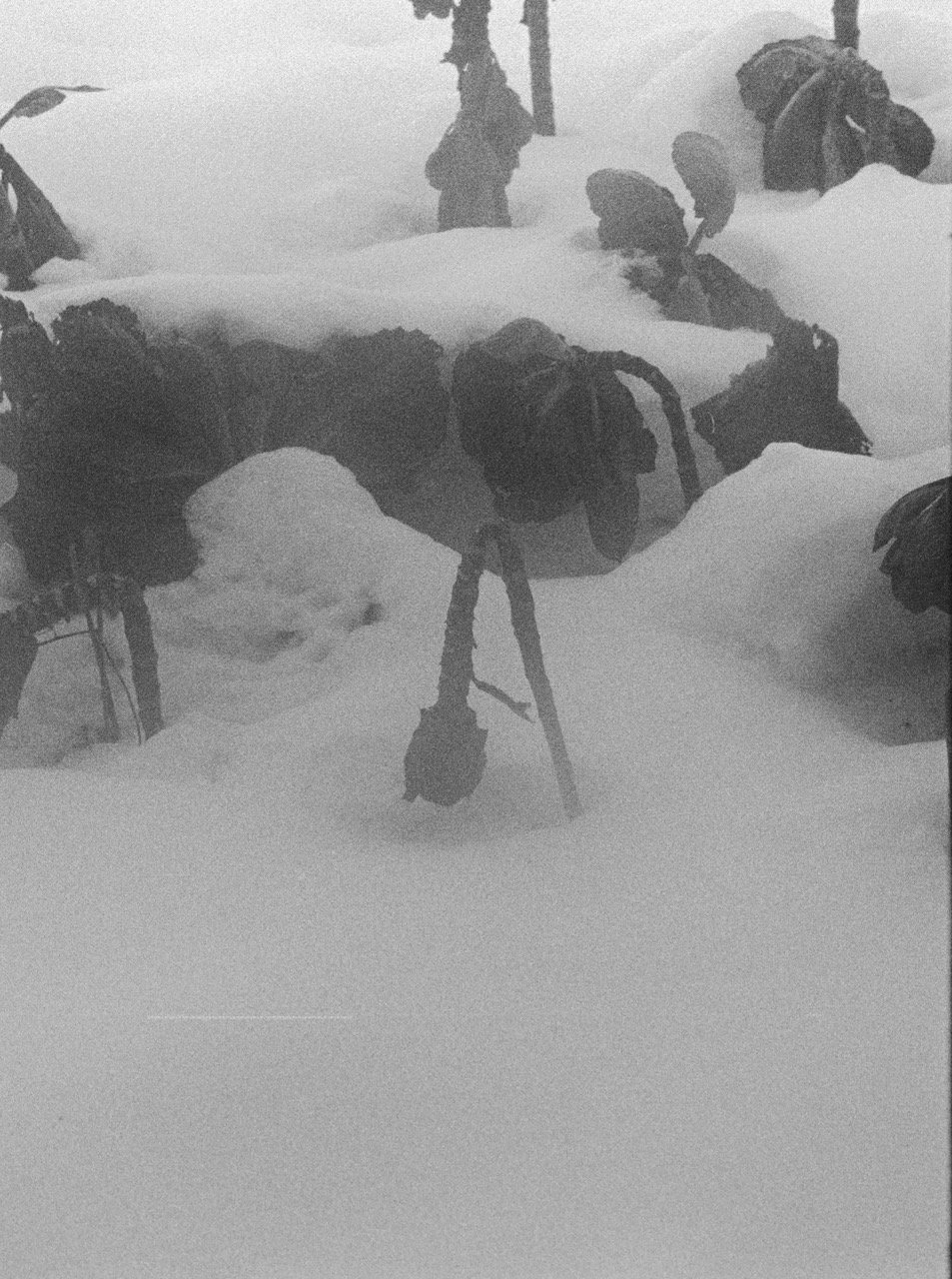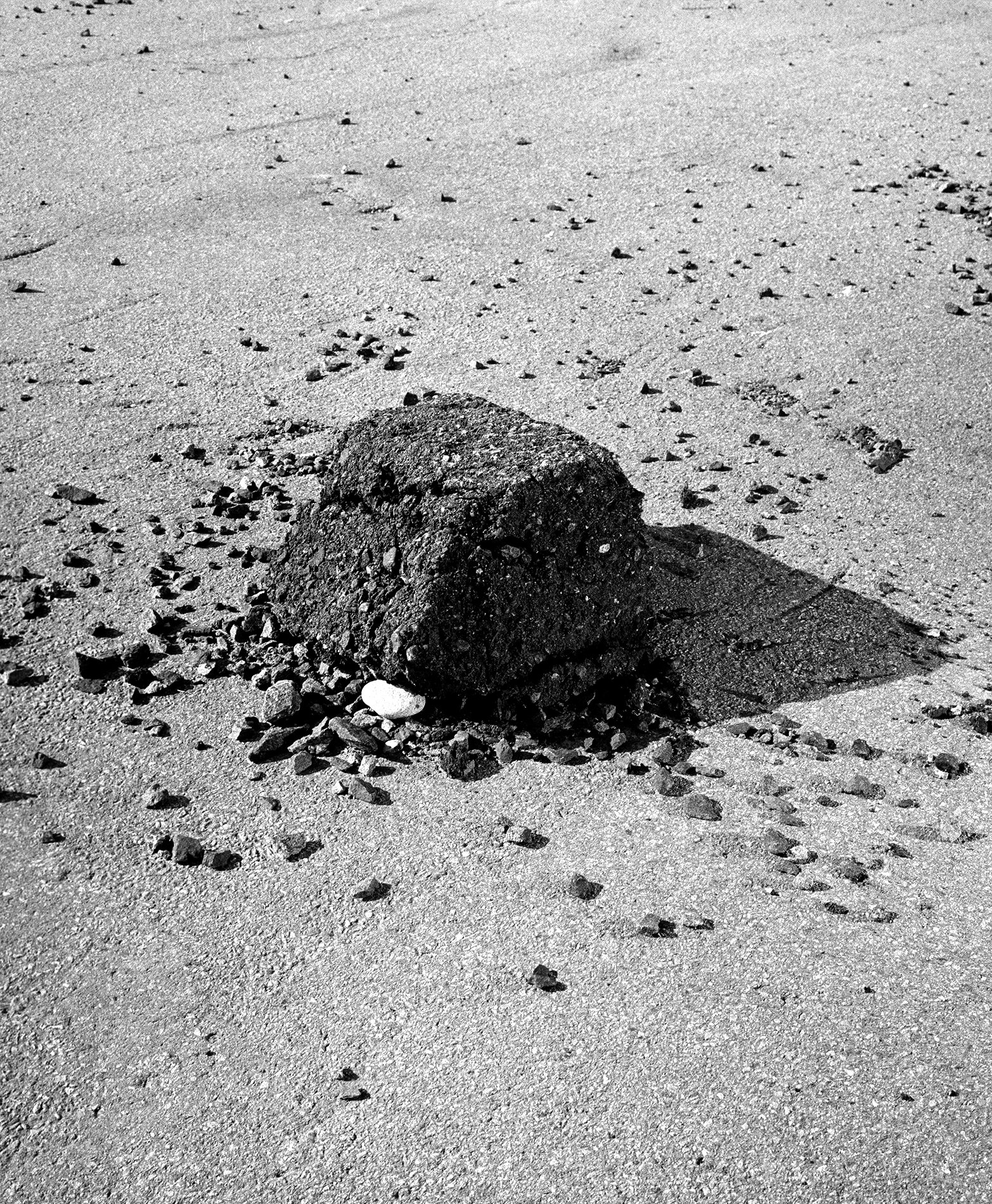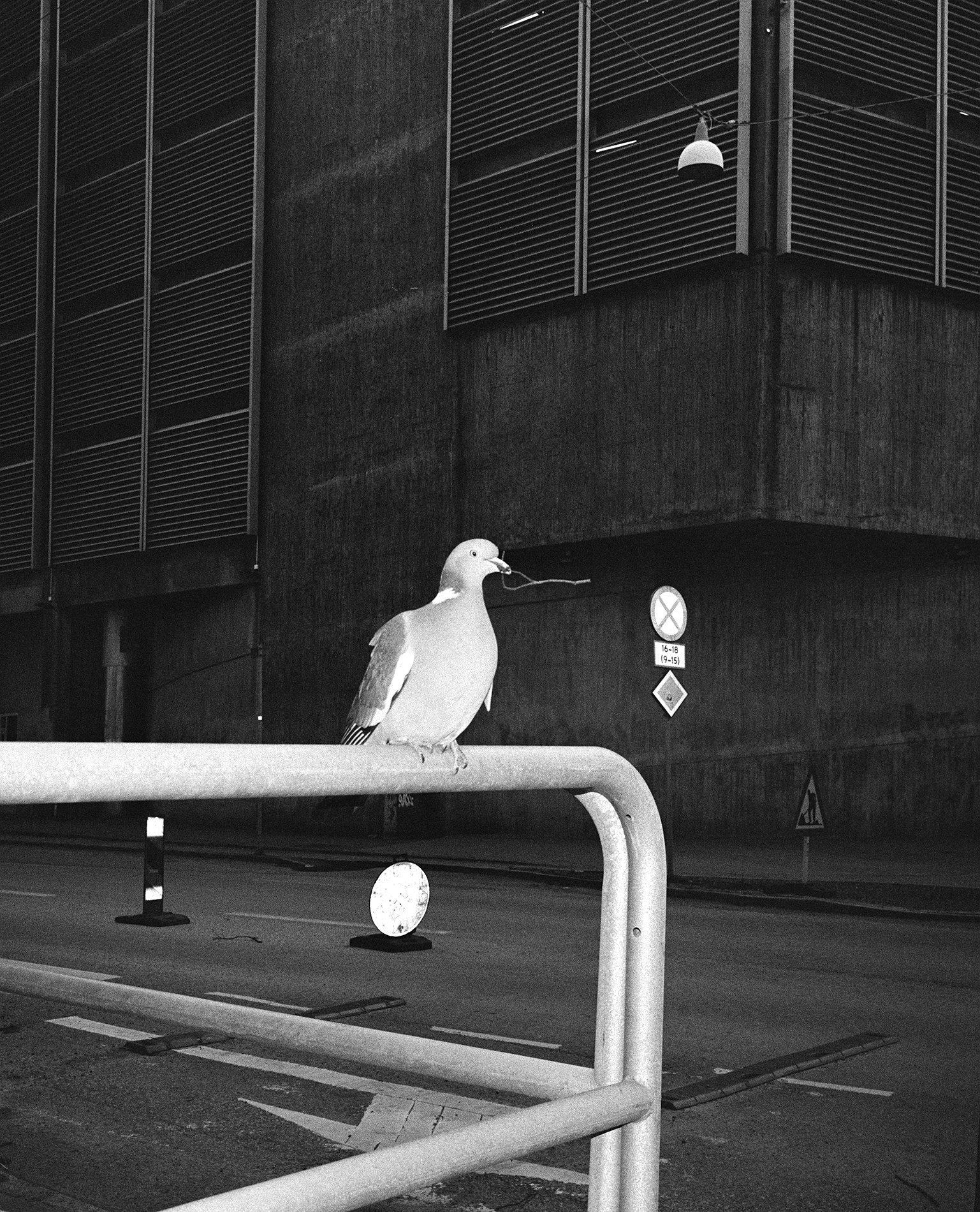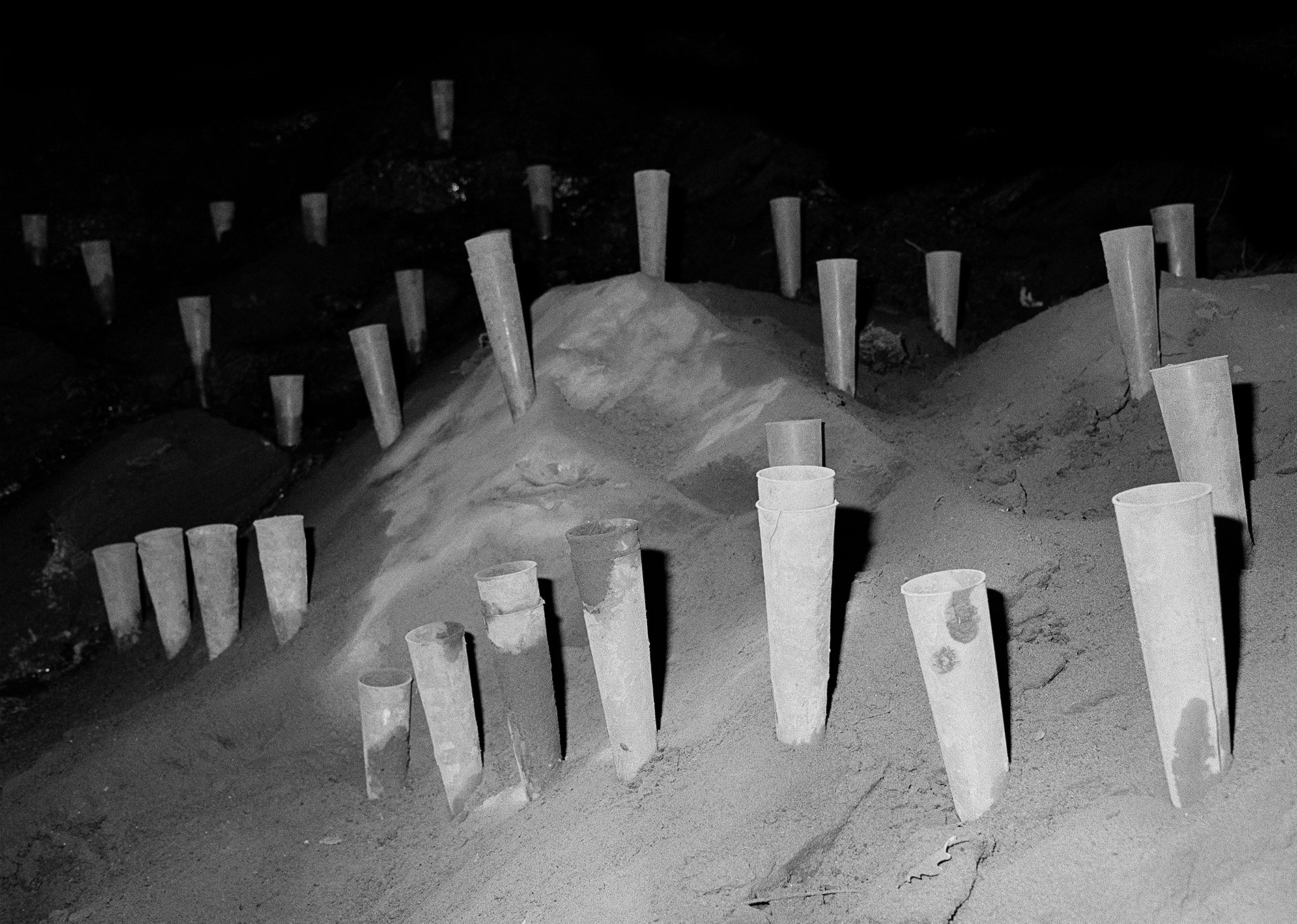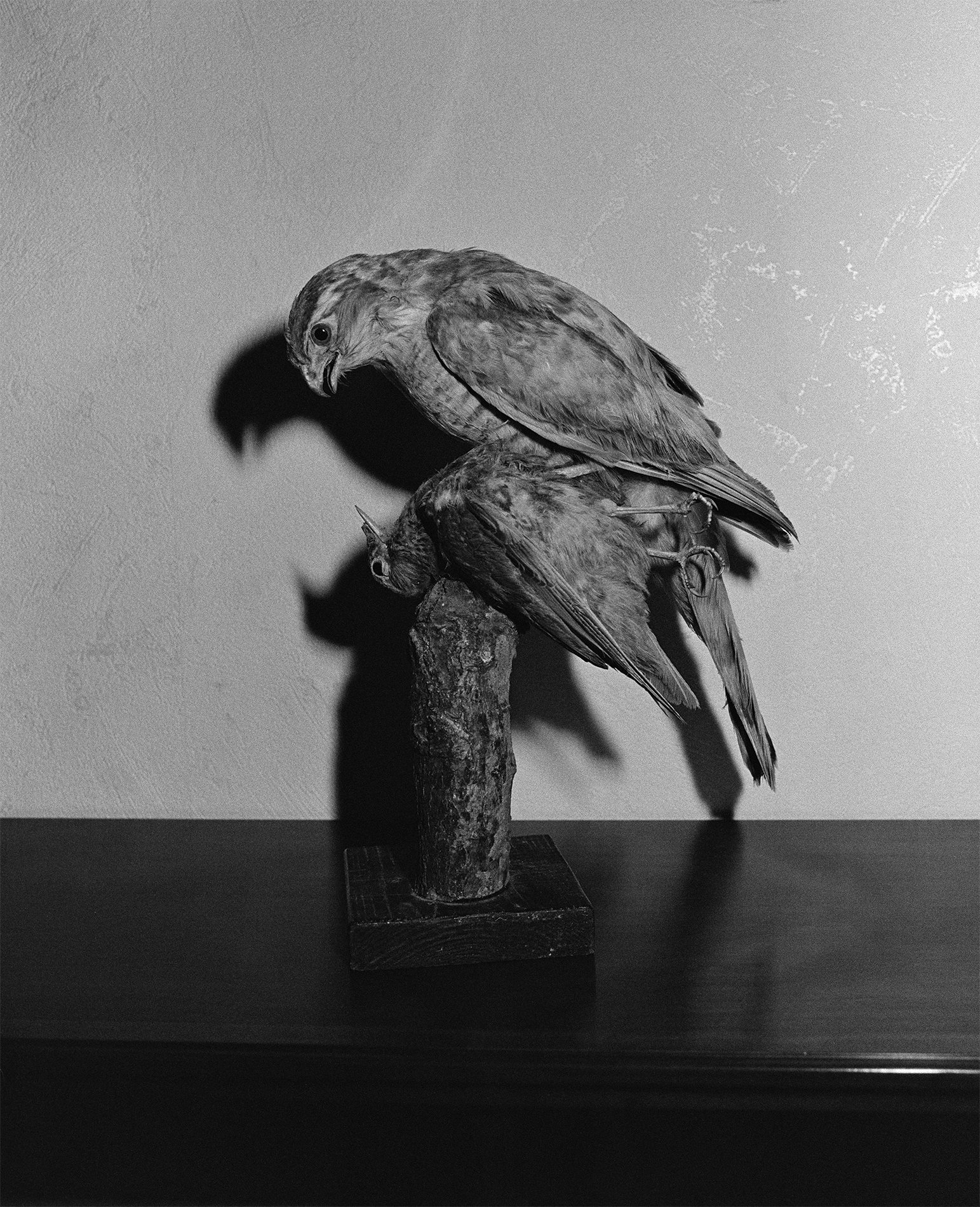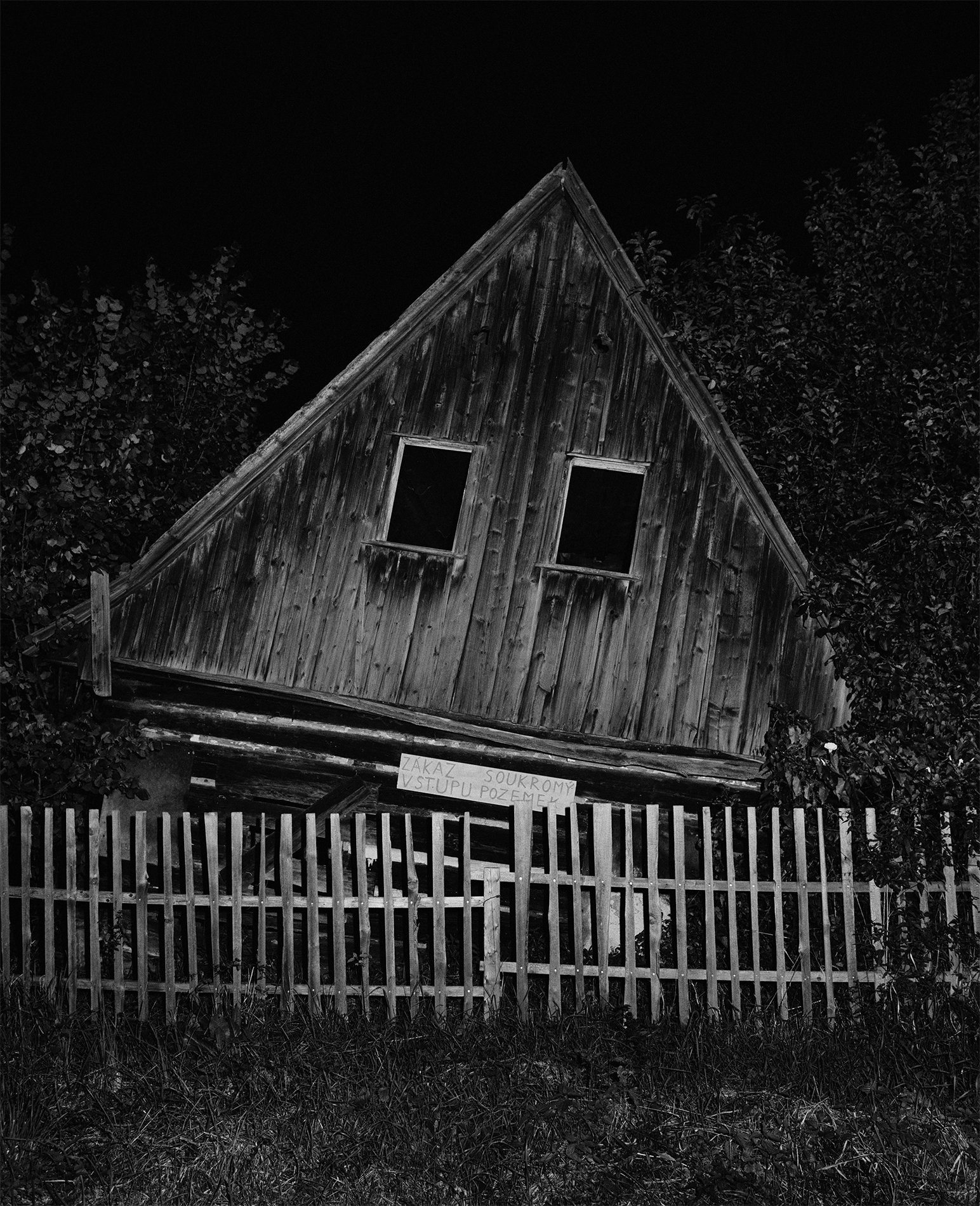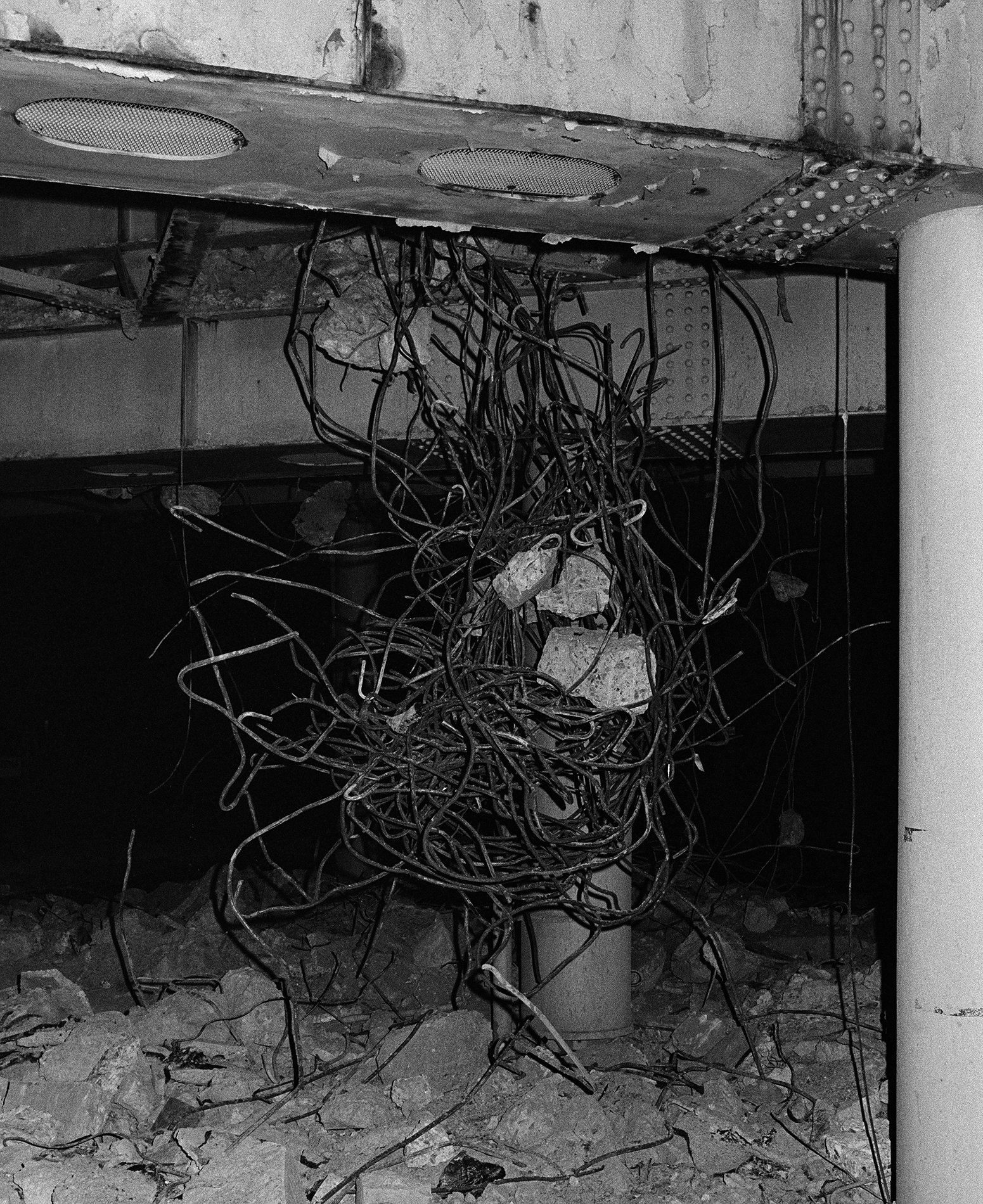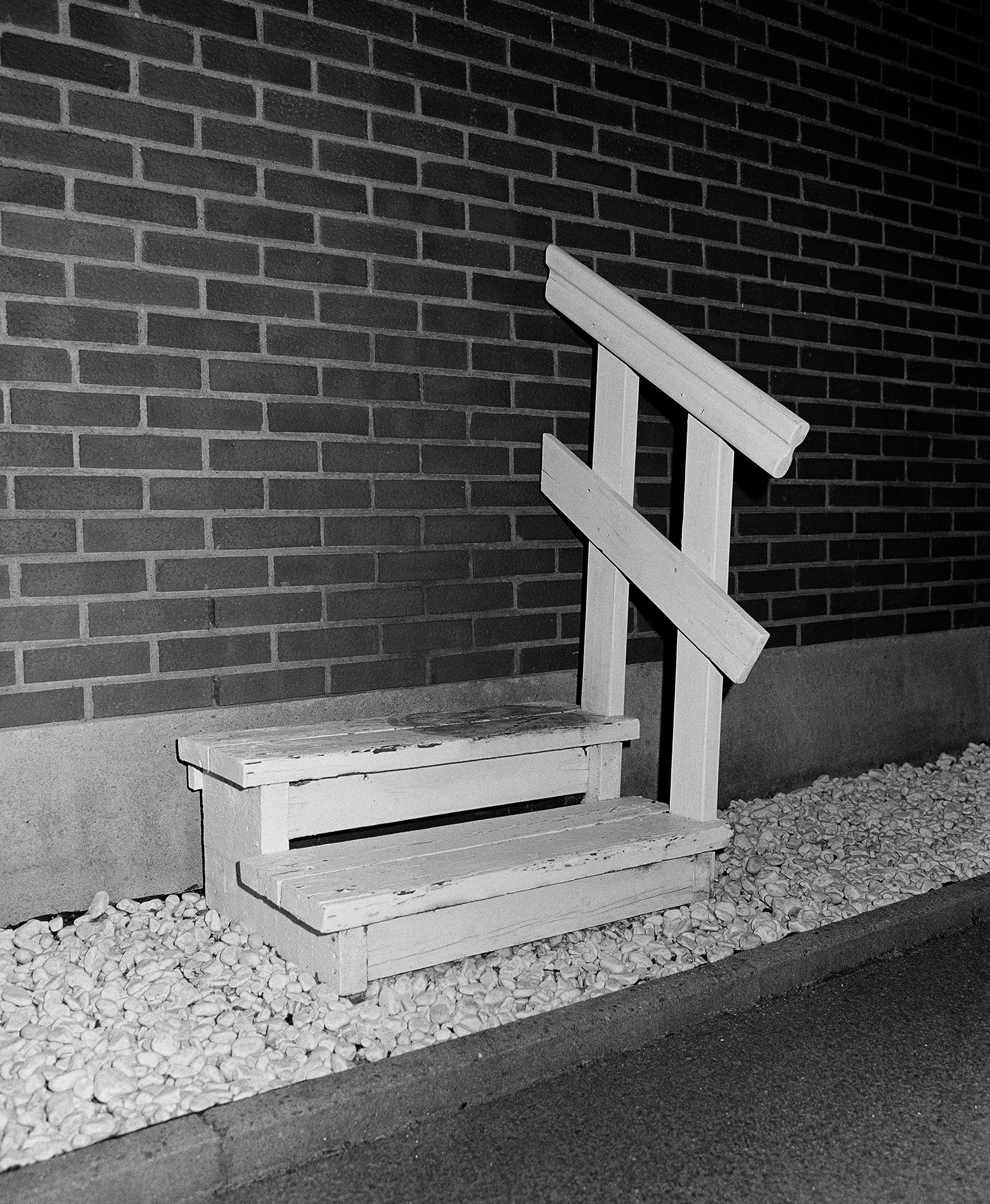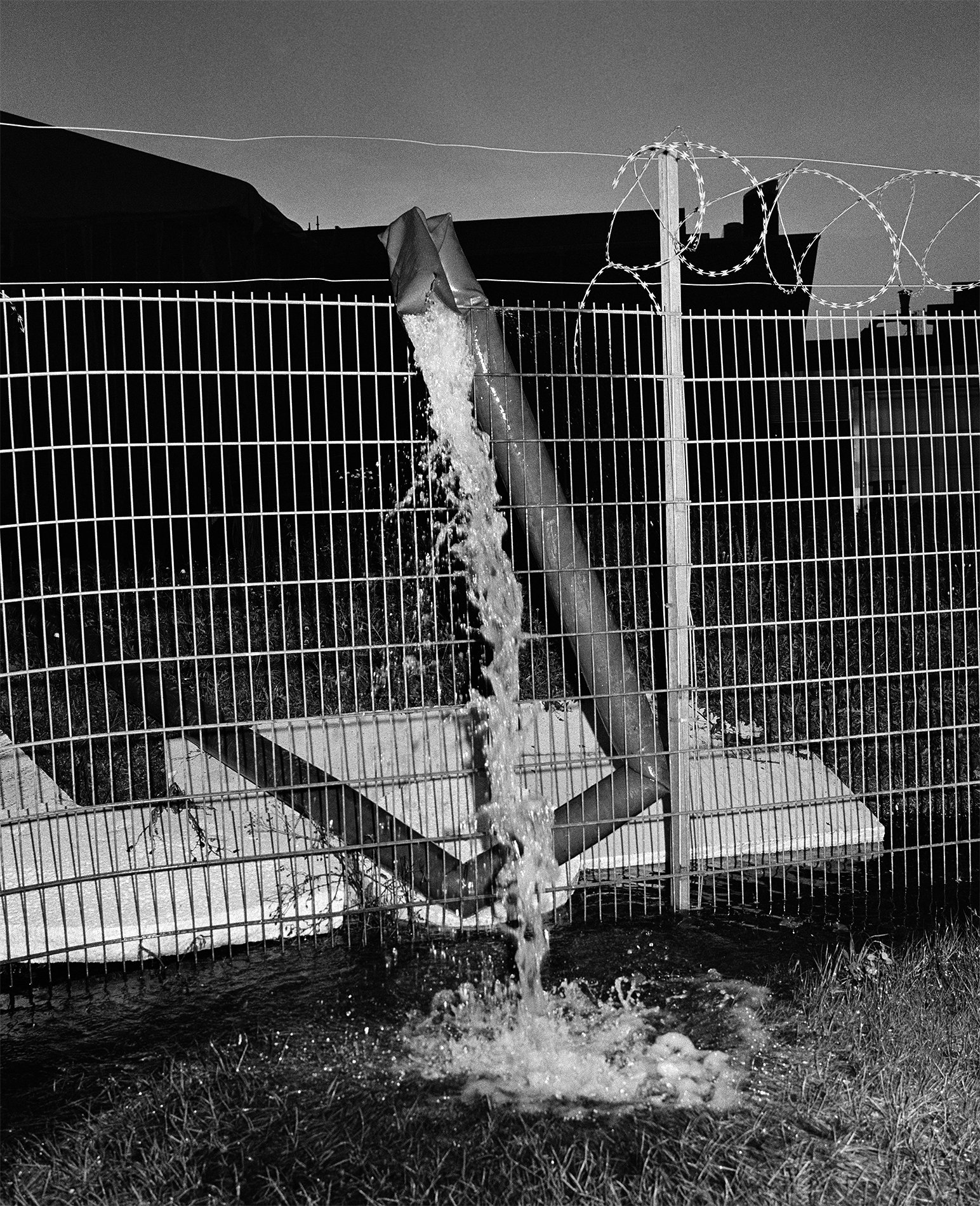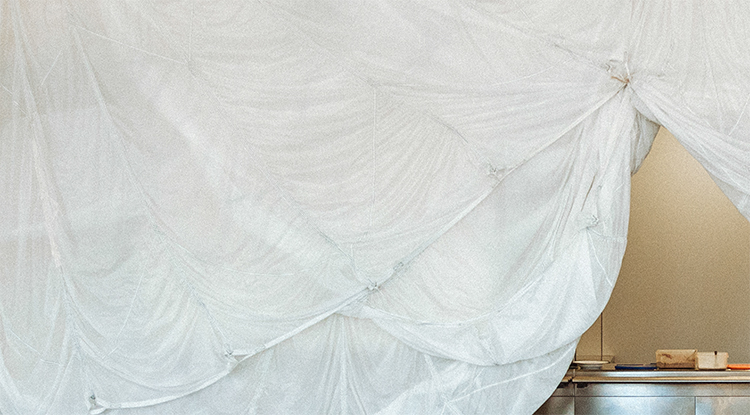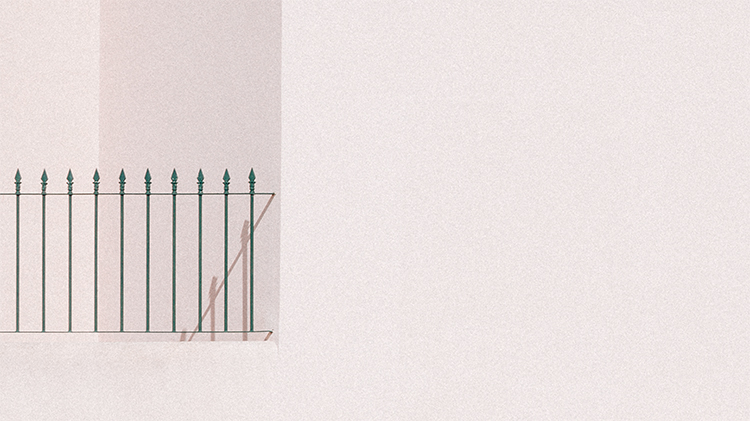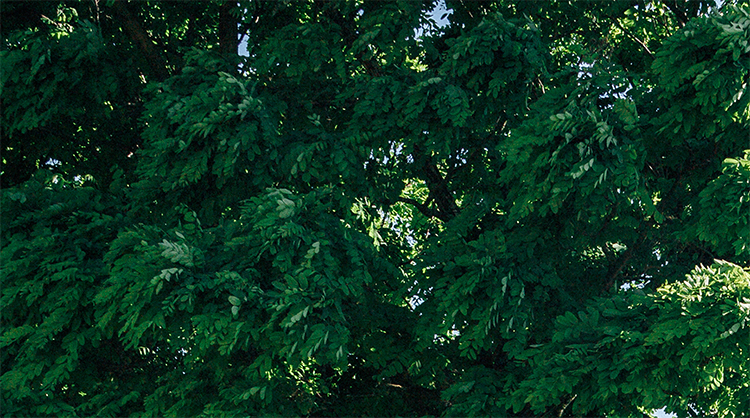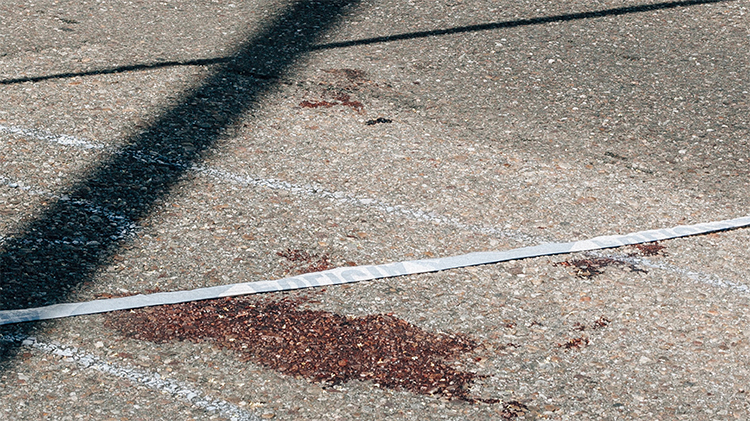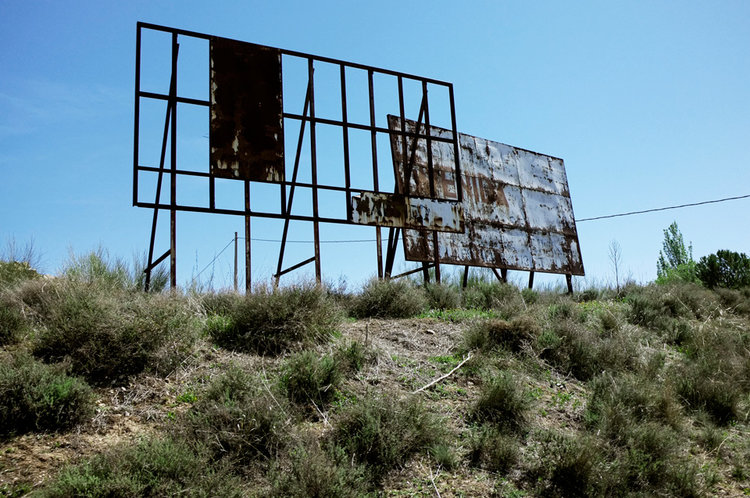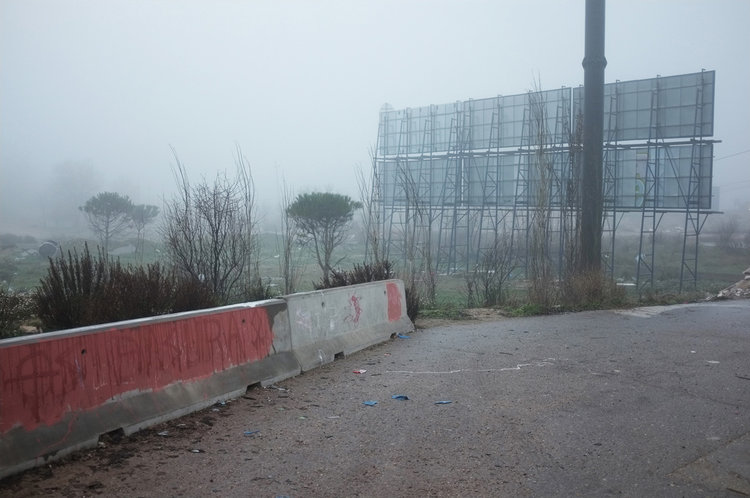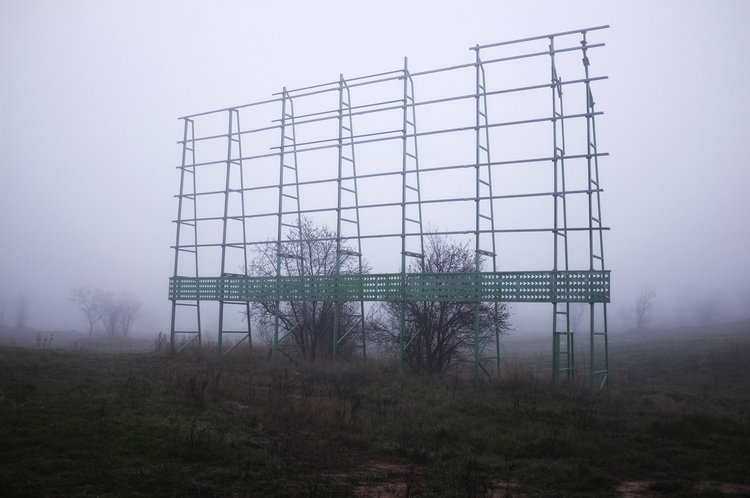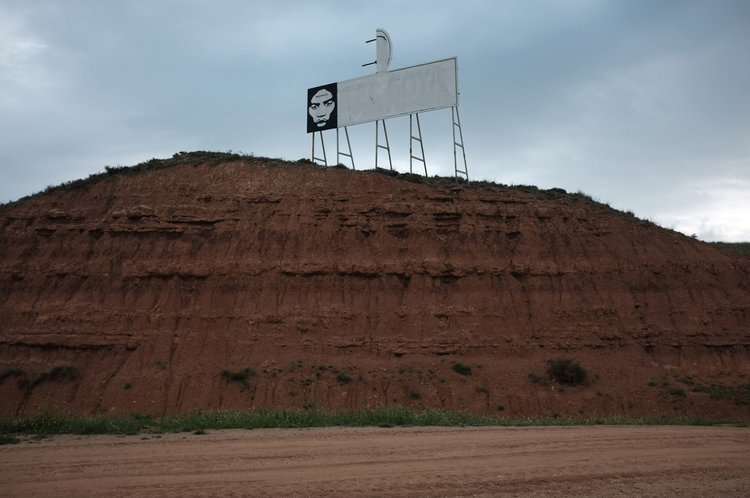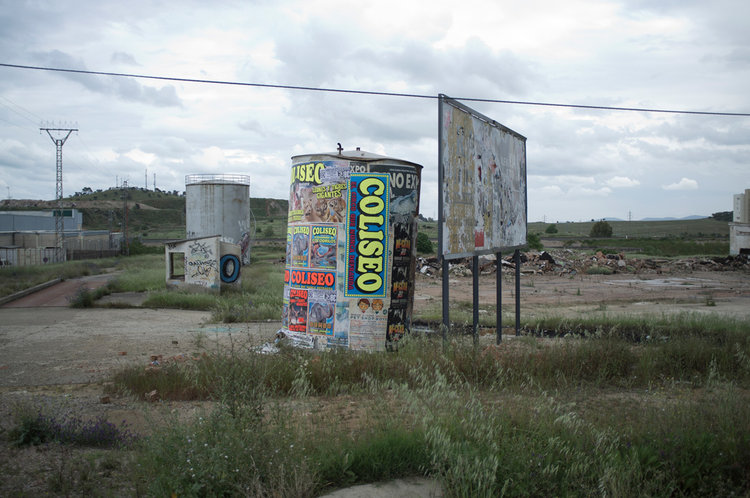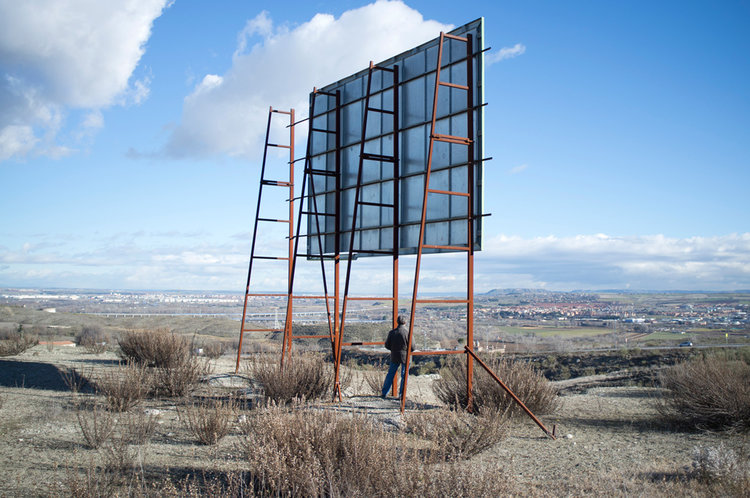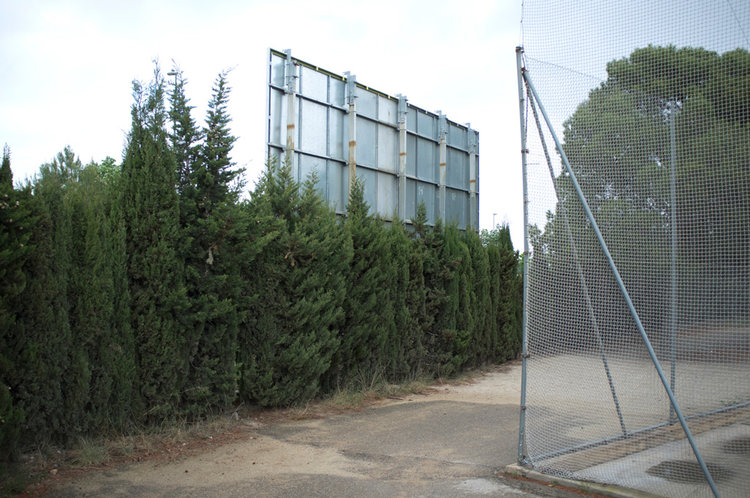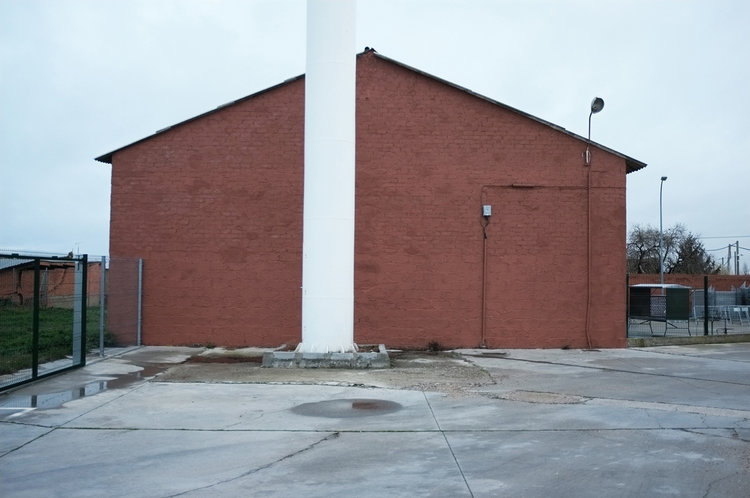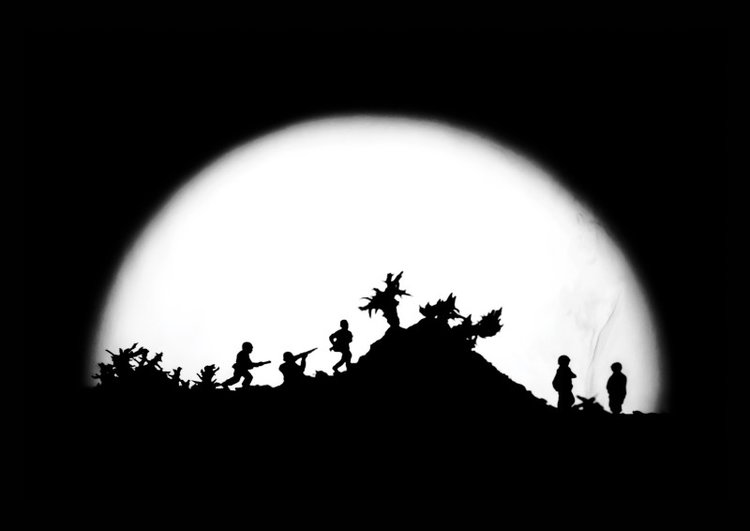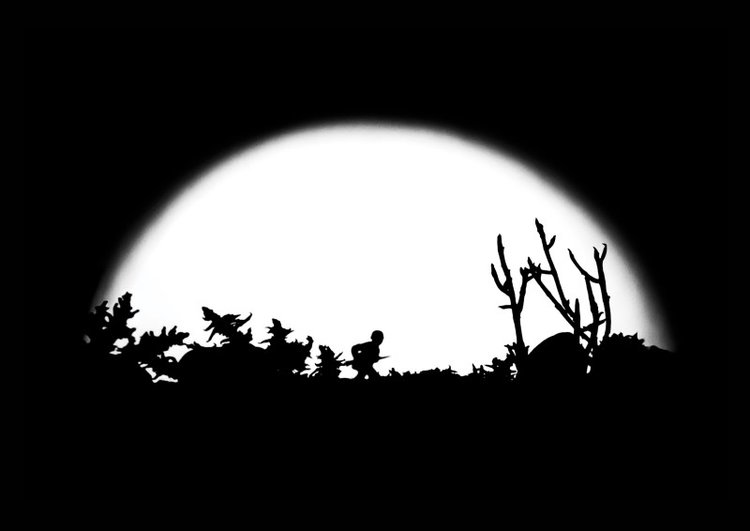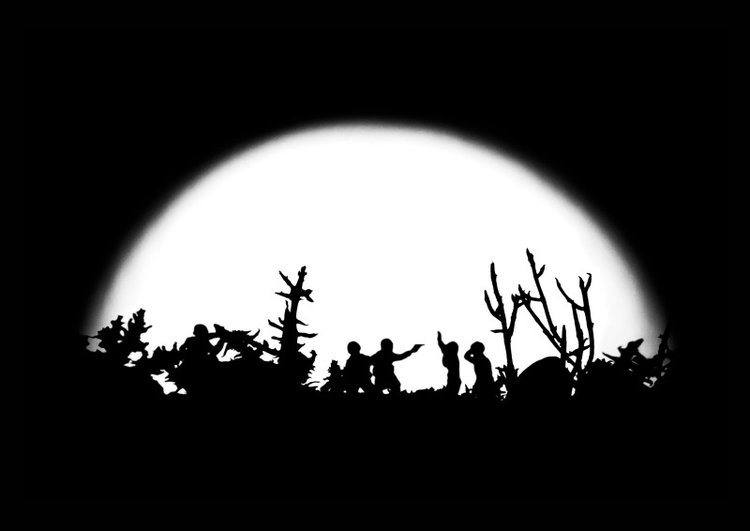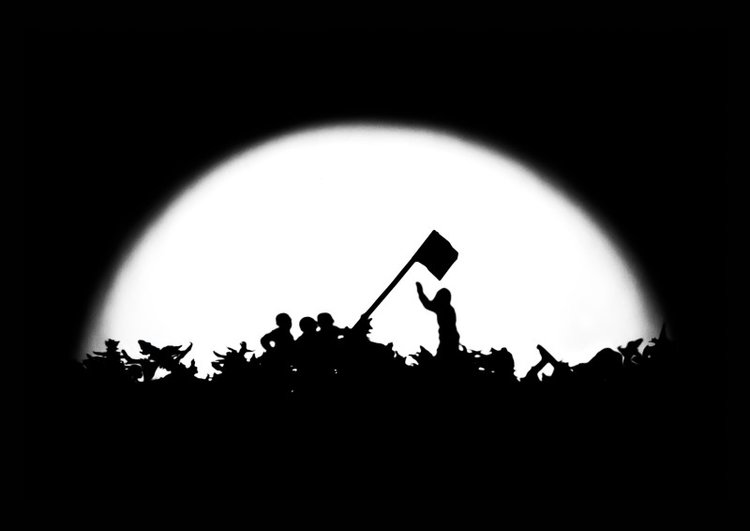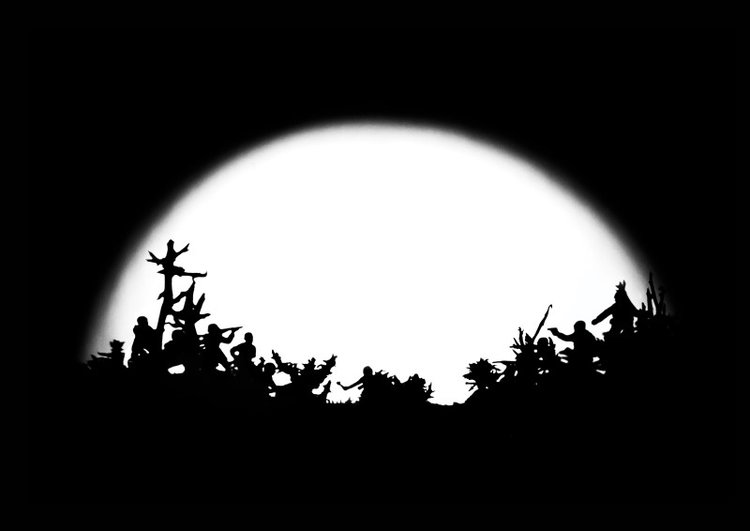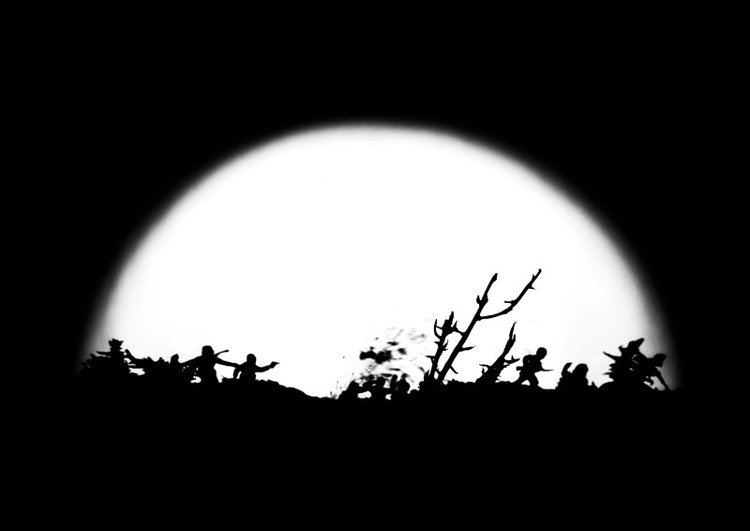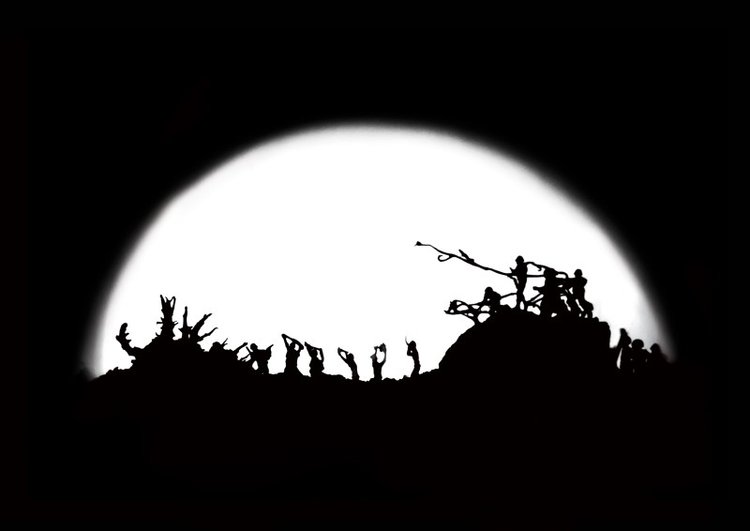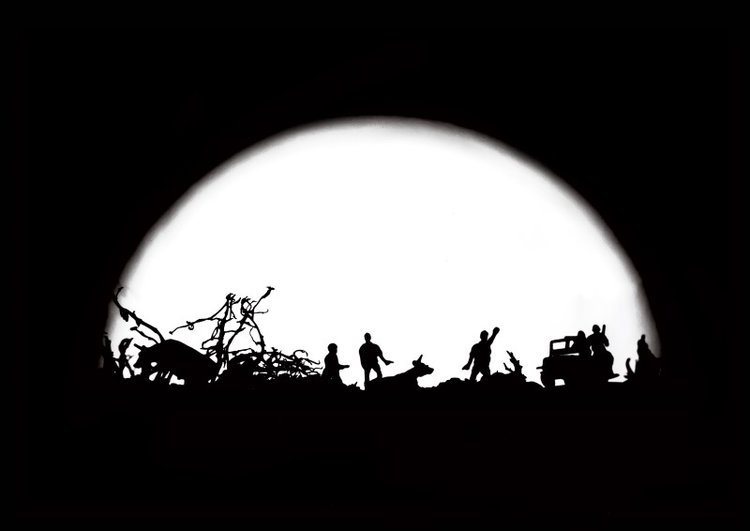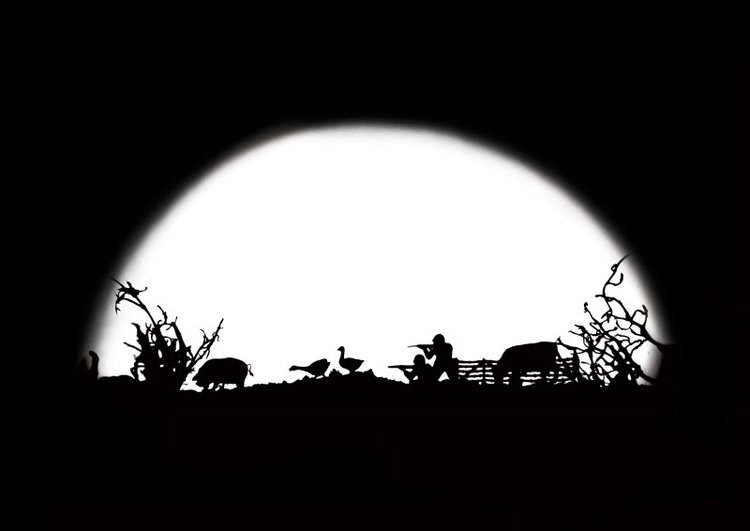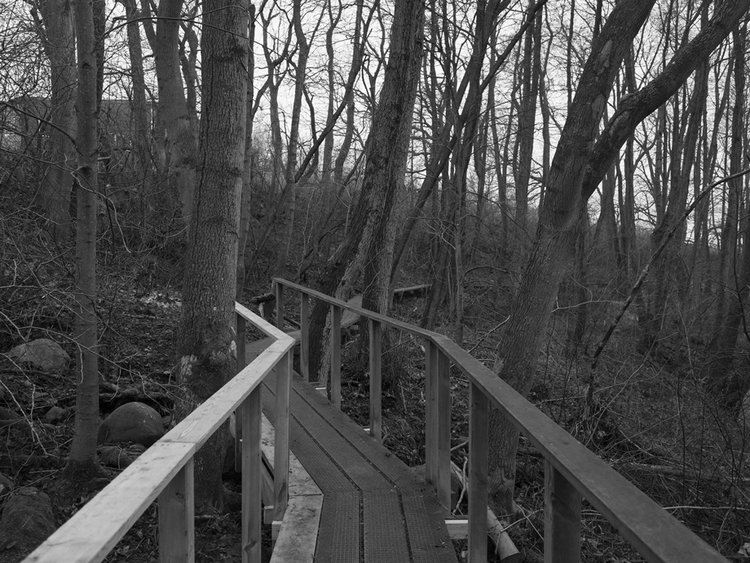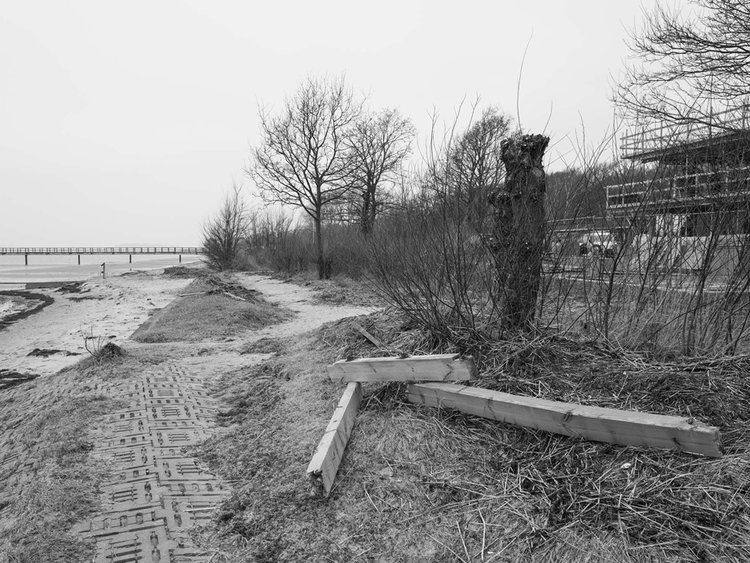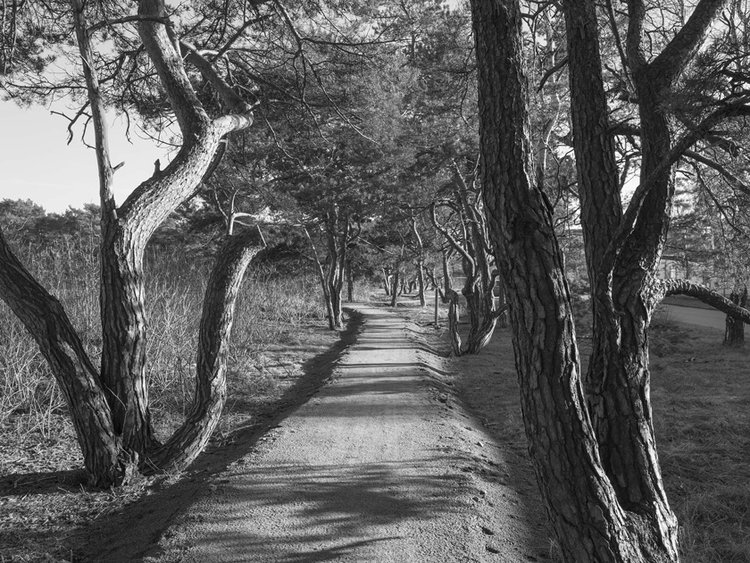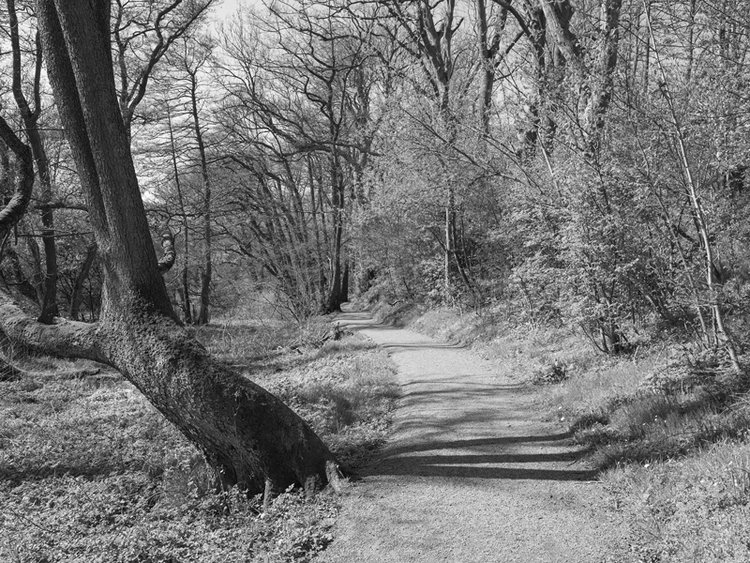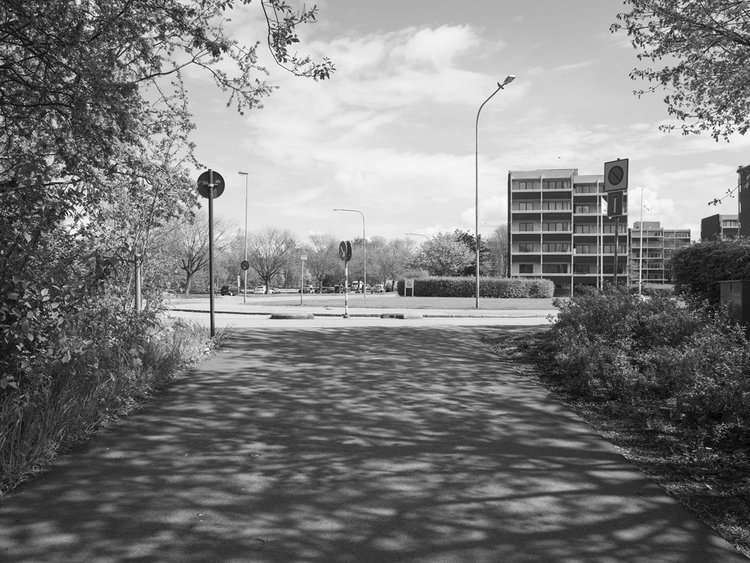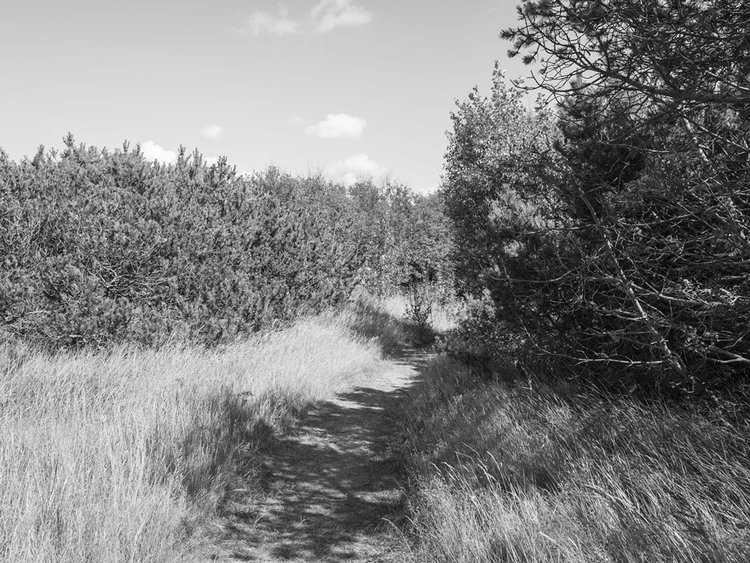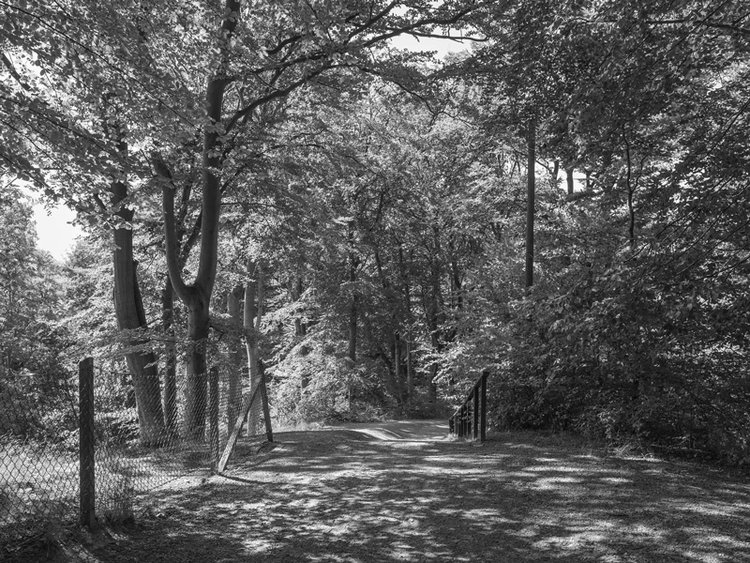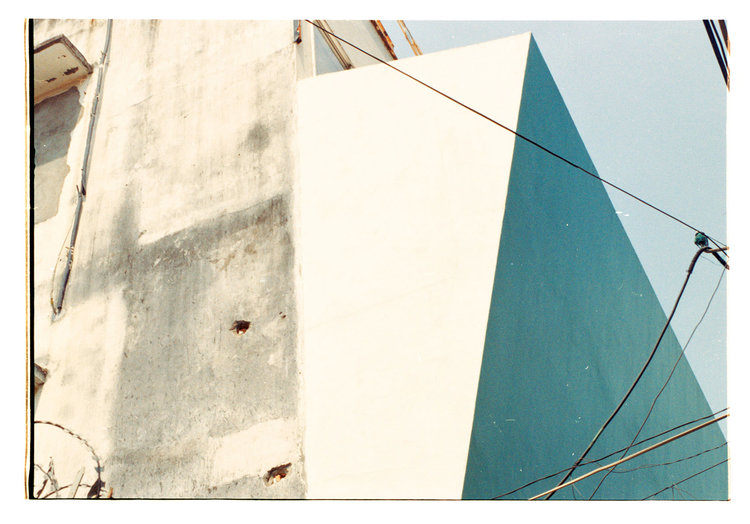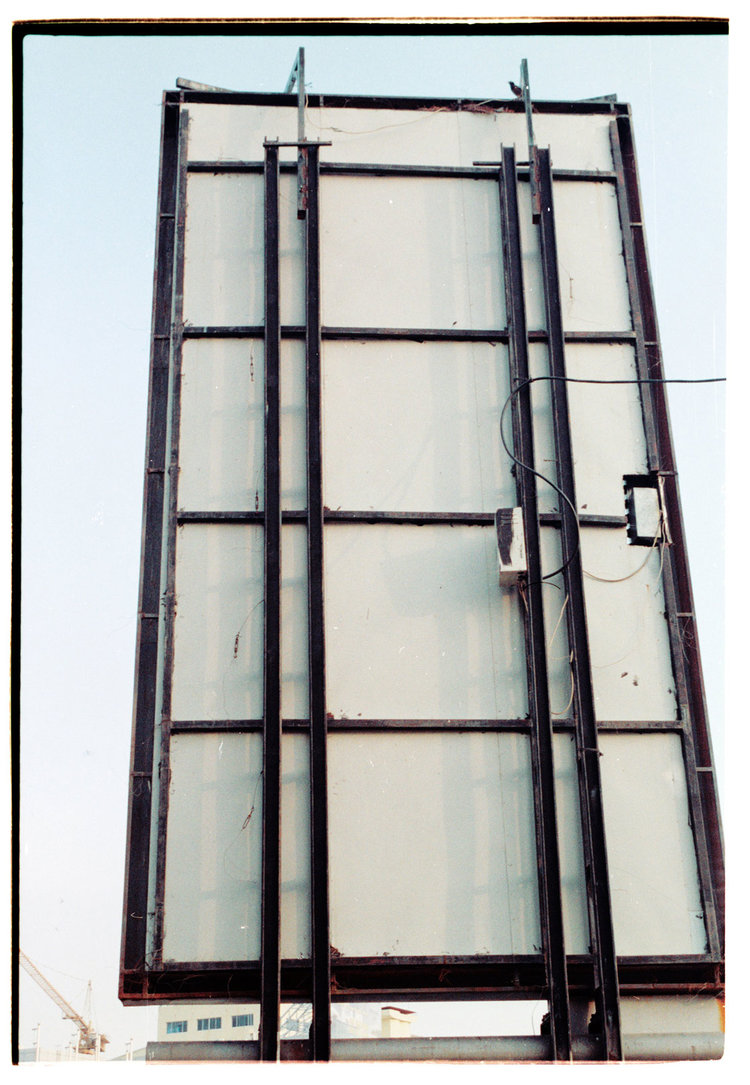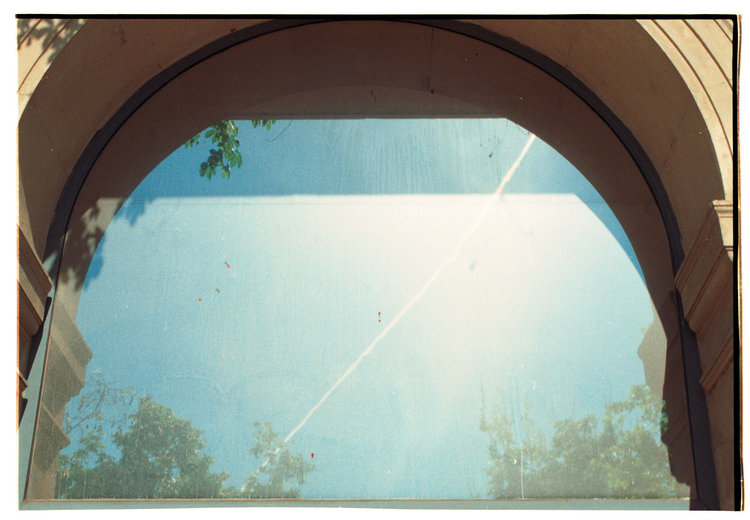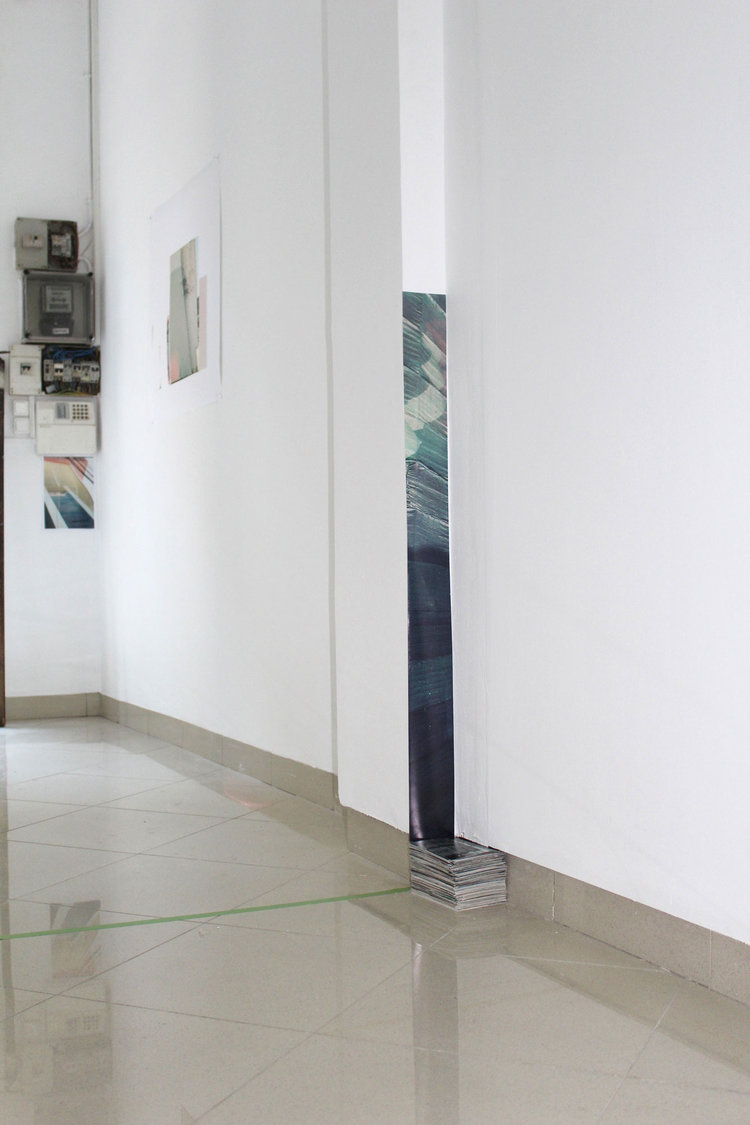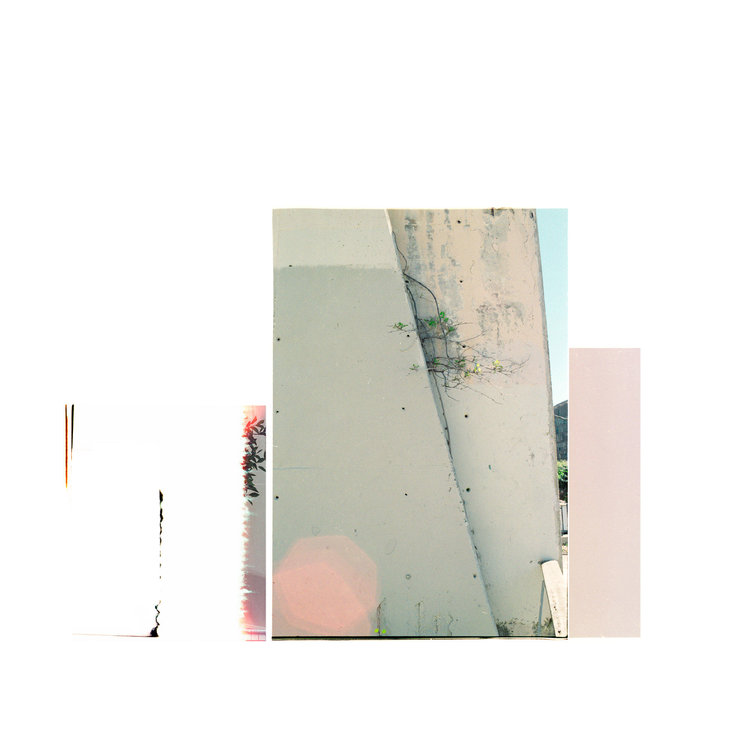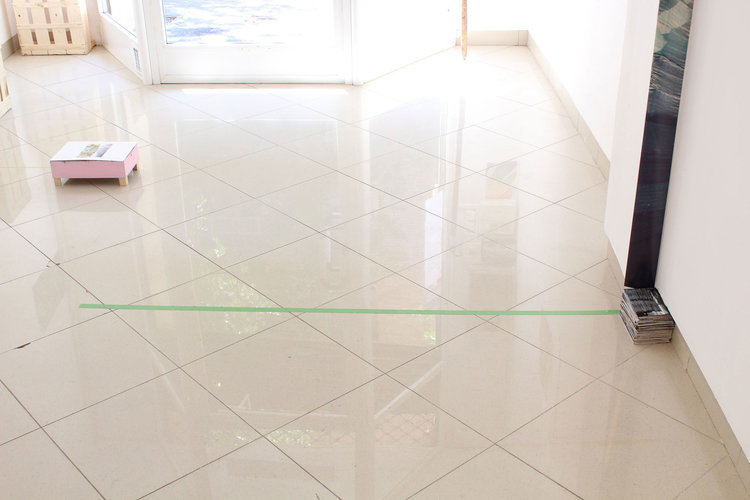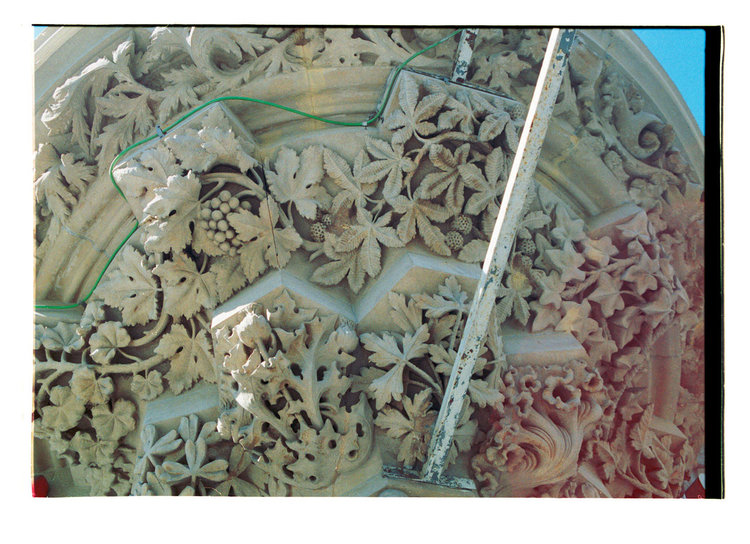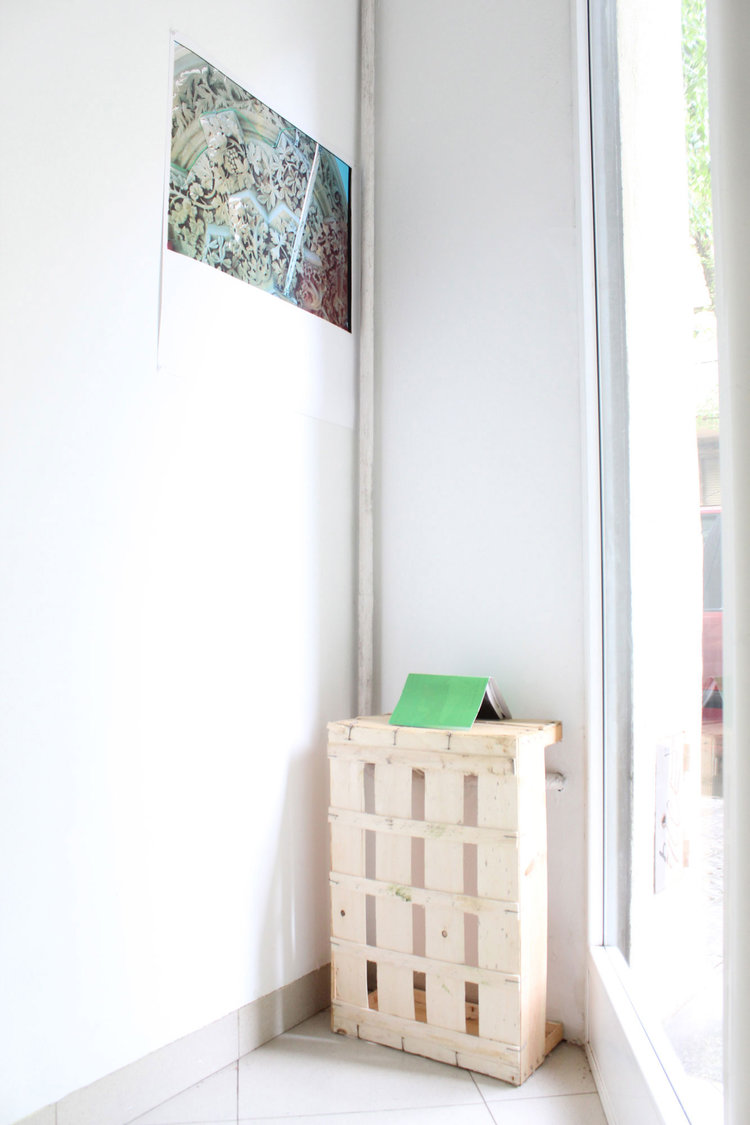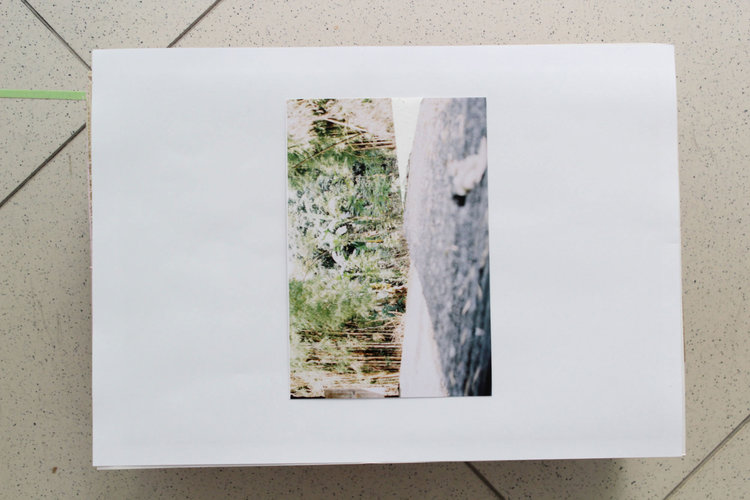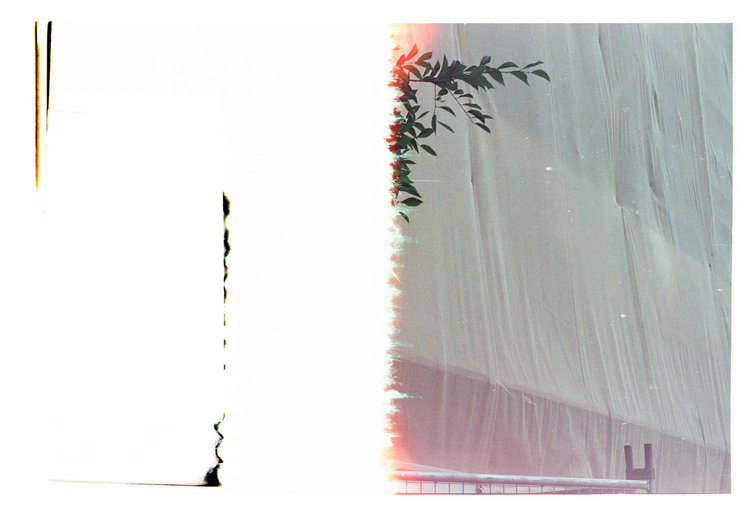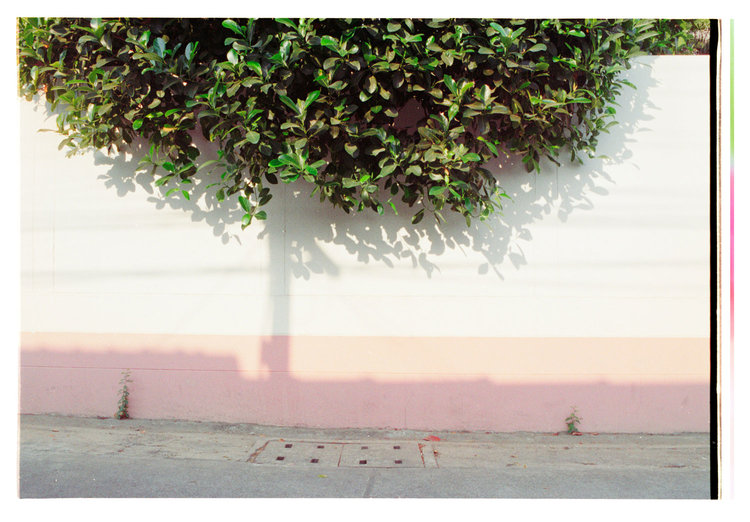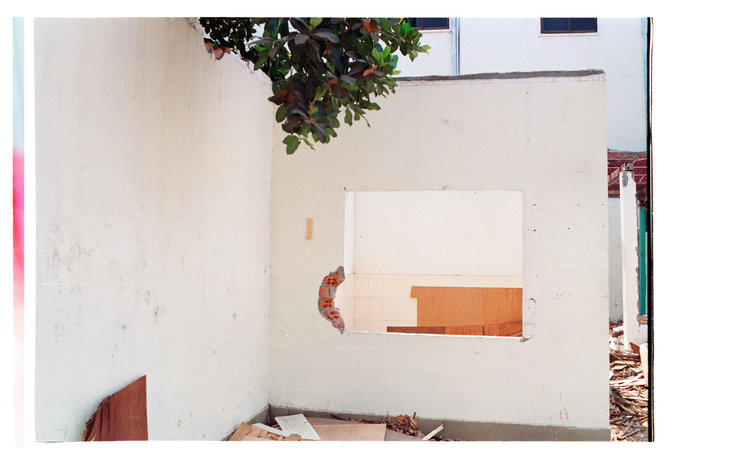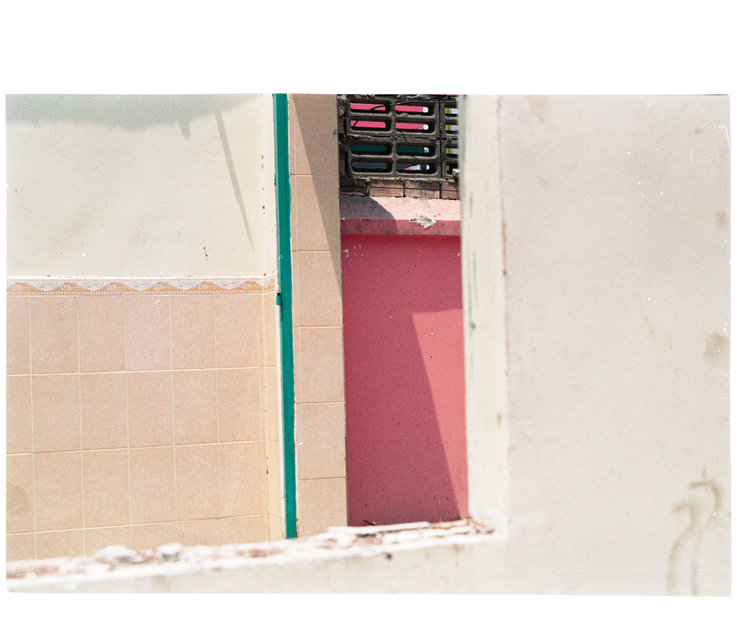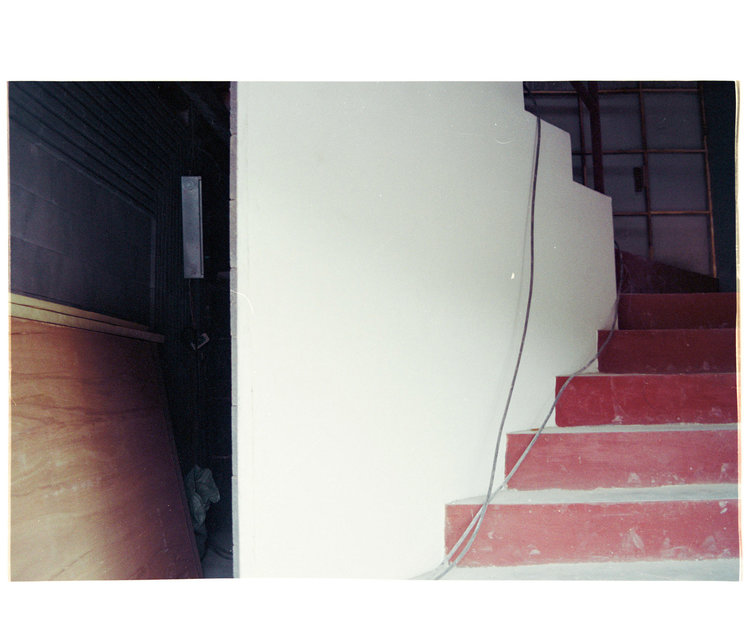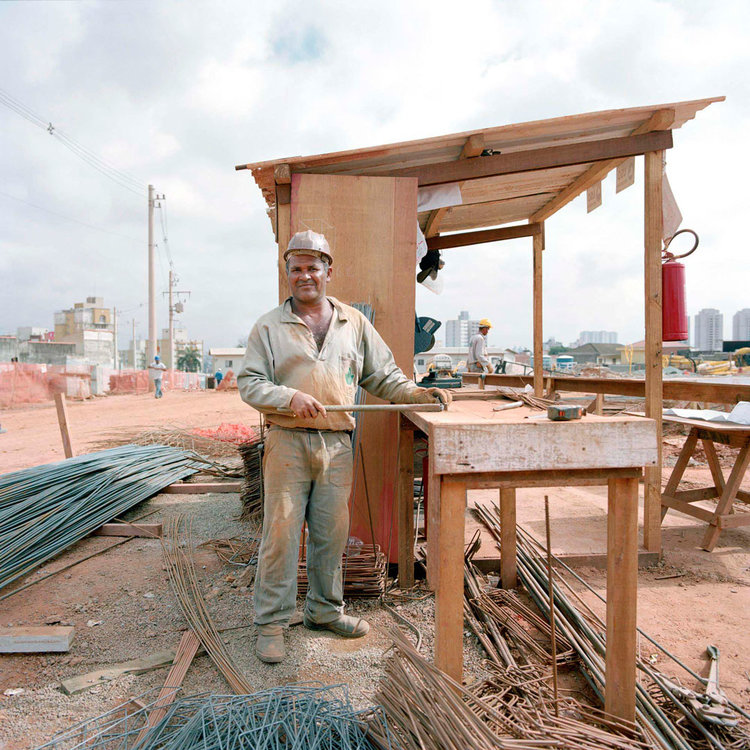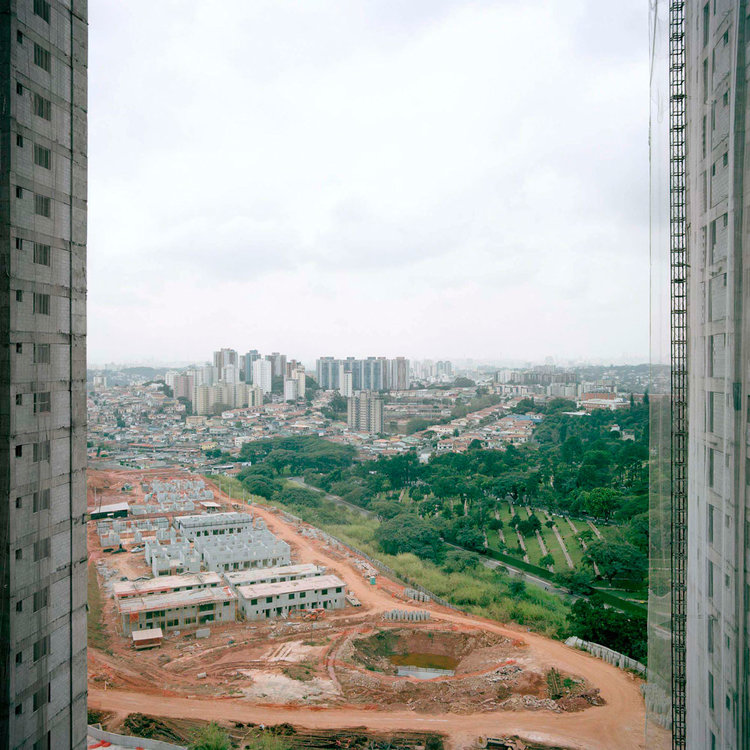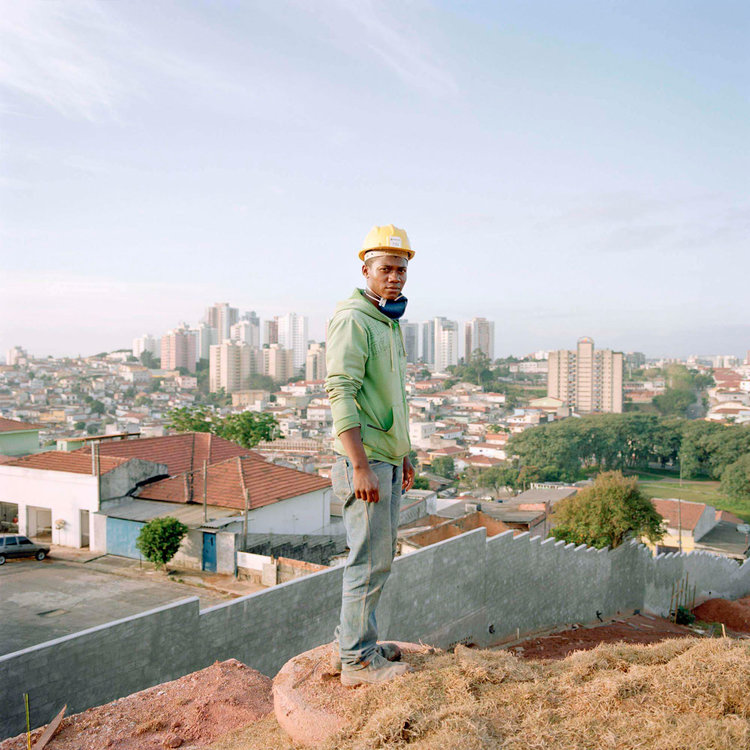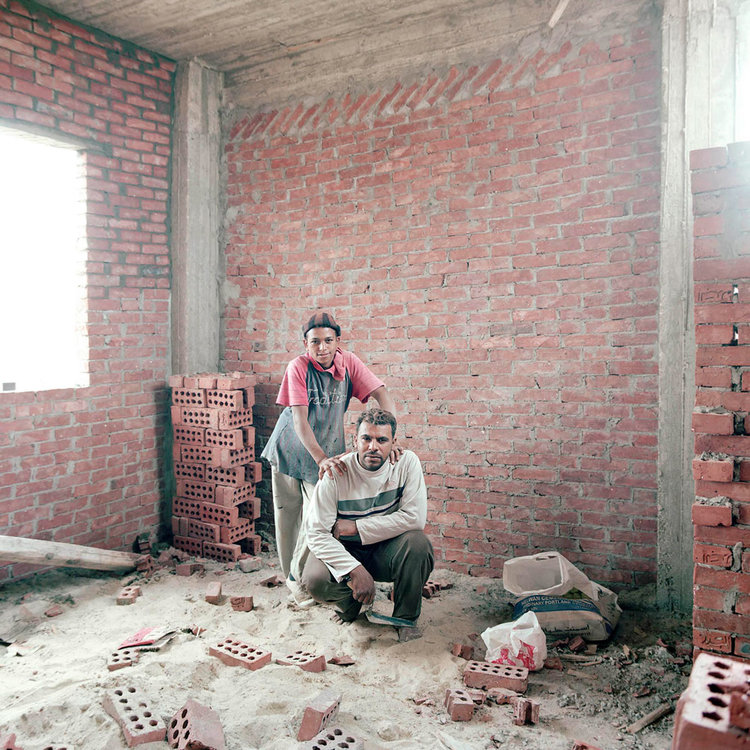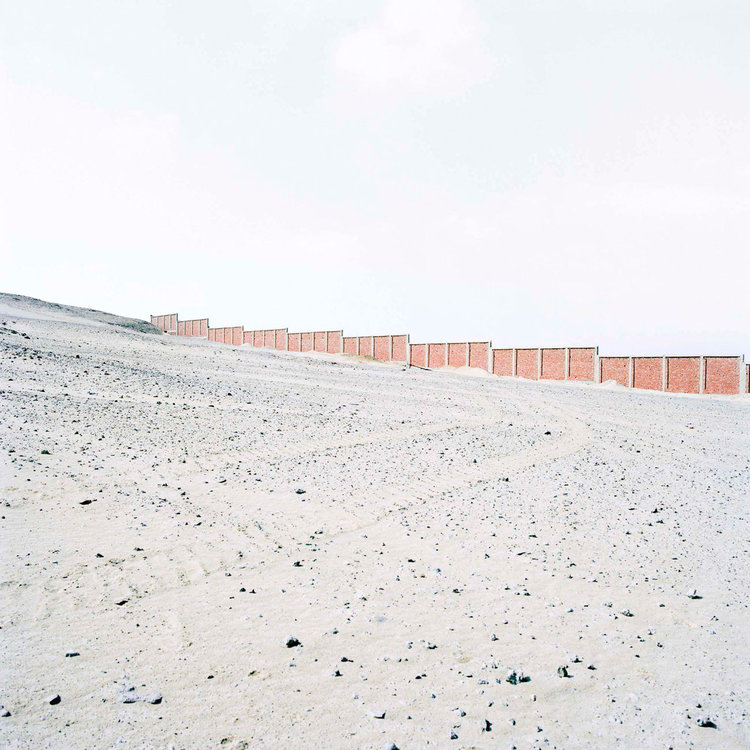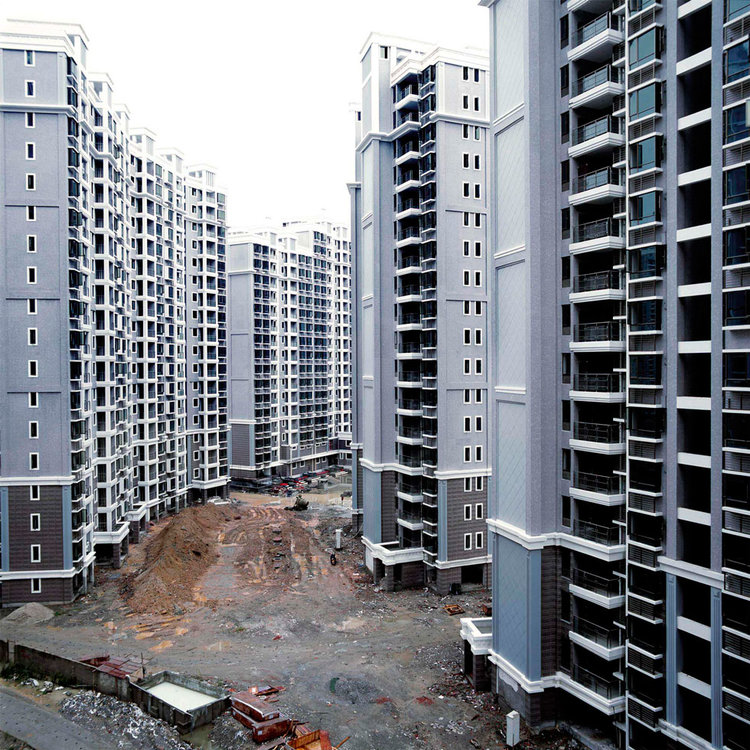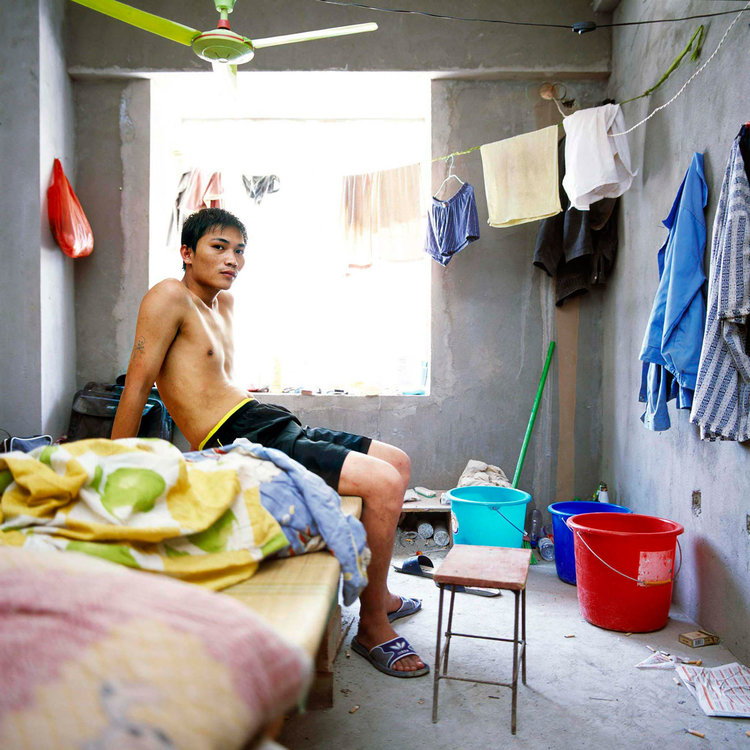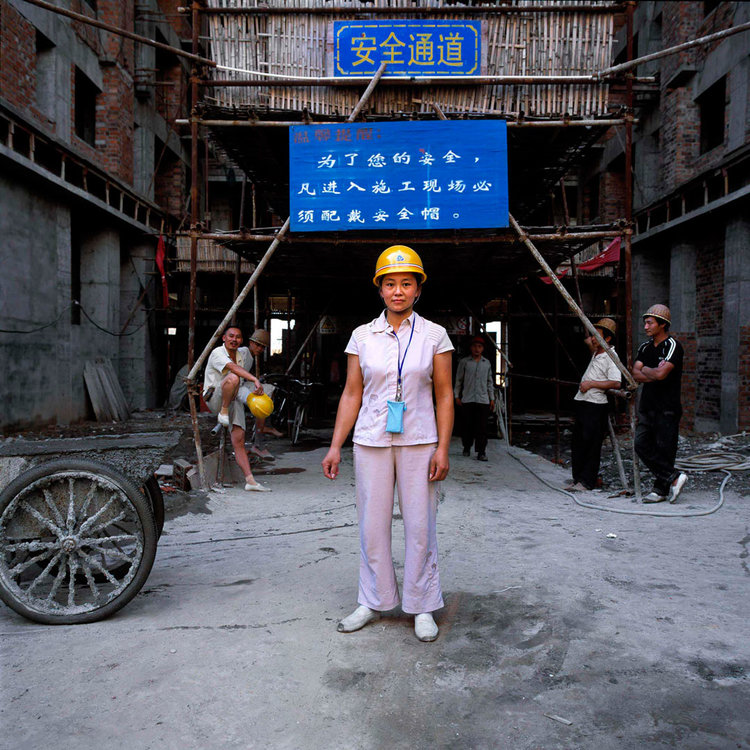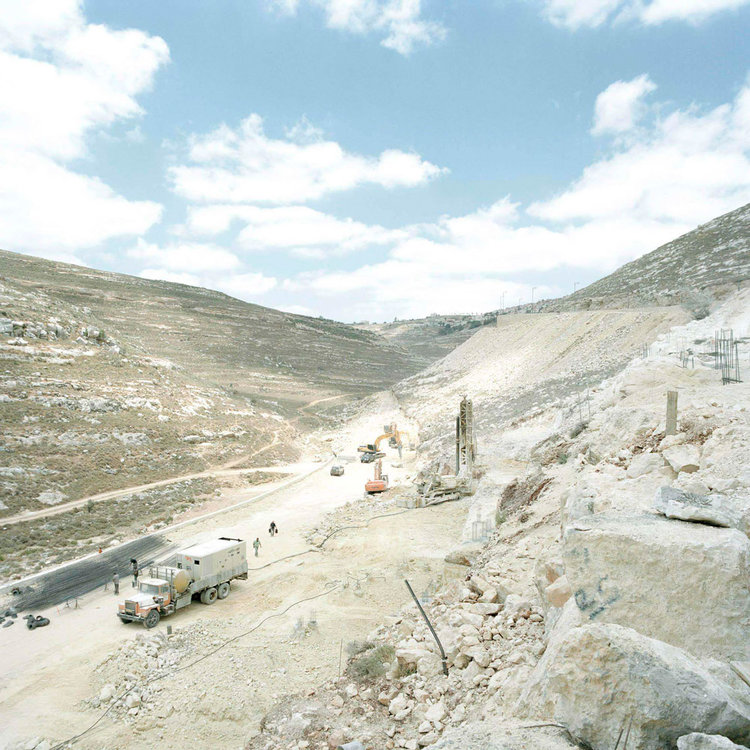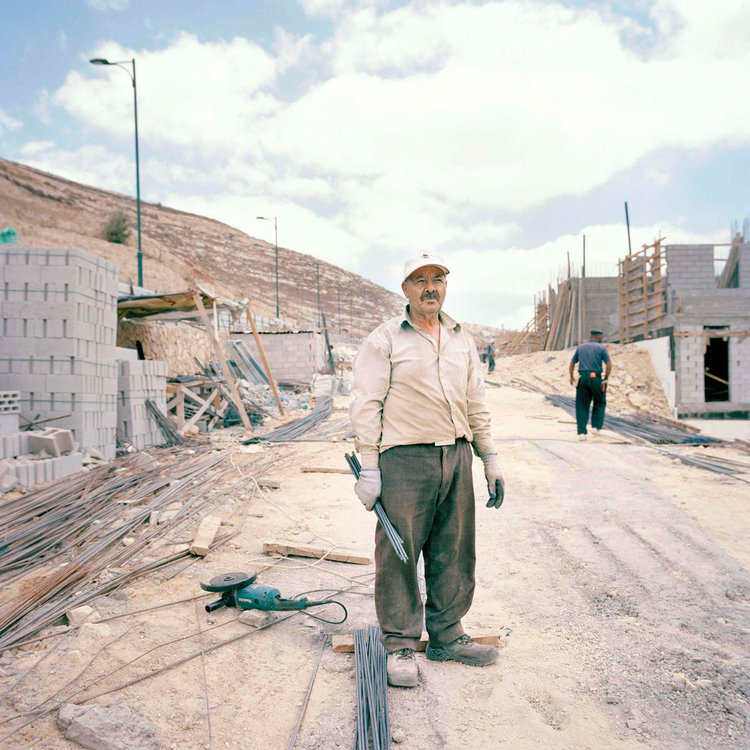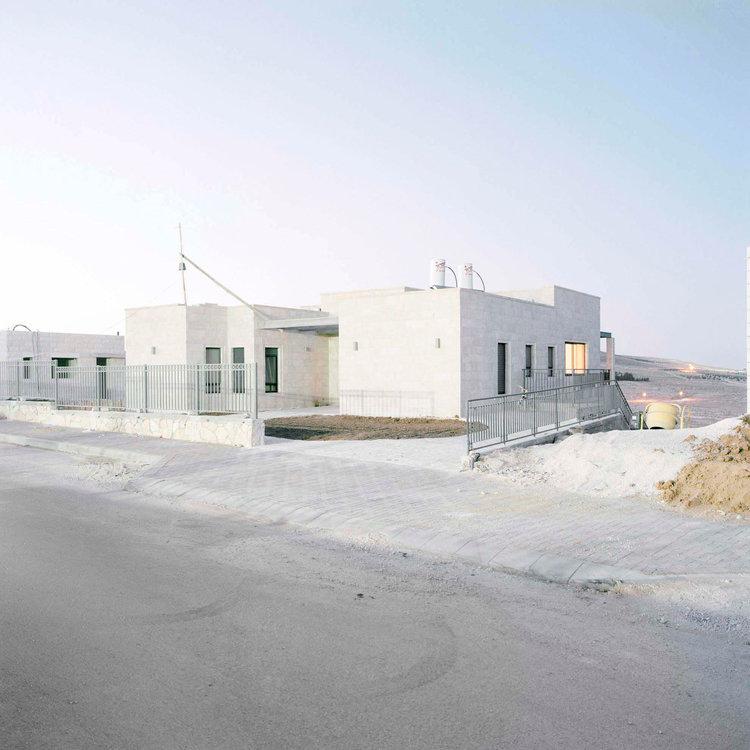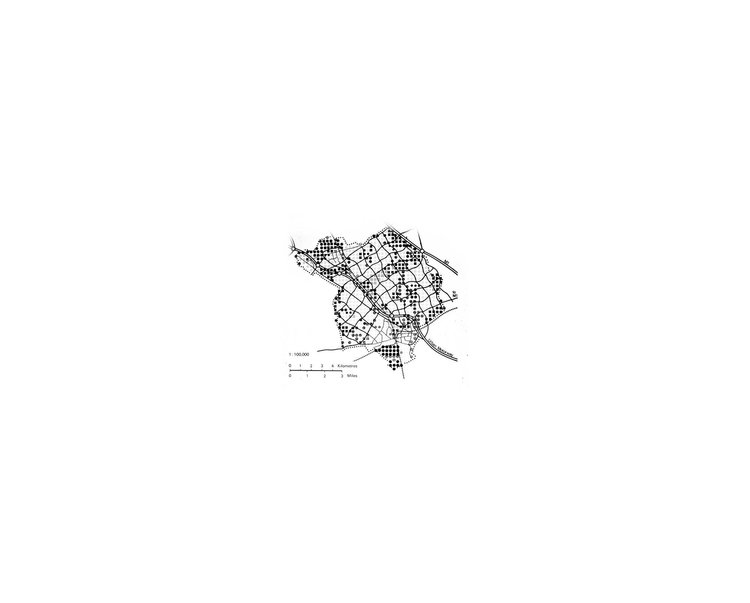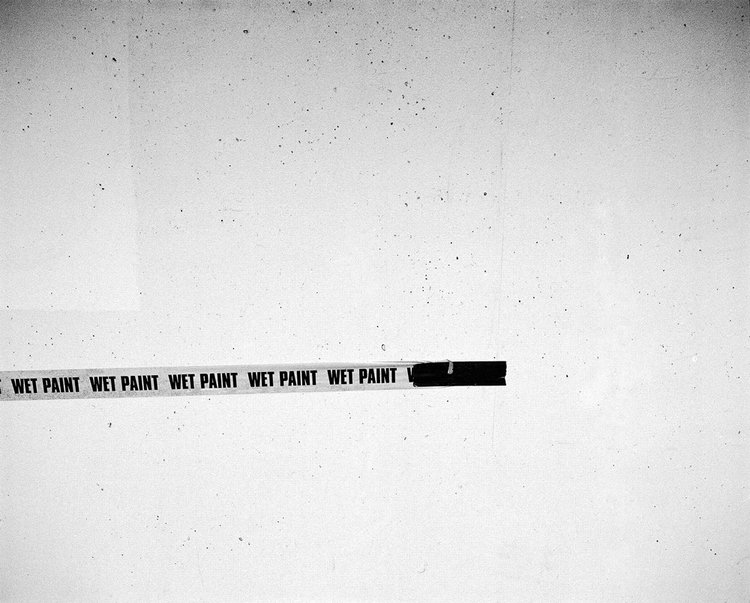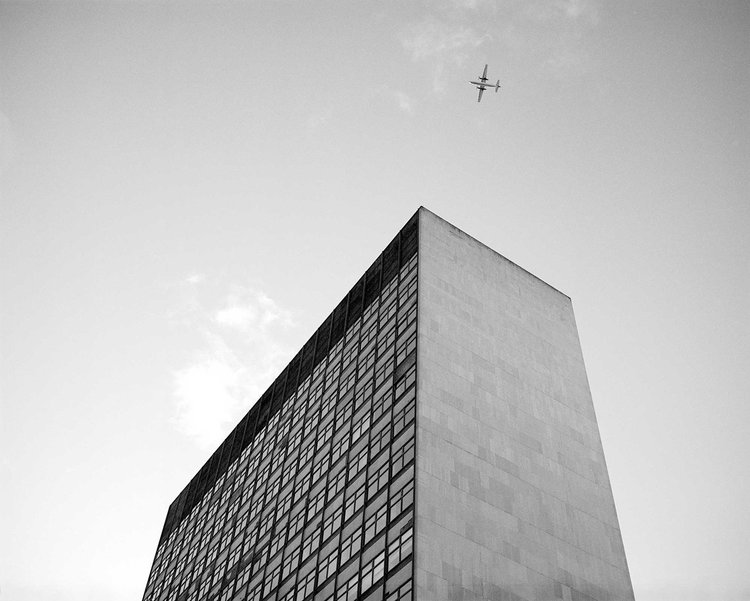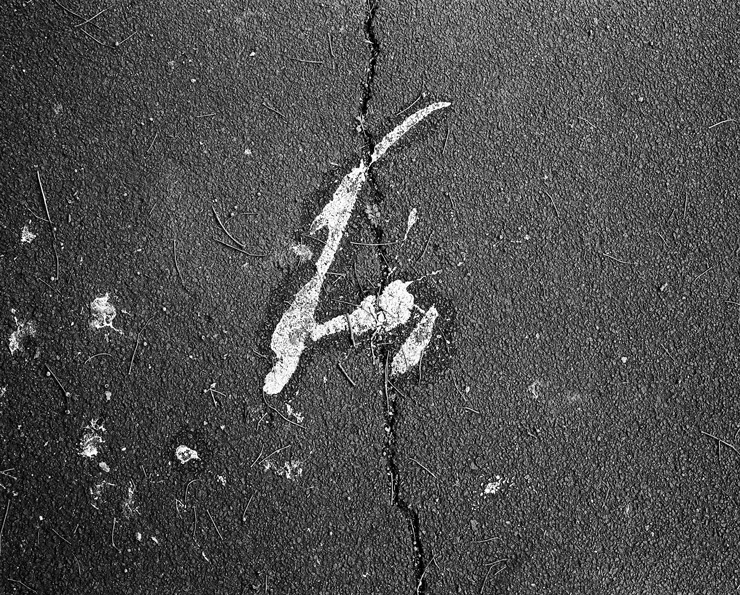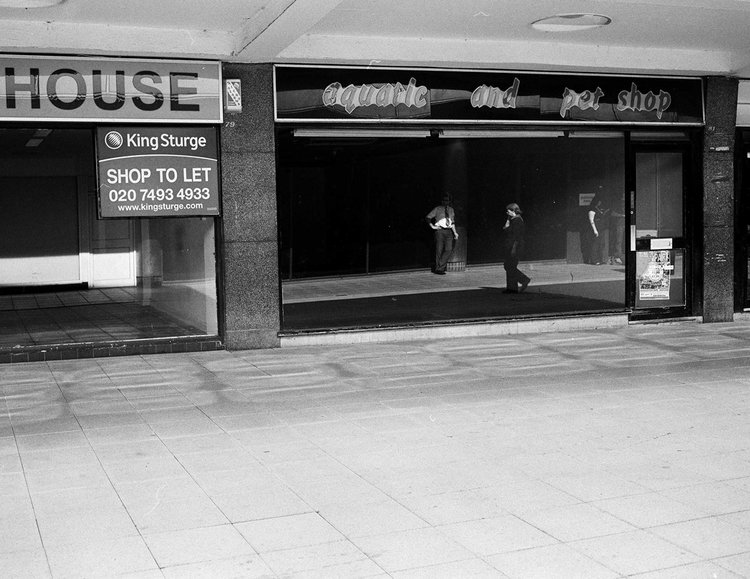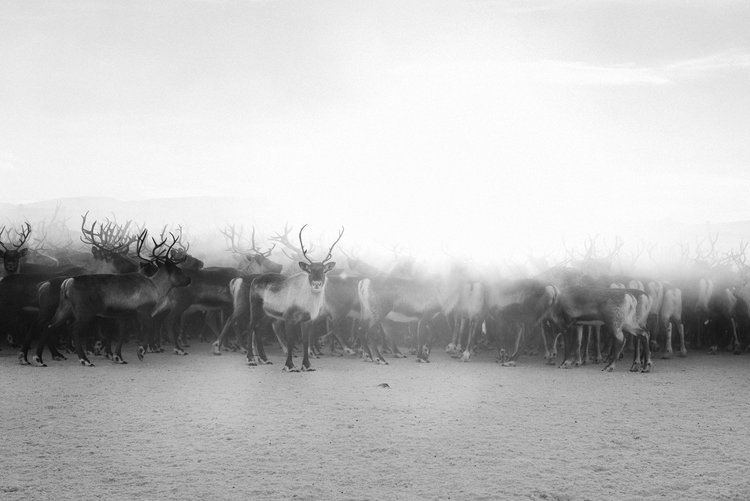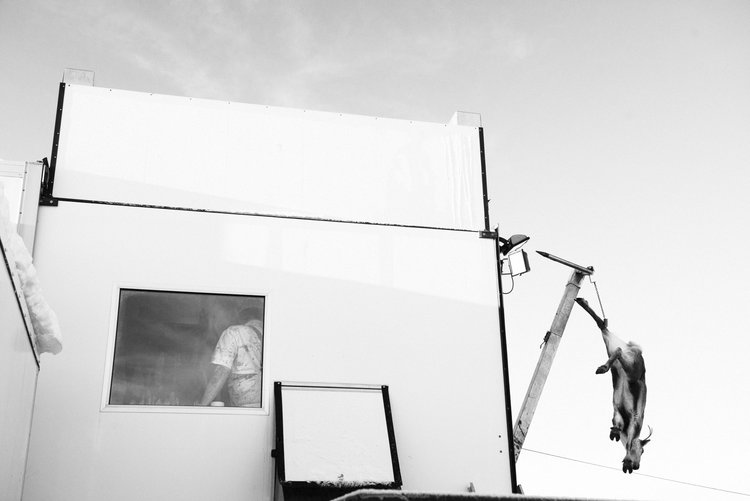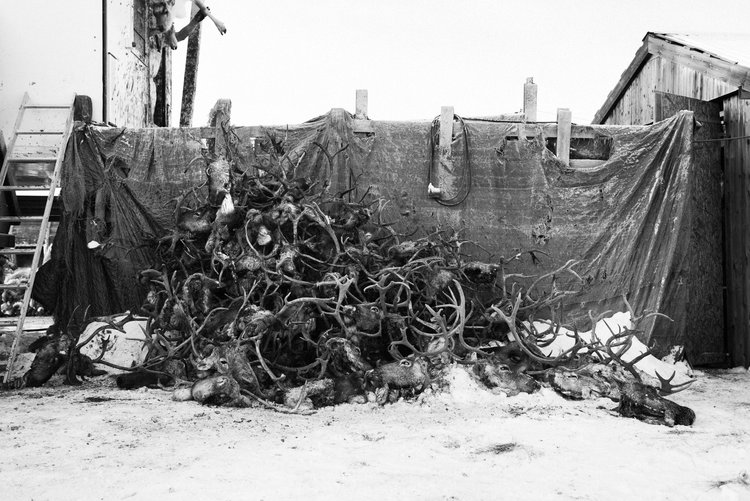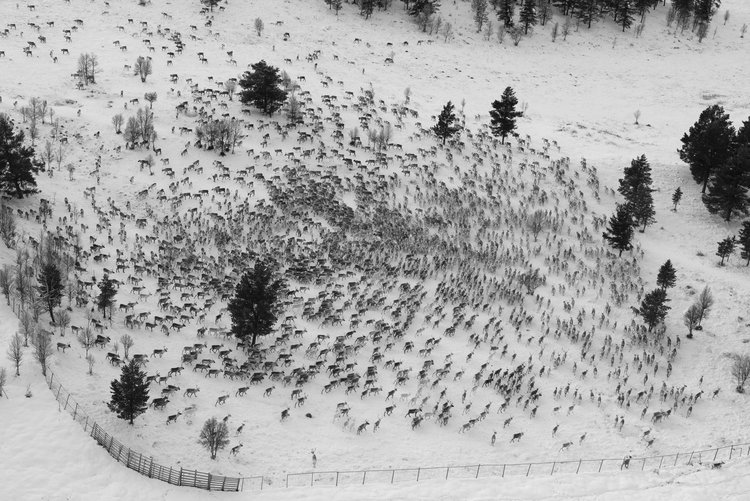VARIATIONS
BY MELANIE JAYNE TAYLOR
“In reaching back to origins to recollect lost fragments of our experience, memory makes use whole once more by re affirming out connection with the past" 1
Melanie Jayne Taylor was born in Melbourne, Australia, grew up in Bangkok, Thailand and works between both locations. She holds an MFA in Fine Arts (2010) from RMIT University, Melbourne.
Melanie Jayne Taylor’s practice explores the use of photography as a site for ordering and archiving memory. She works with text components, video and installation strategies to display her extensive personal photographic archive; within these images she investigates the meanings of memory, loss, longing, absence and the complexity of time.
Her recent work concentrates on systems and strategies of compilation and cataloguing as a means of managing the ever growing body of material in her archive.
Melanie has exhibited her work extensively in Australia and internationally. She has been awarded grants from Australia Council for the Arts, Australia-Thailand Institute, Victorian Multicultural Commission and RMIT University and residencies in Finland, France, Italy, Spain and Thailand.
Melanie is co-founder of The Australian Thai Artist Interchange (ATAI), a cross cultural exchange organisation. She is also part of the collectives Concrete Post and Eye Collective.
synopsis
Barcelona is a city in a continual state of transition; urban regeneration has been a consistent and widely celebrate theme here; from the 19th century ‘l’Eixample’ extension plan to the remodelling of the city for the 1992 Olympic Games and to the modern day revamping projects such as in the district of Glòries. The city itself is like an artefact, built up as a series of complex layers that are a residue of historical, socio-political and economic factors. The urban landscape of Barcelona is clearly a product of its past and its present and the architecture here reflects the meeting between the old and the new.
As I wander through the streets of Barcelona, intent on ‘being present’, I find myself highly attuned to this state of transience that governs the city. Piles of building rubble laying out on the sidewalk, scaffolding in the distance or along the skyline, exterior restoration, interior renovations, shifting facades and architectural details…The picturing of these temporary structures, changing landscapes and renovation sites are an overt visual display of the lifecycle of the city as it grows, expands and changes form.
My own past lingers obscurely before me – overlapping with elements of my present in different variations. The urban fabric of this city is like a vessel for me to construct and re-construct my own past memories using the building sites depicted in the imagery as a metaphor for notions of transience, impermanence and the fragmentary experience of memory over time.
For Variations [Re-orientation], I’ve combined these new photographs with older imagery from my archive of a similar subject matter, to create visually dramatic and evocative compositions. This older material is predominantly sourced from my recent encounters in Bangkok and Phenom Penh – two cities that are also in a state of continual urban development. Playful relationships between colour and geometry become navigation points, created through careful attention to the arrangement, organisation and installation of the imagery. By overlapping image fragments from the past onto the present experience, the project investigate notions of memory, presentness, fragility, our relationship to place, and the complexity of time.
1 Freud, ‘Moses and Monotheism’ cited by Patrick Hutton, ‘Chapter seven: Foucault, Freud, and the Technologies of the Self’ in ‘Technologies of the self – A seminar with Michael Foucault’, Tavistock Publications, Great Britain, 1988.







































